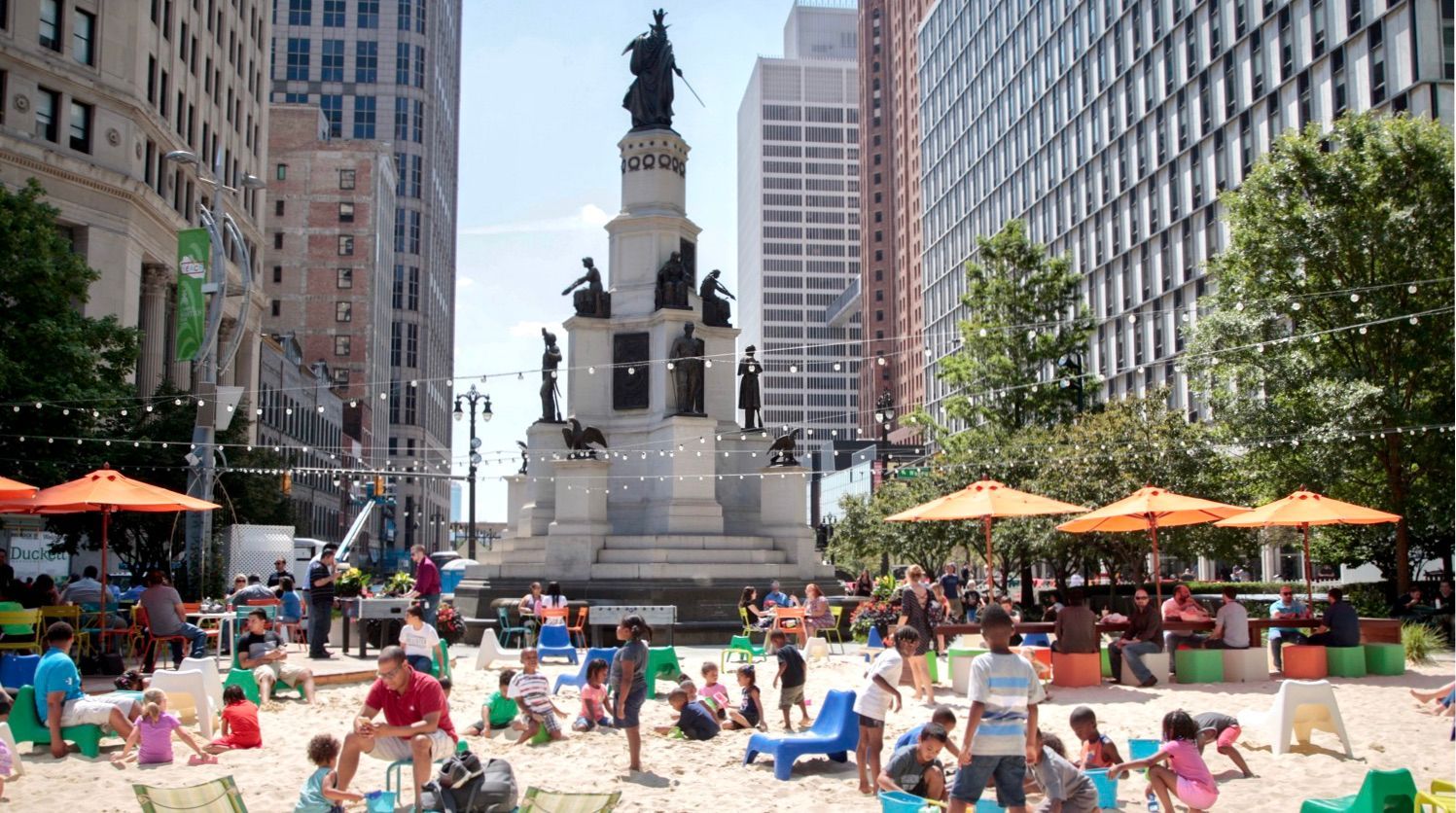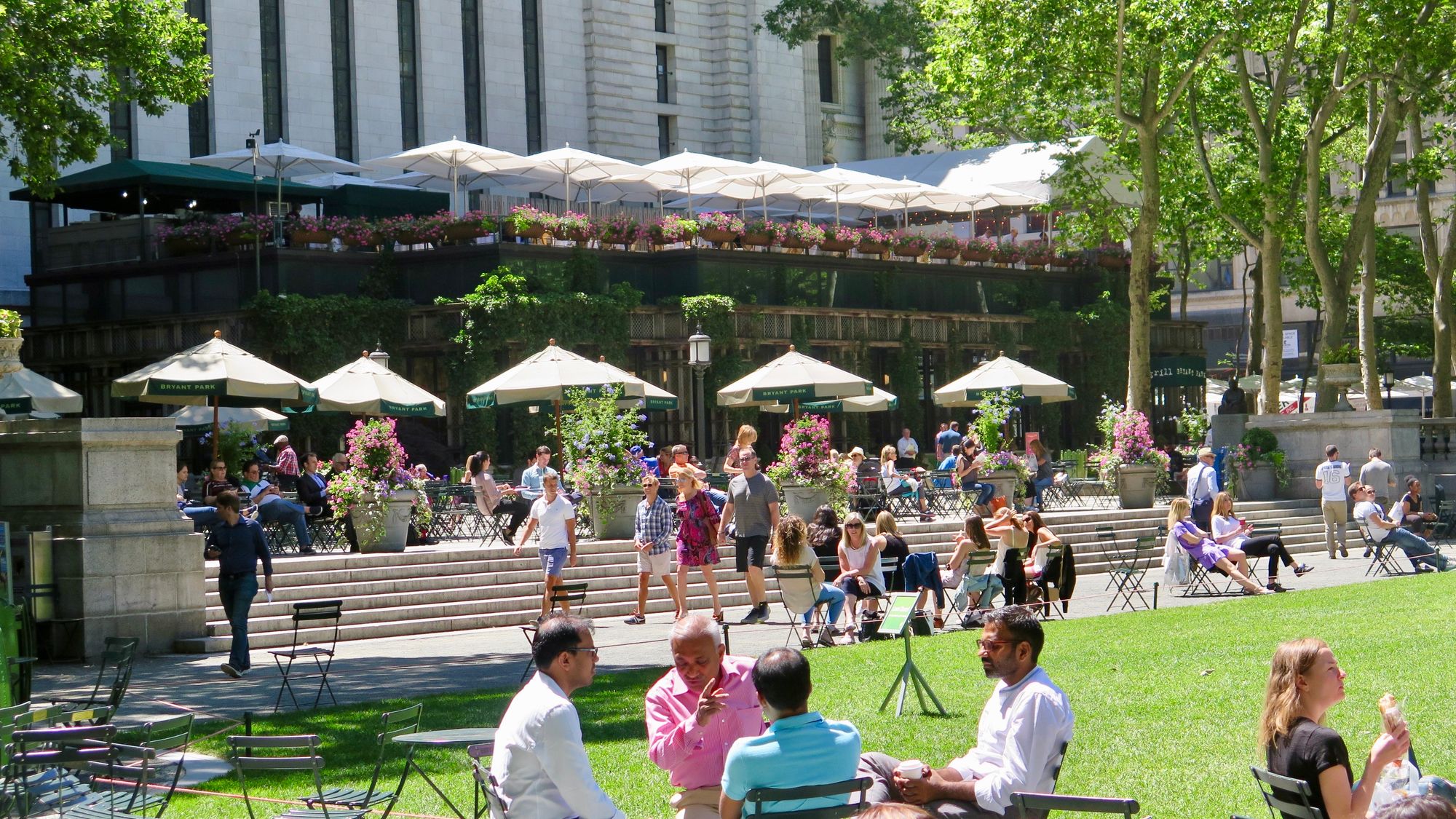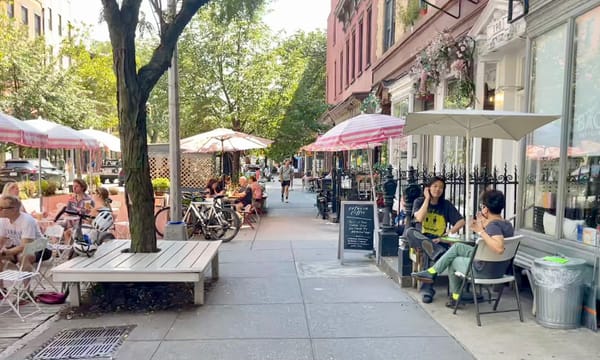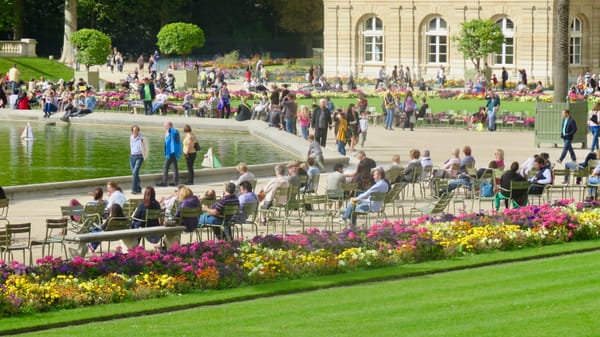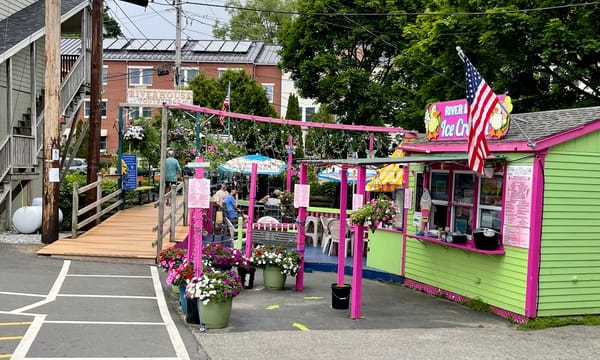As a key amenity, one of our 11 ways to collectively transform communities, bollards can play a decisive role.
Few would consider a bollard to be an amenity, especially because many see them only as barriers or a way to drive people away from a place. But it doesn't have to be that way. Bollards can be stopping points and provide places around which to gather. At their best, they are places to lean on, perch, or strike up a conversation. When we get them right, they can act as a center point for social interaction.
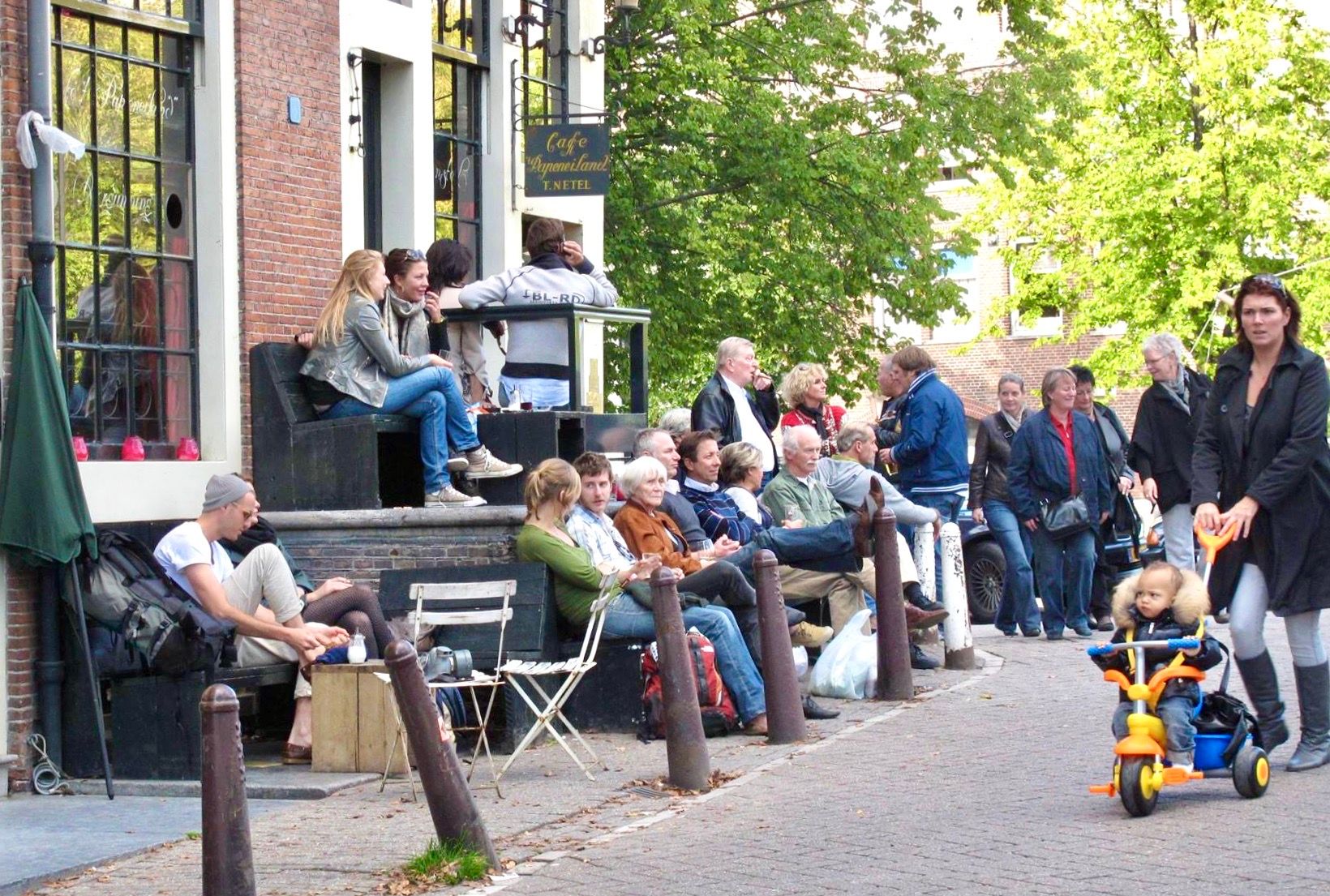
Bollards of different types are used in many ways, but what the best ones have in common is that they end up supporting social activity.
This is because bollards often act as a cover for people, helping them to feel comfortable in a place where one might otherwise feel exposed. Intersections or large plazas are examples of places in which people feel more comfortable leaning on a bollard.
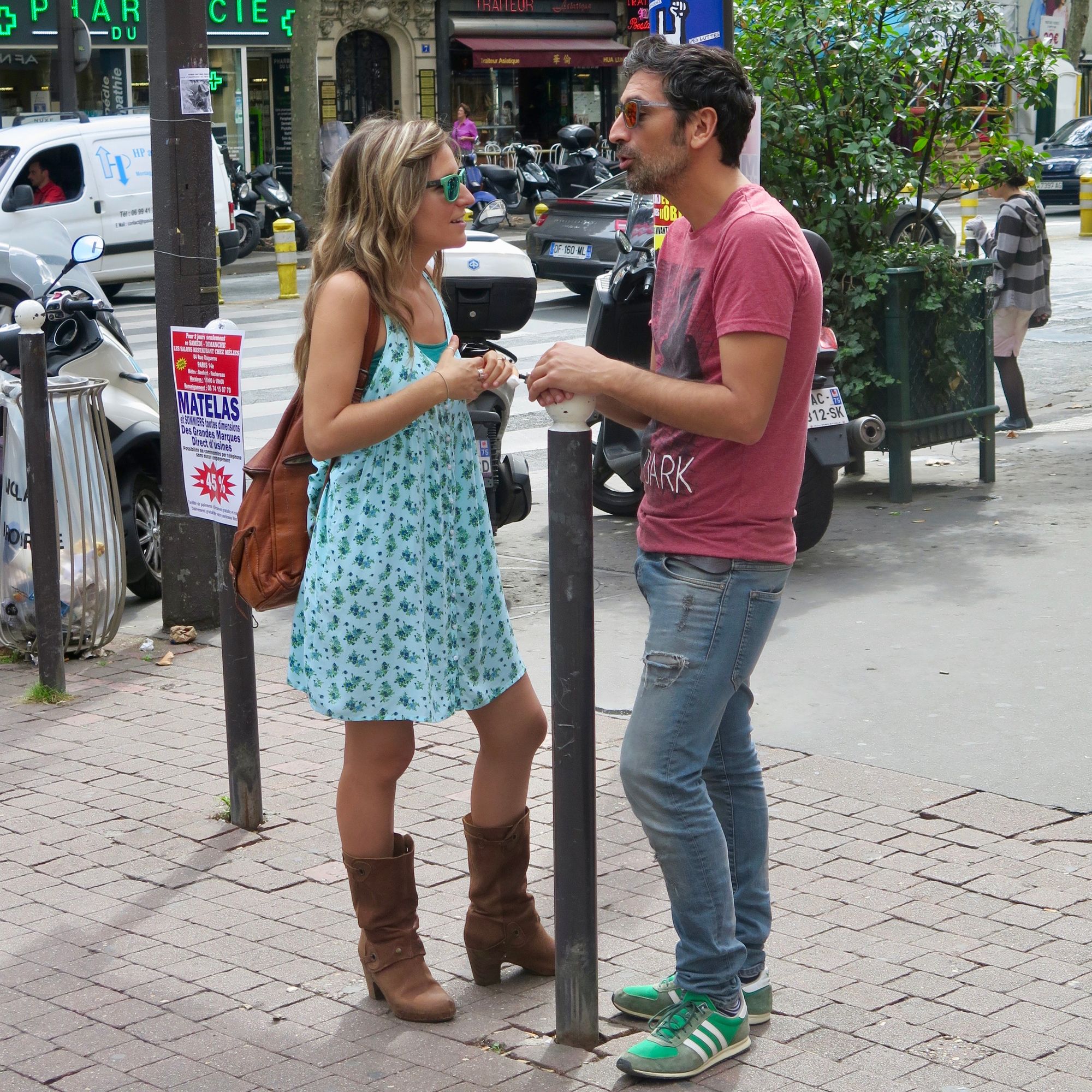
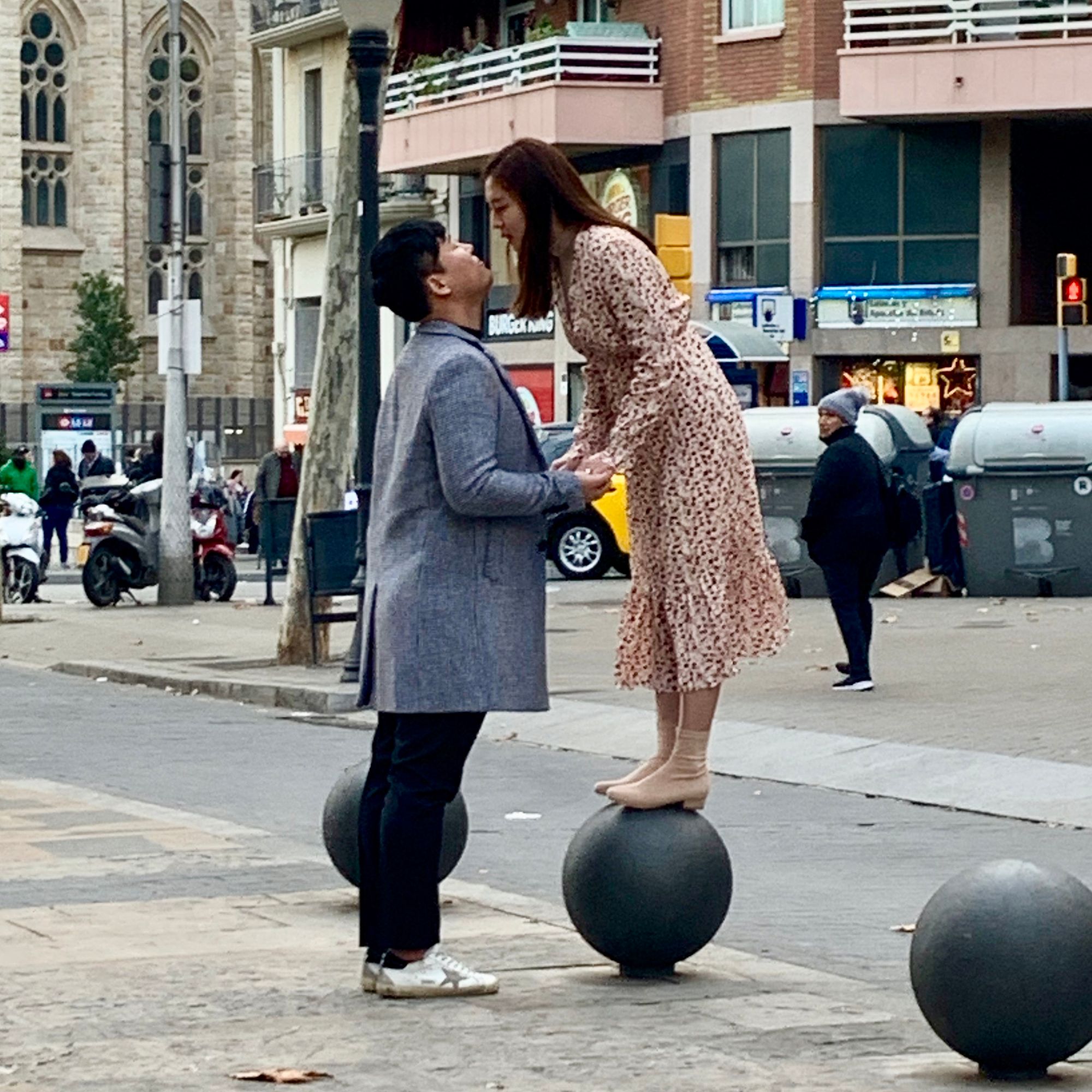
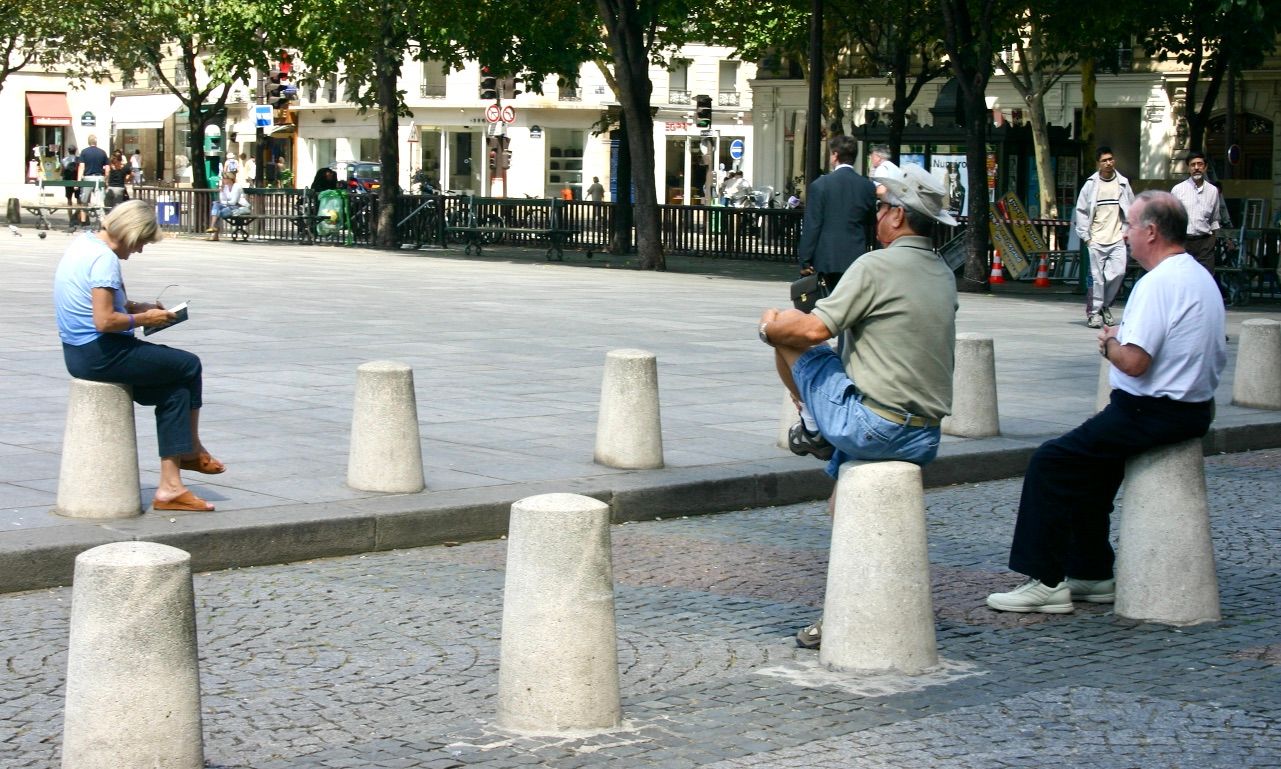
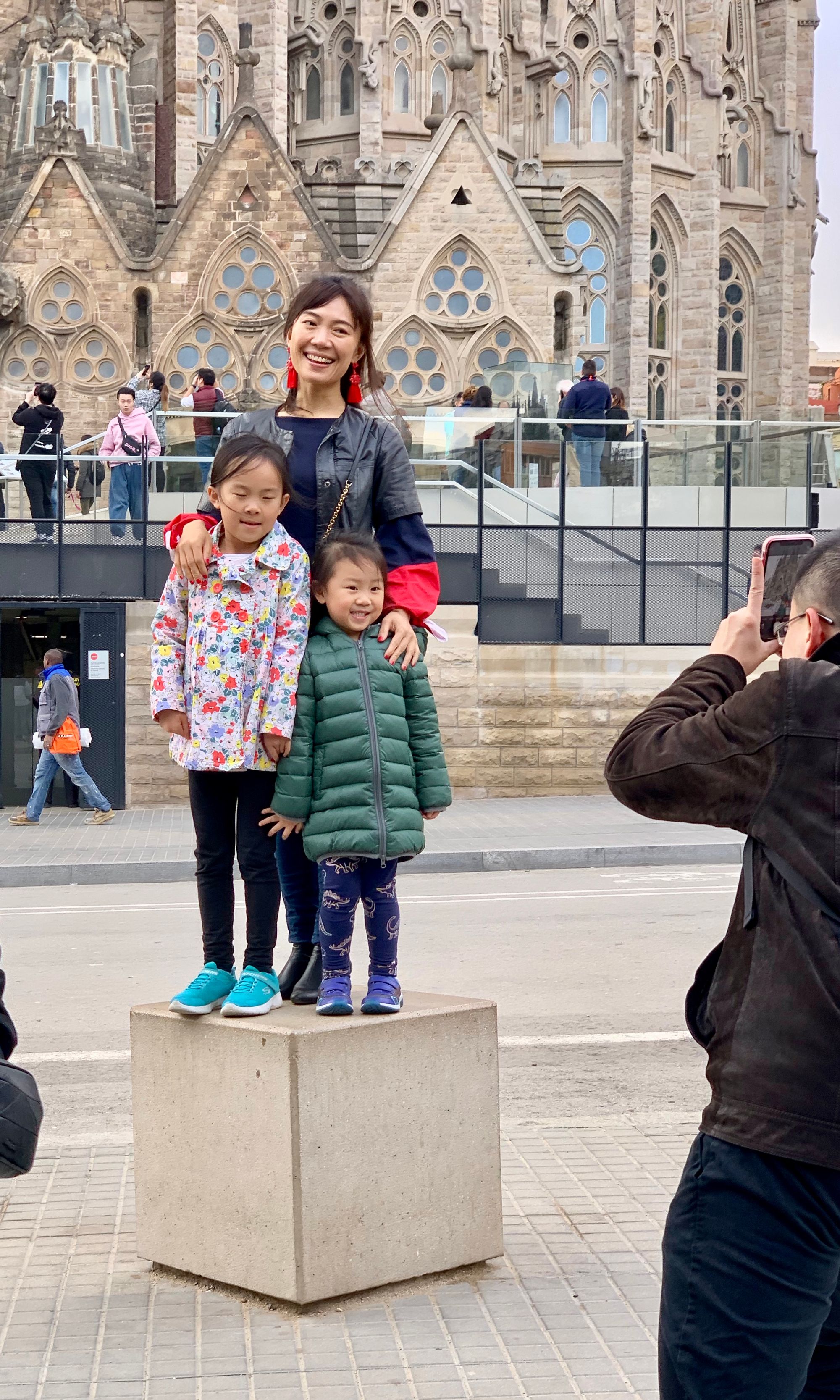
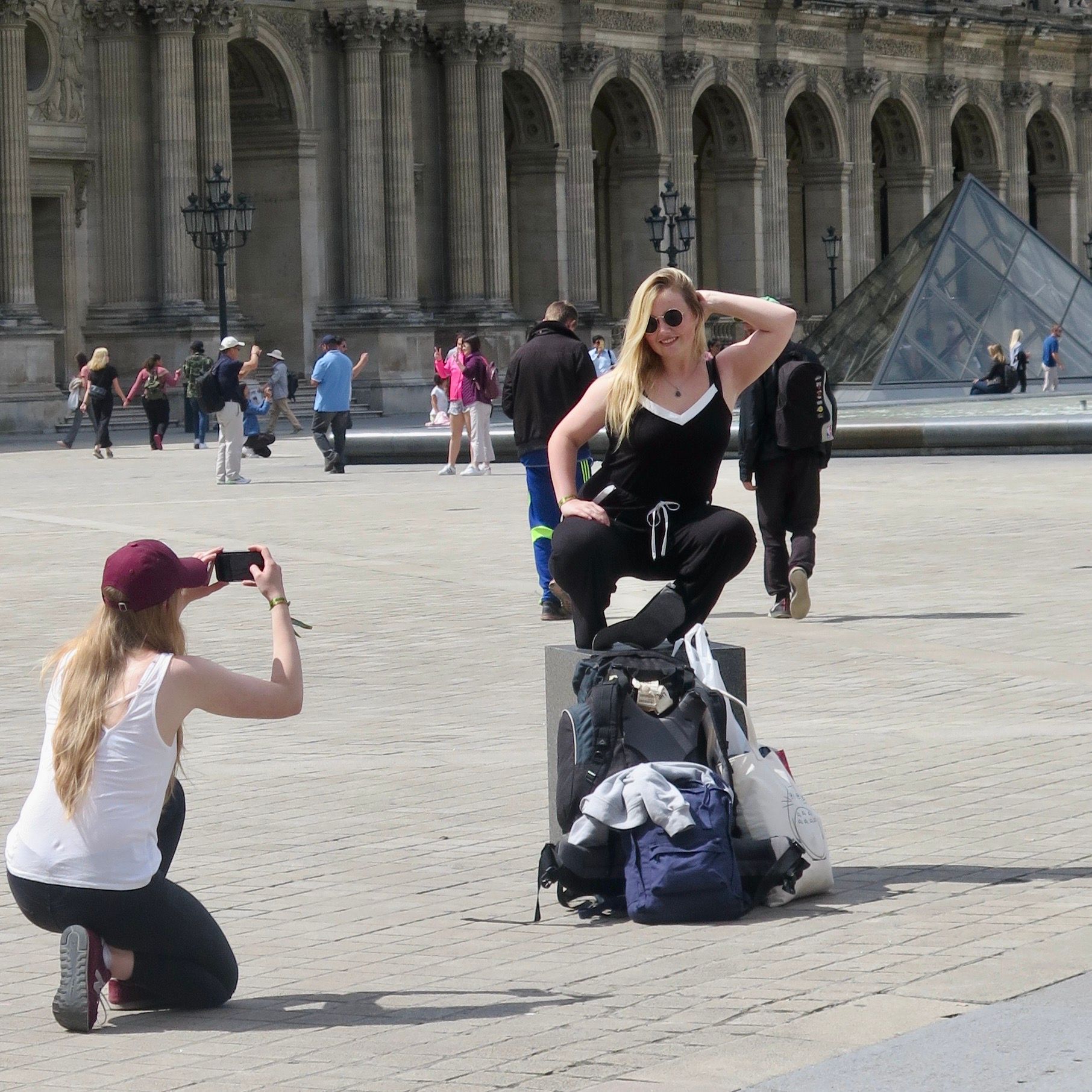
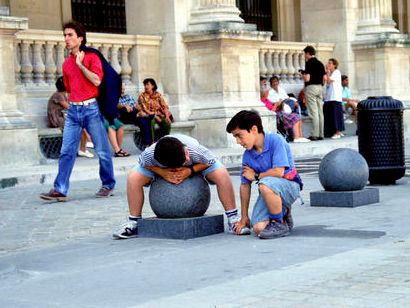
Overall, bollards can play many roles in creating and preserving public spaces. They can be playful, sit-able, or even provide an artistic statement. Each example below opens a window into these possibilities. The ones below show how a street without parking thrives in different communities.
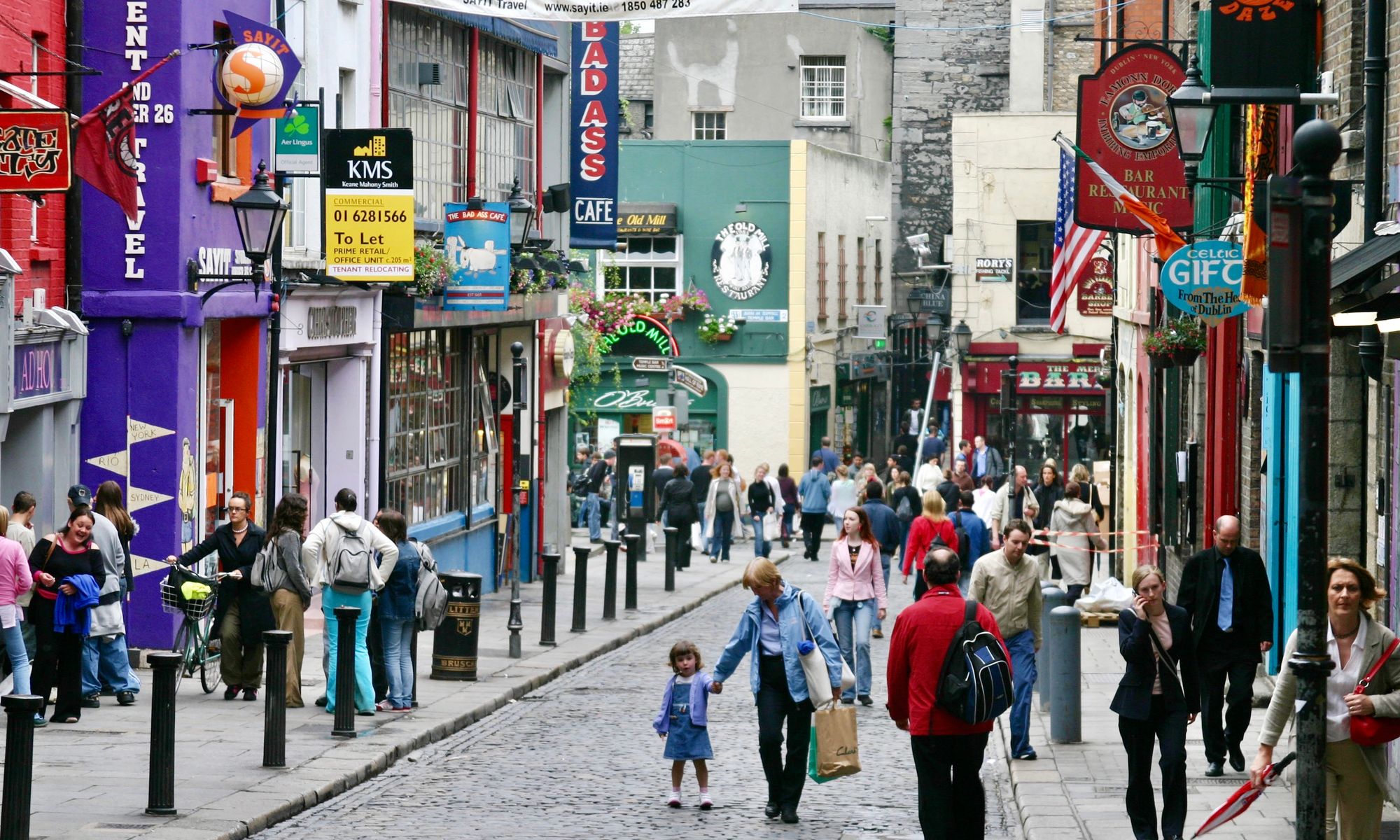
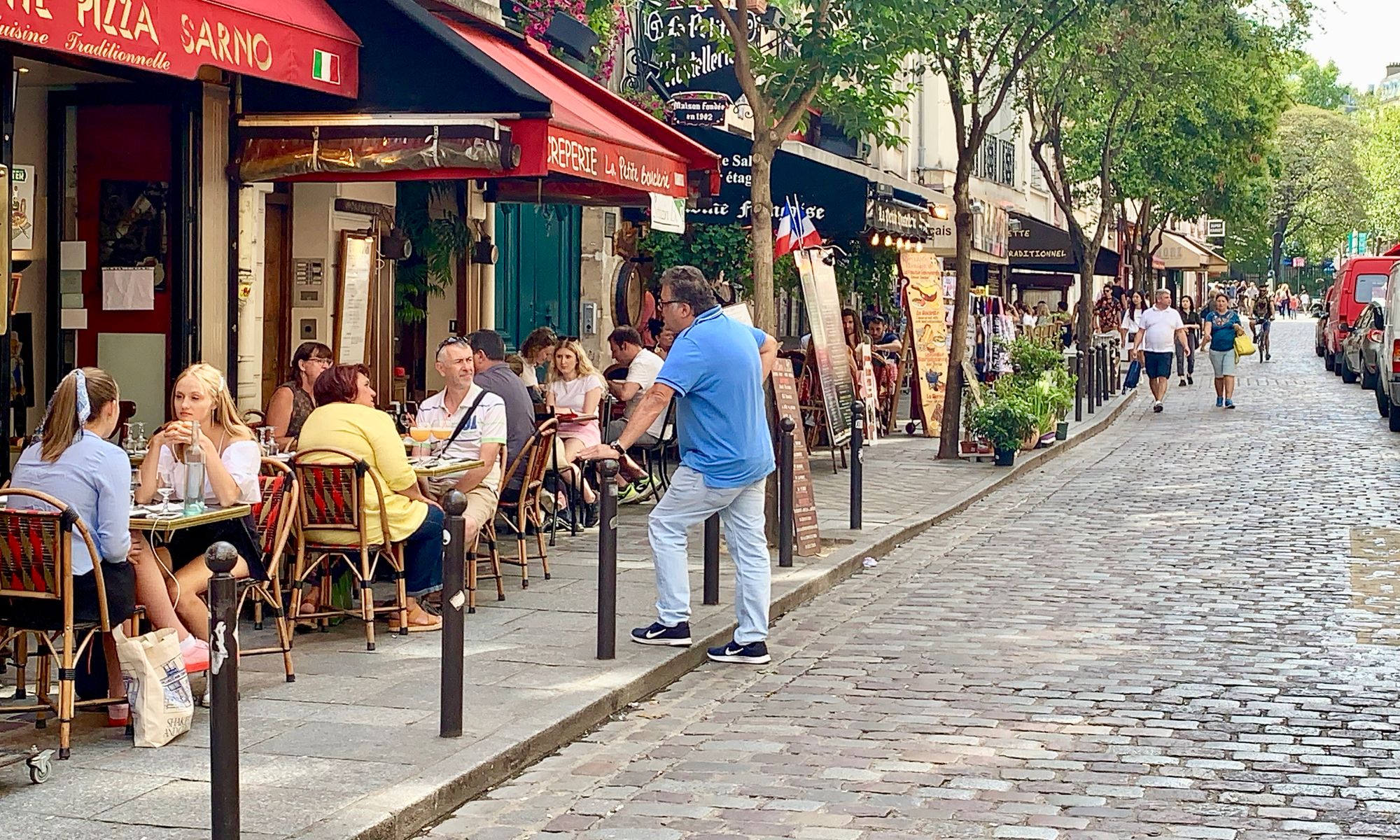
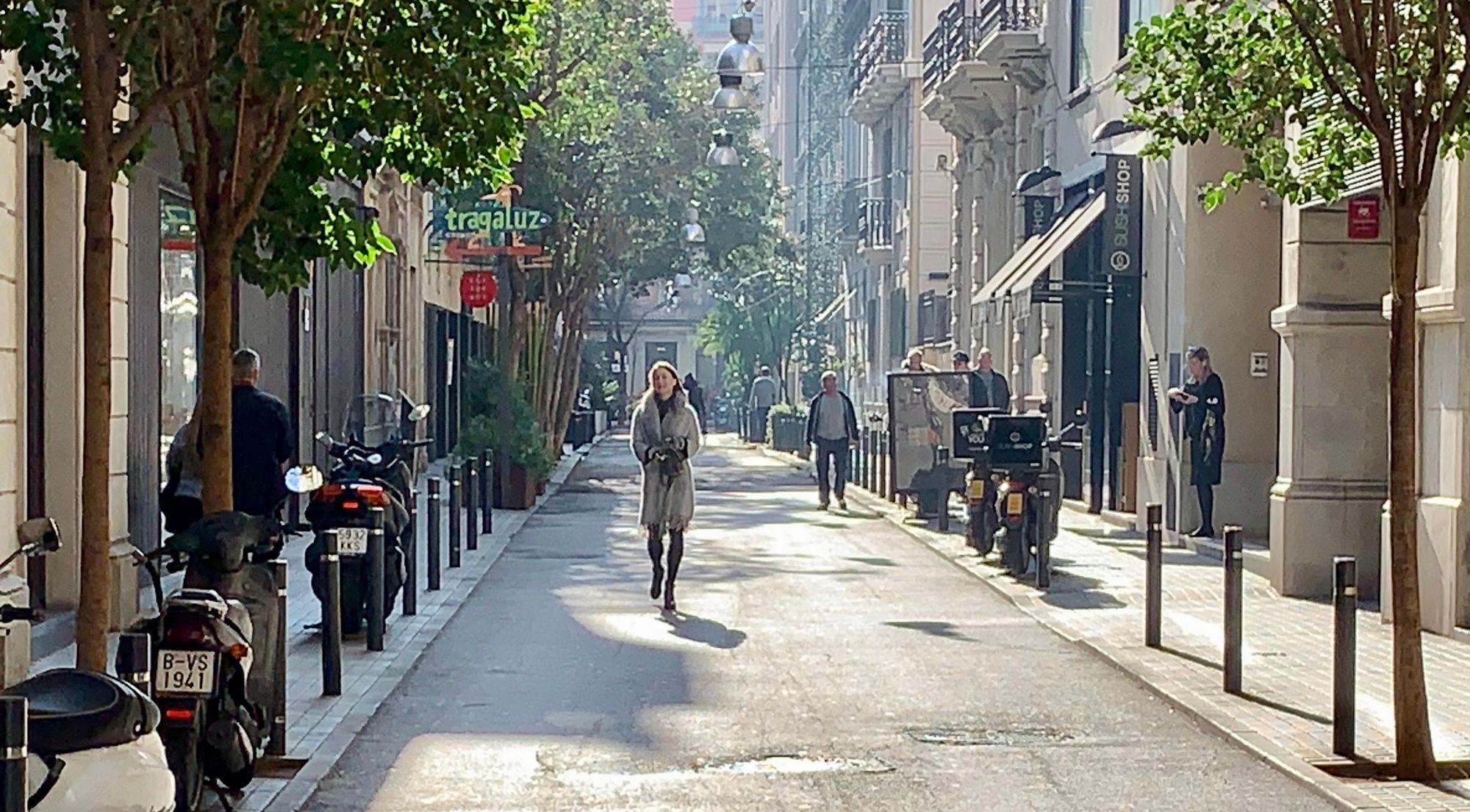

Bollards do not have to be simple – they can come in many shapes and sizes, even supporting the presence of greenery in a community.
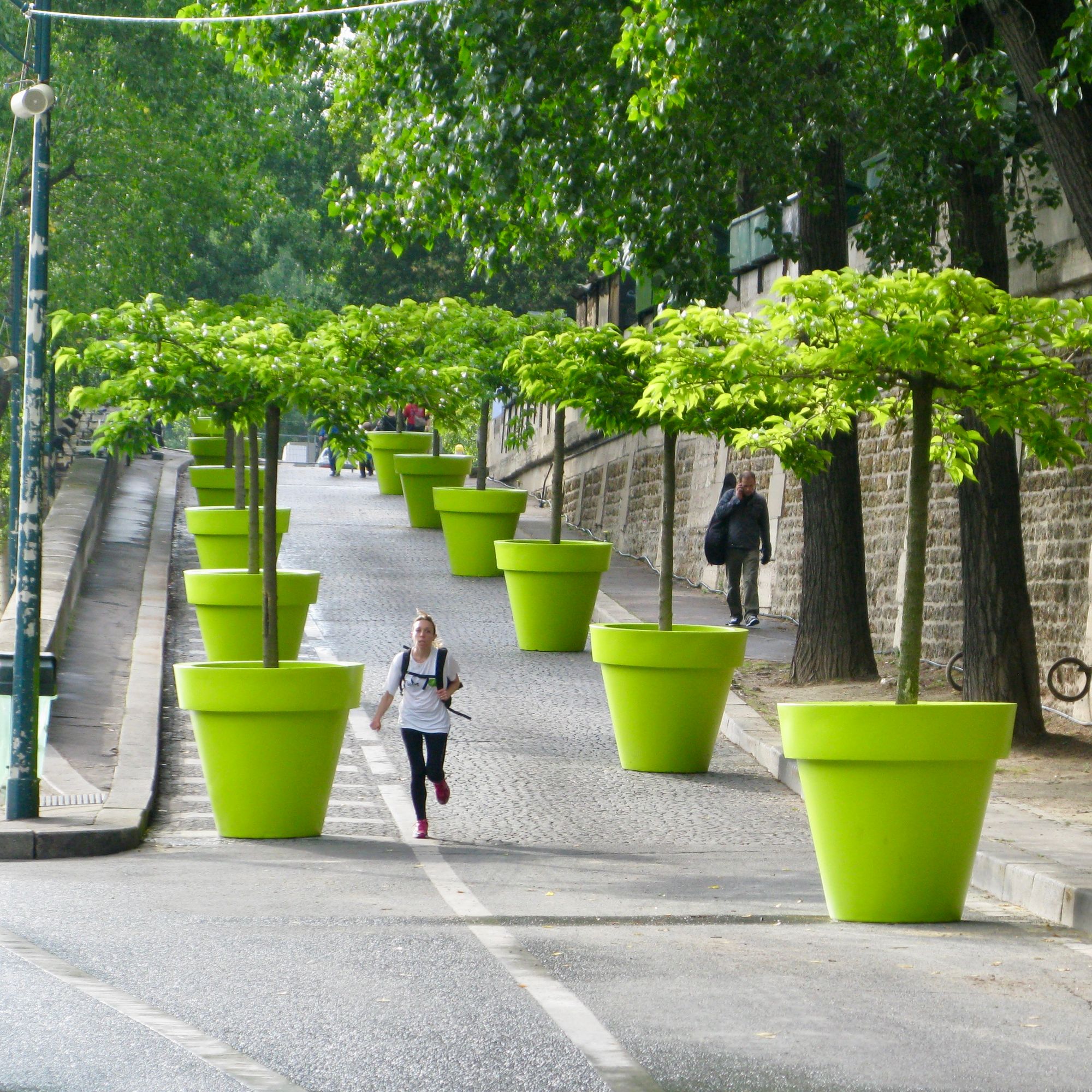
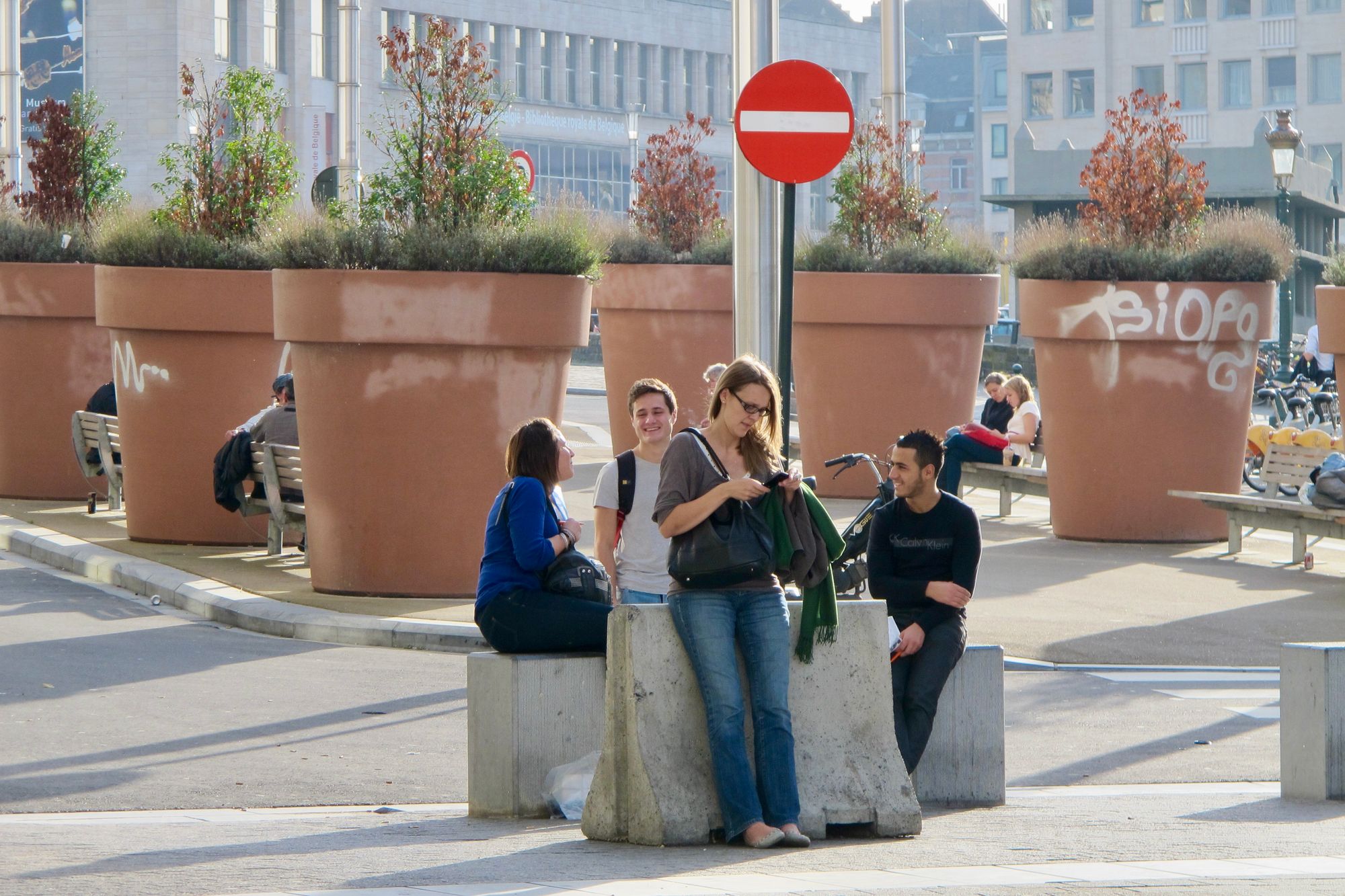
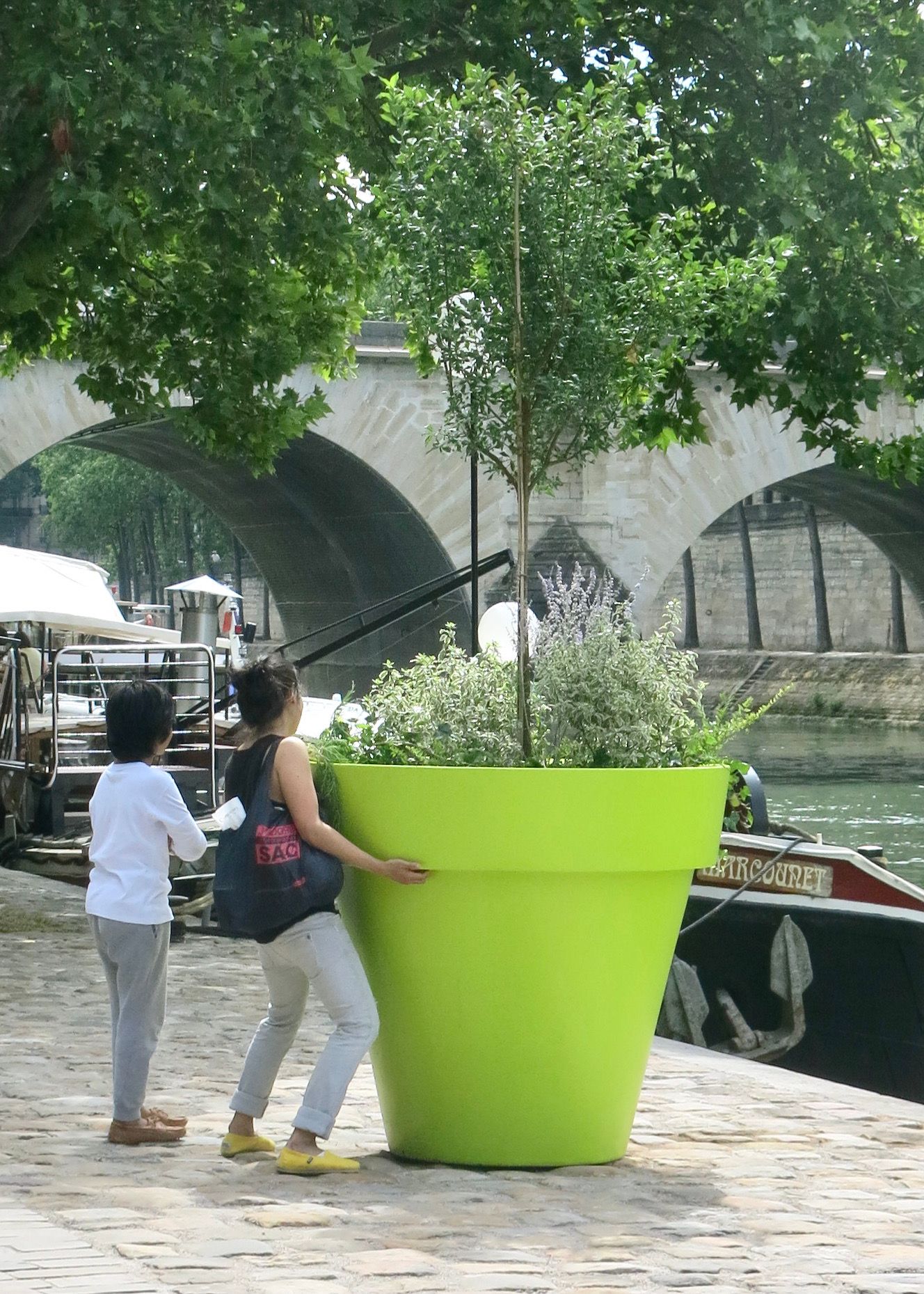
They can be used as art objects that make a major statement.
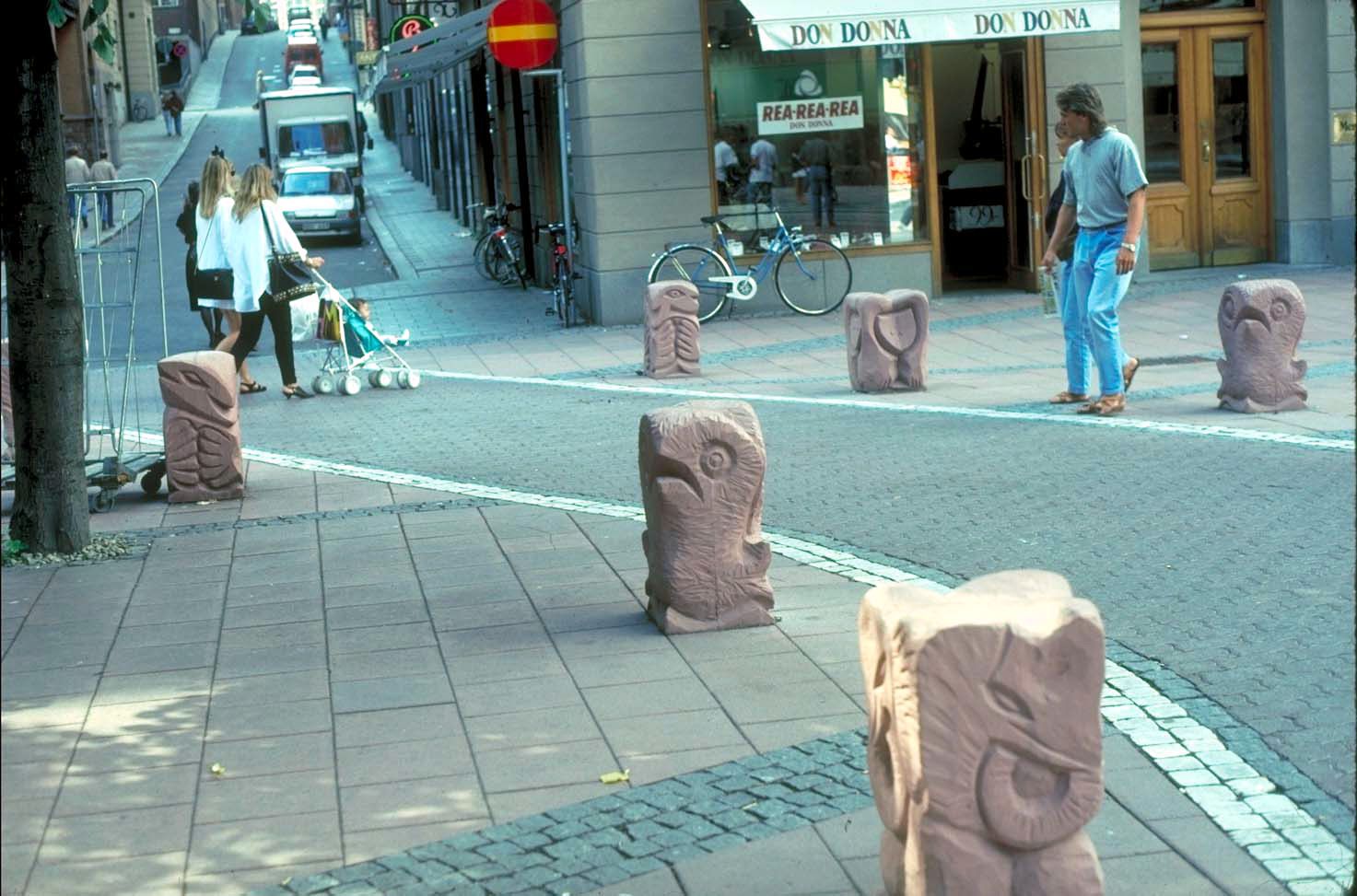
They can embrace a corner, giving prominence to nearby activities or buildings by providing social gathering places.
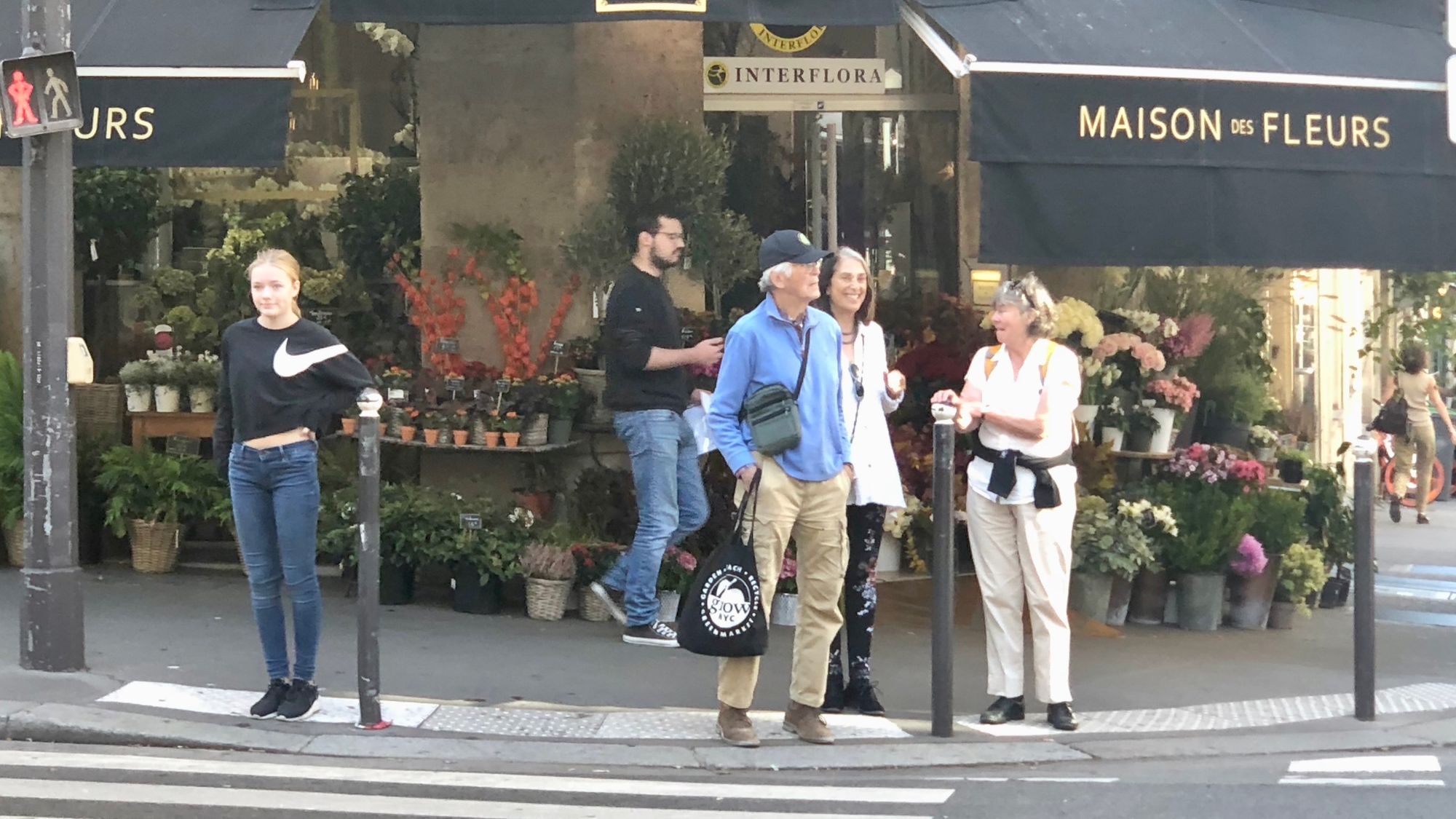
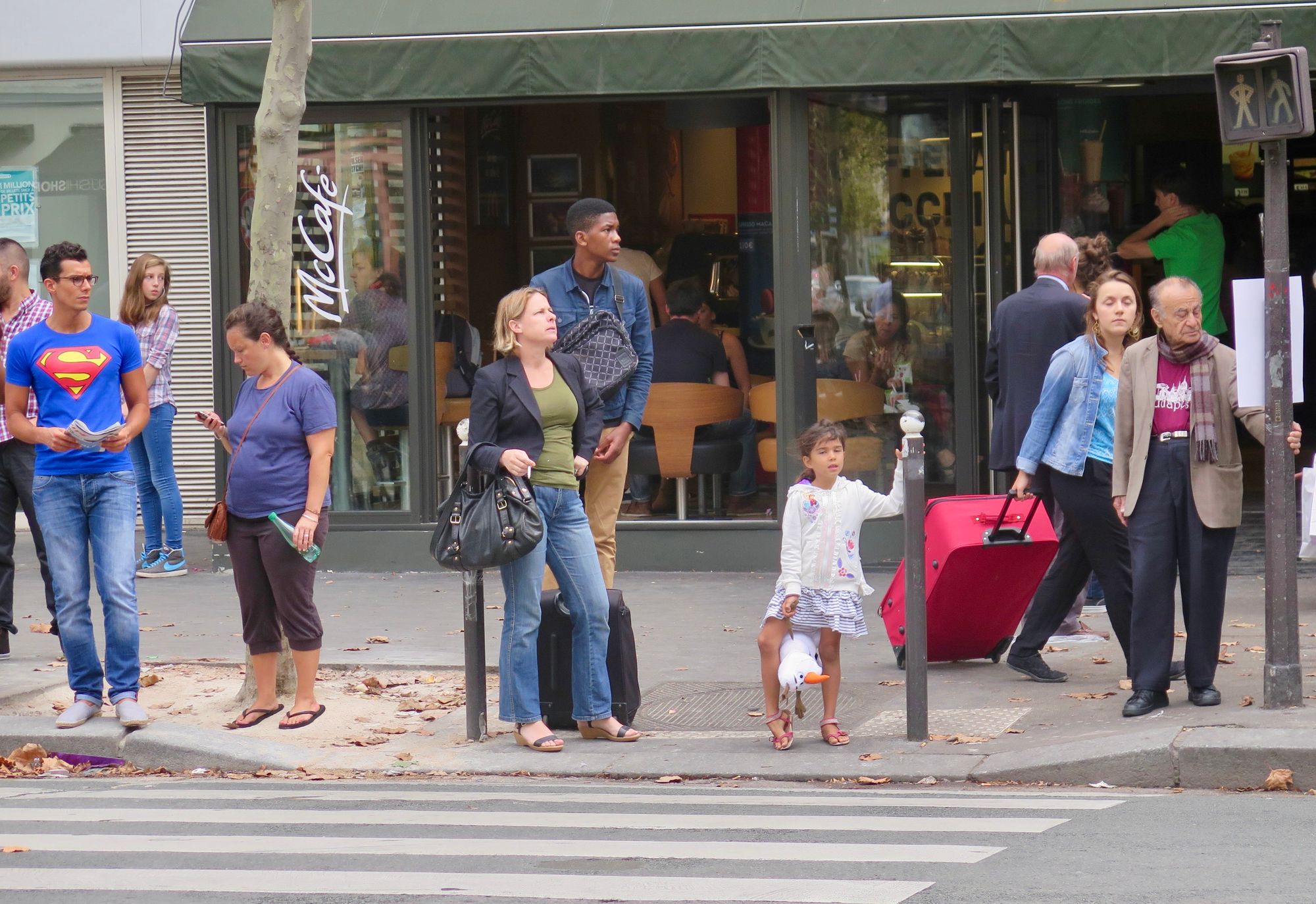
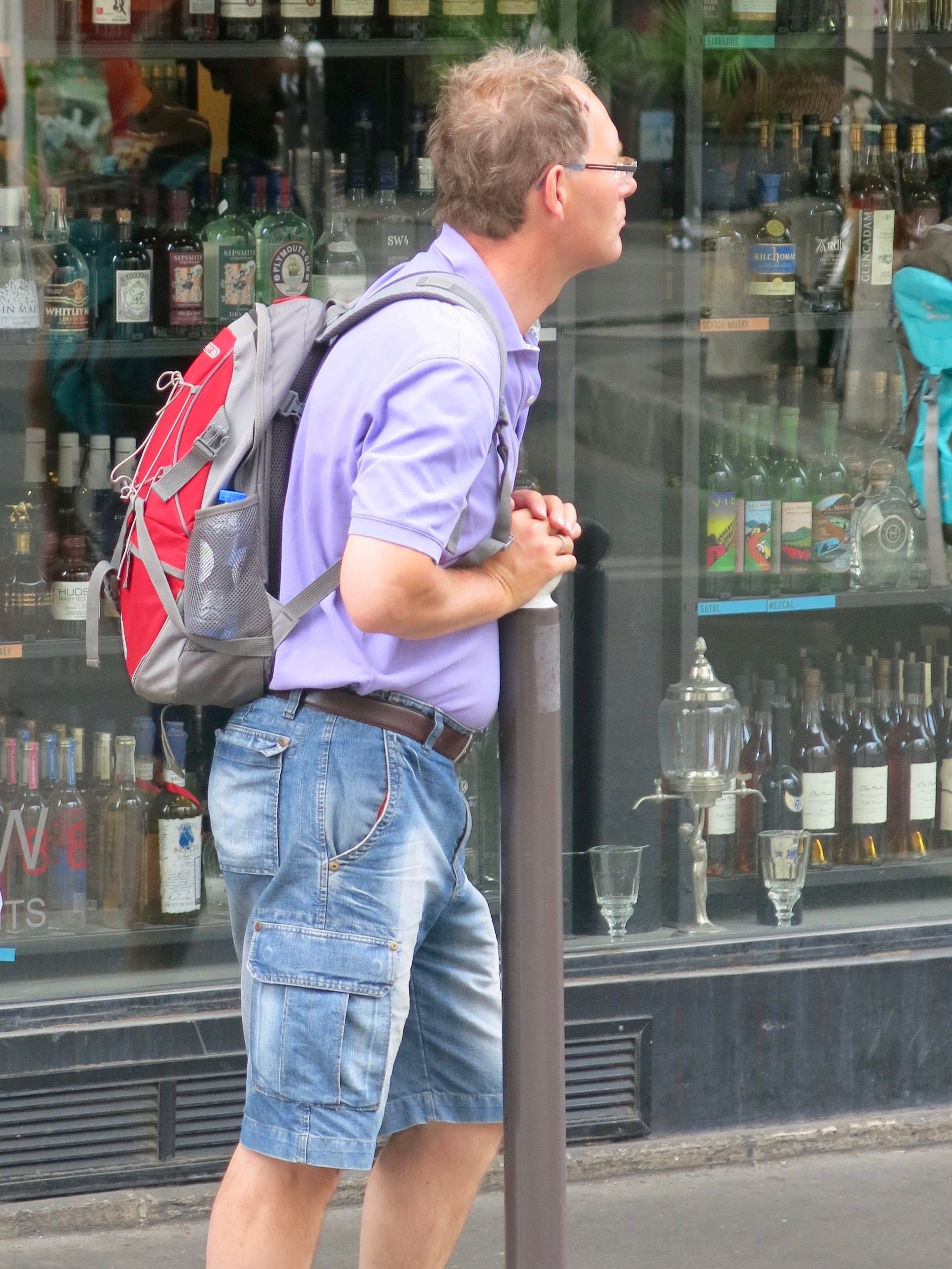
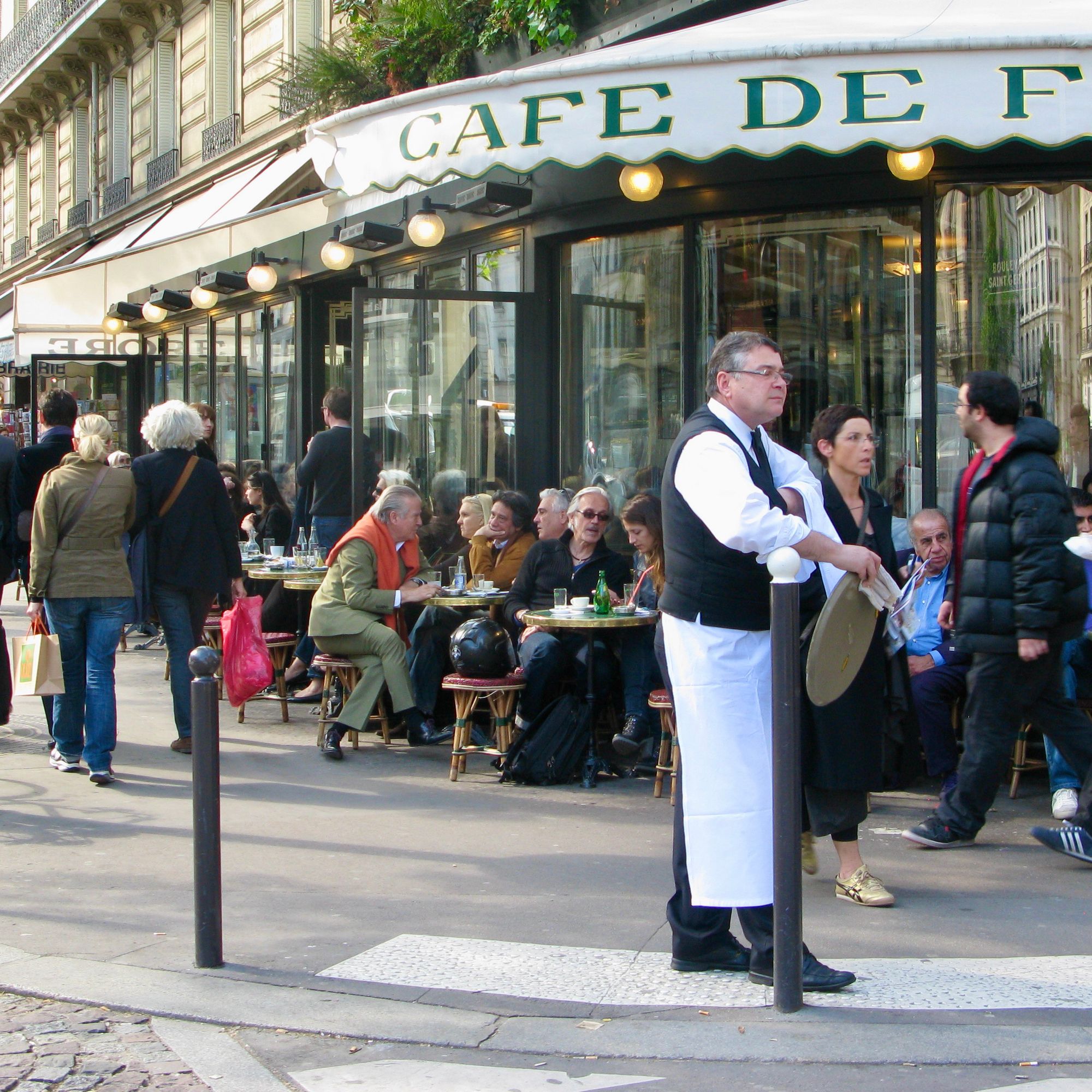
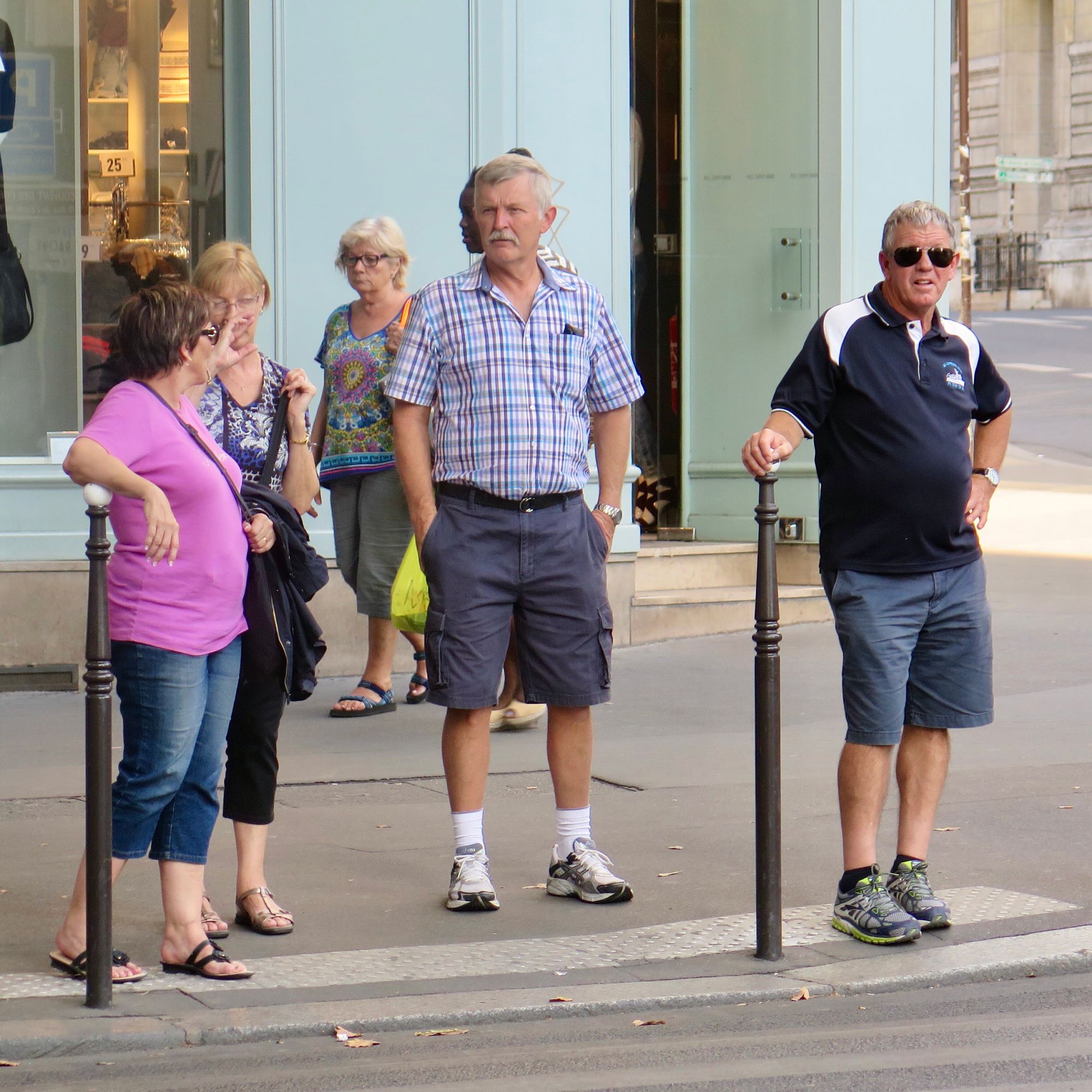
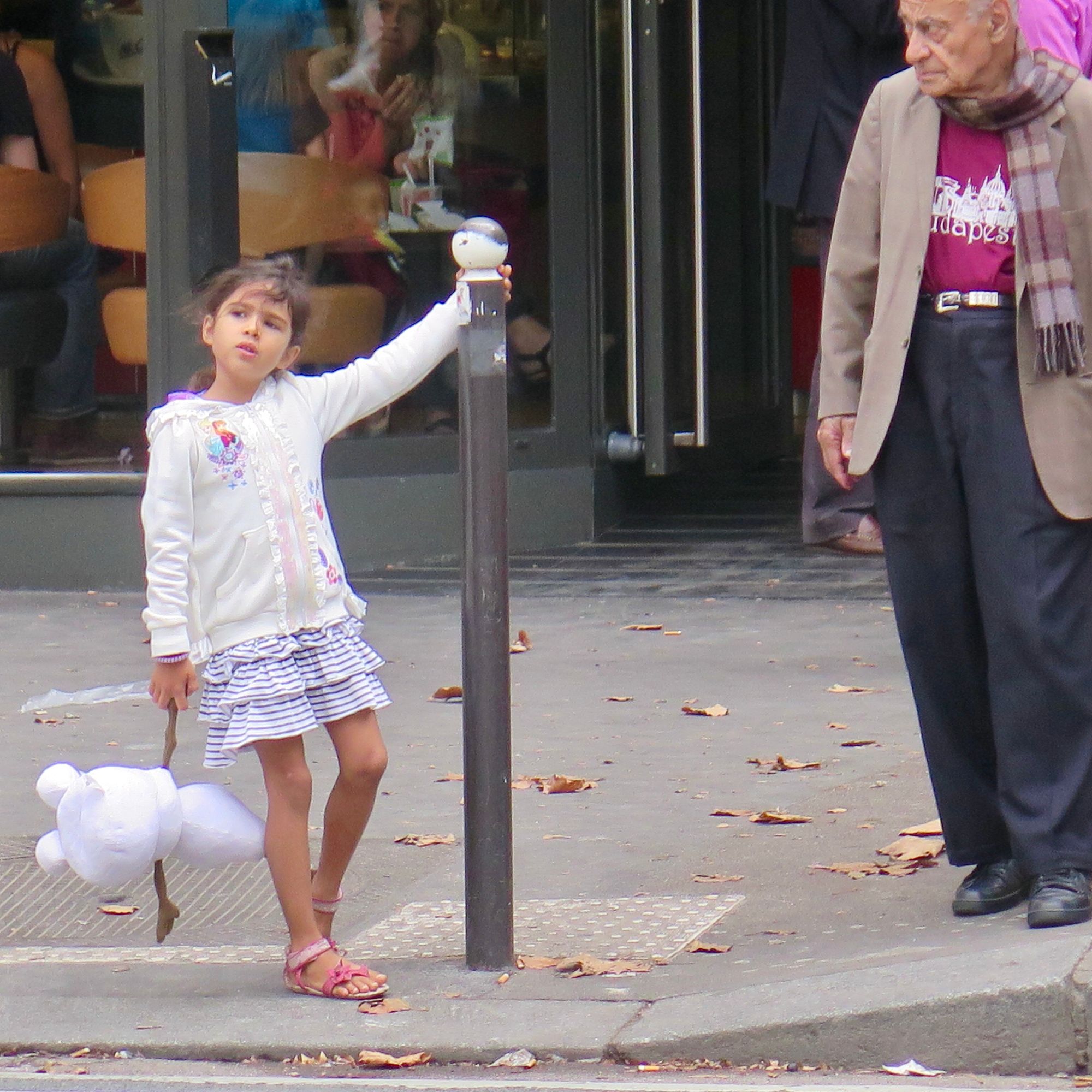
Paris.
They can, in a crude but effective way, provide a place for men to hang out.
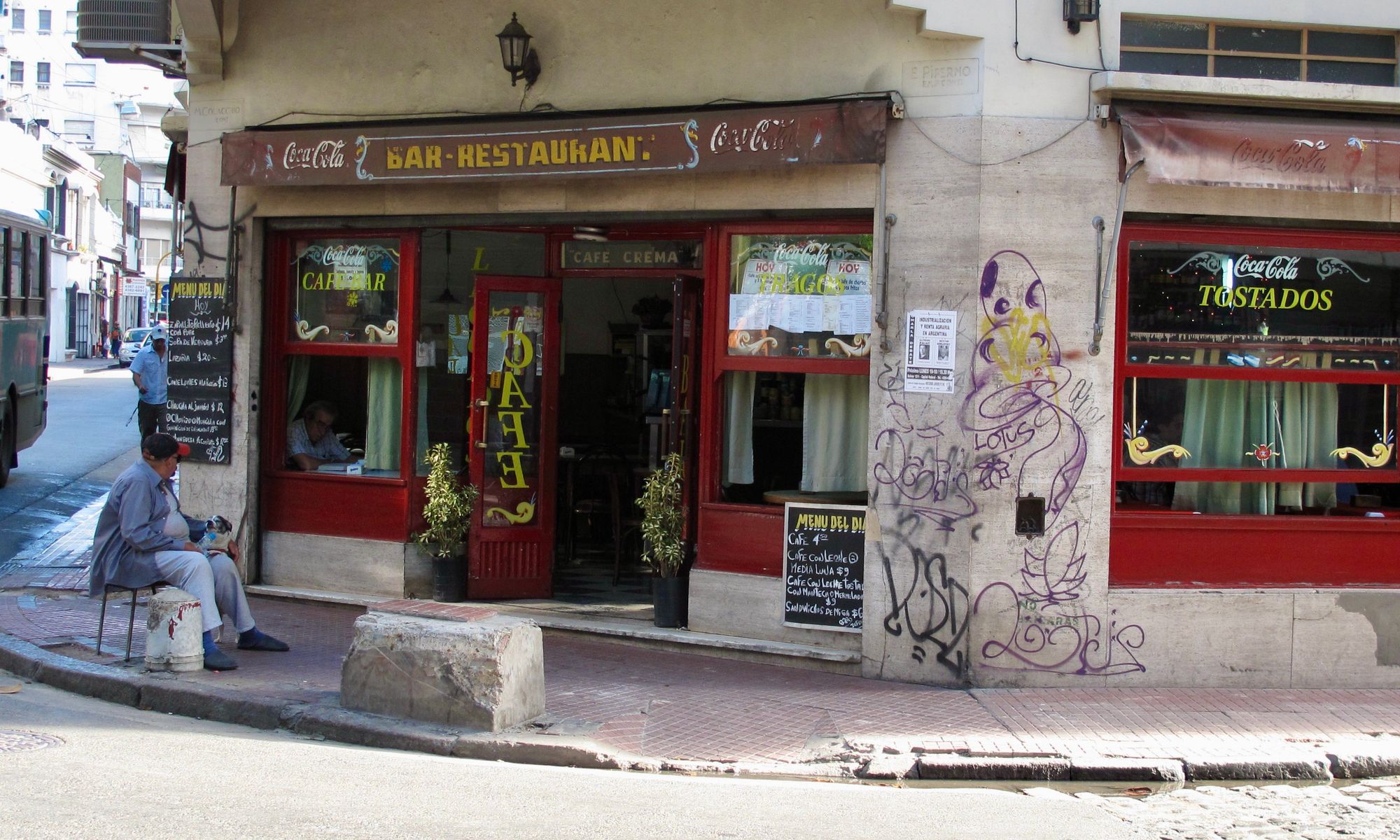
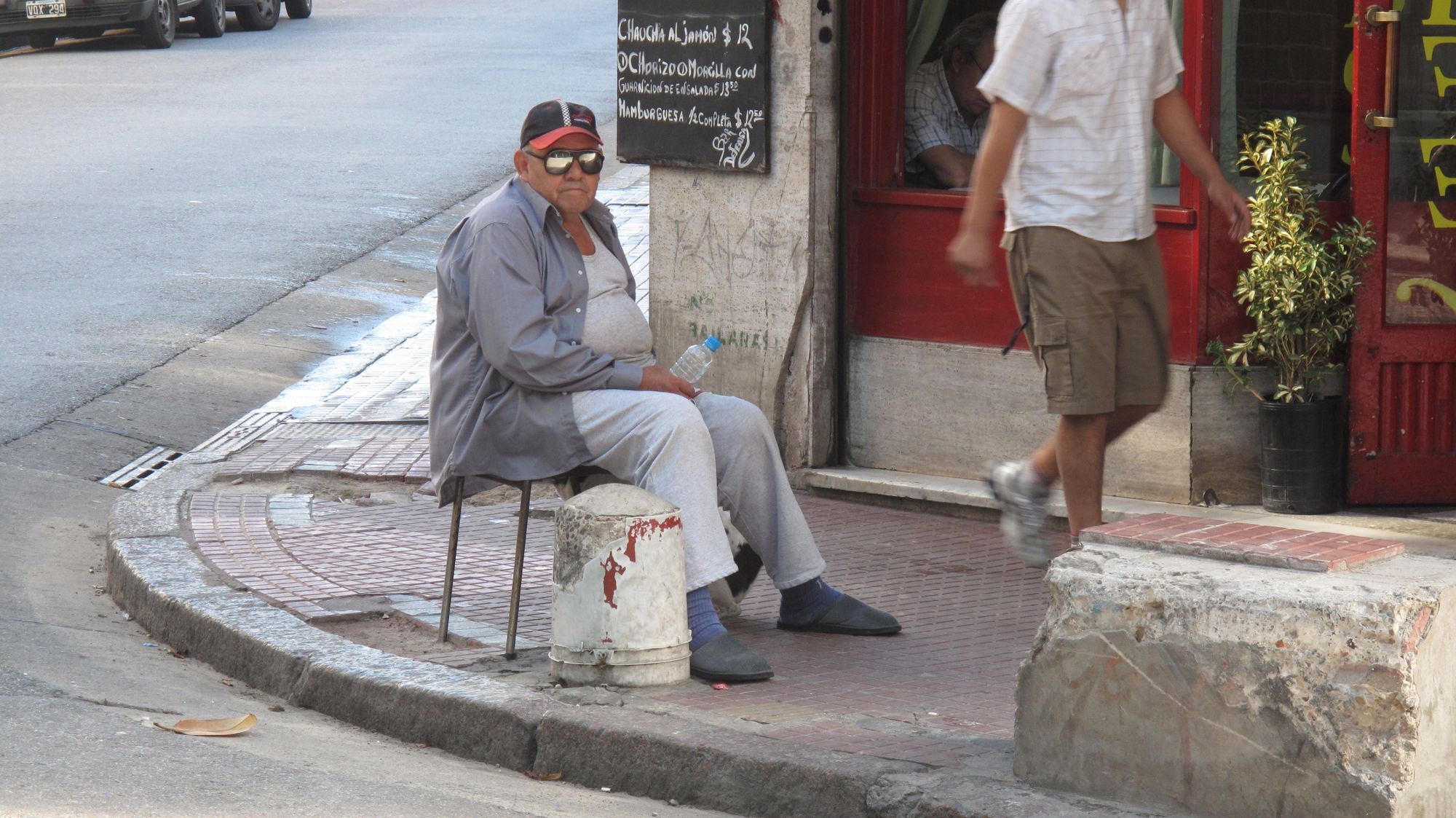
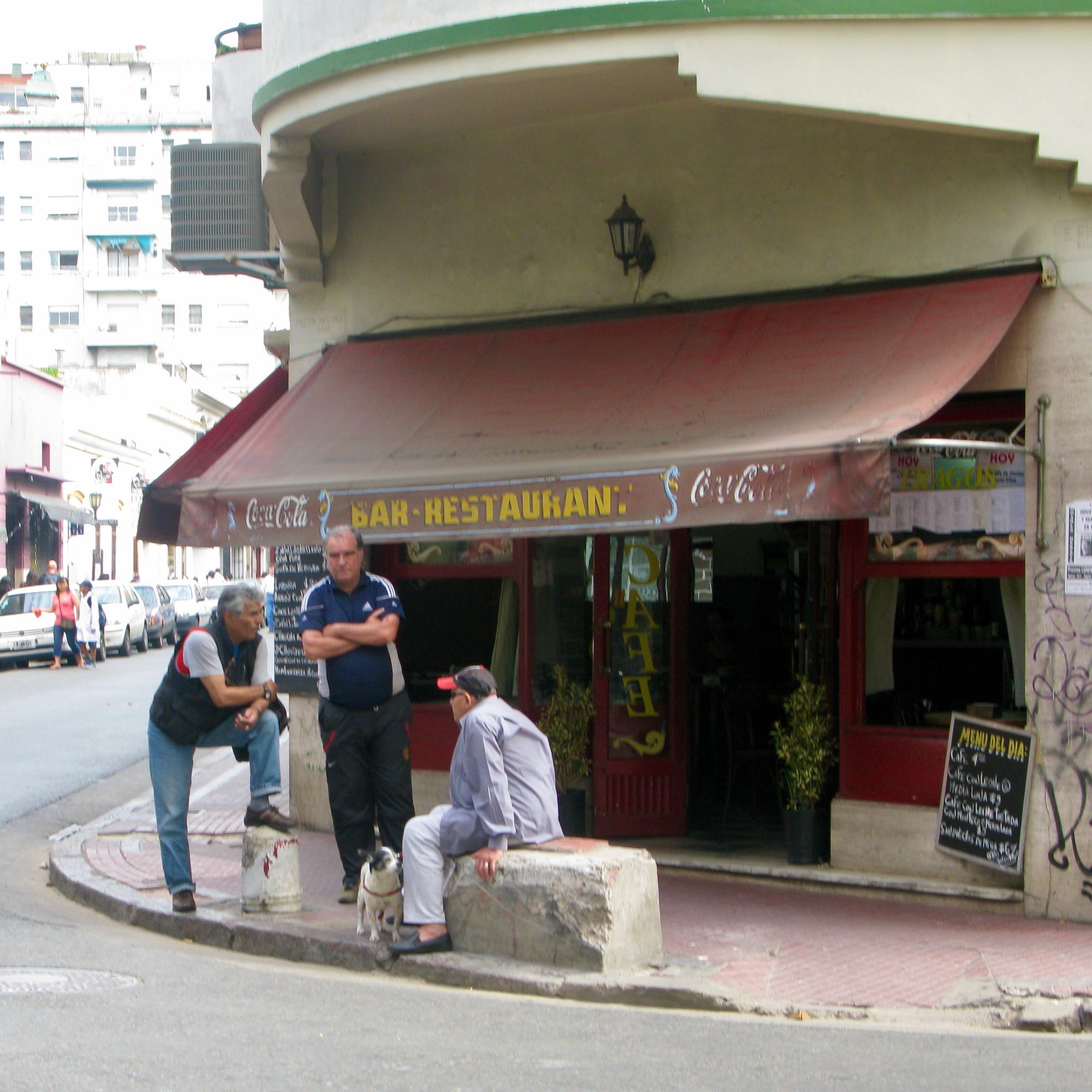
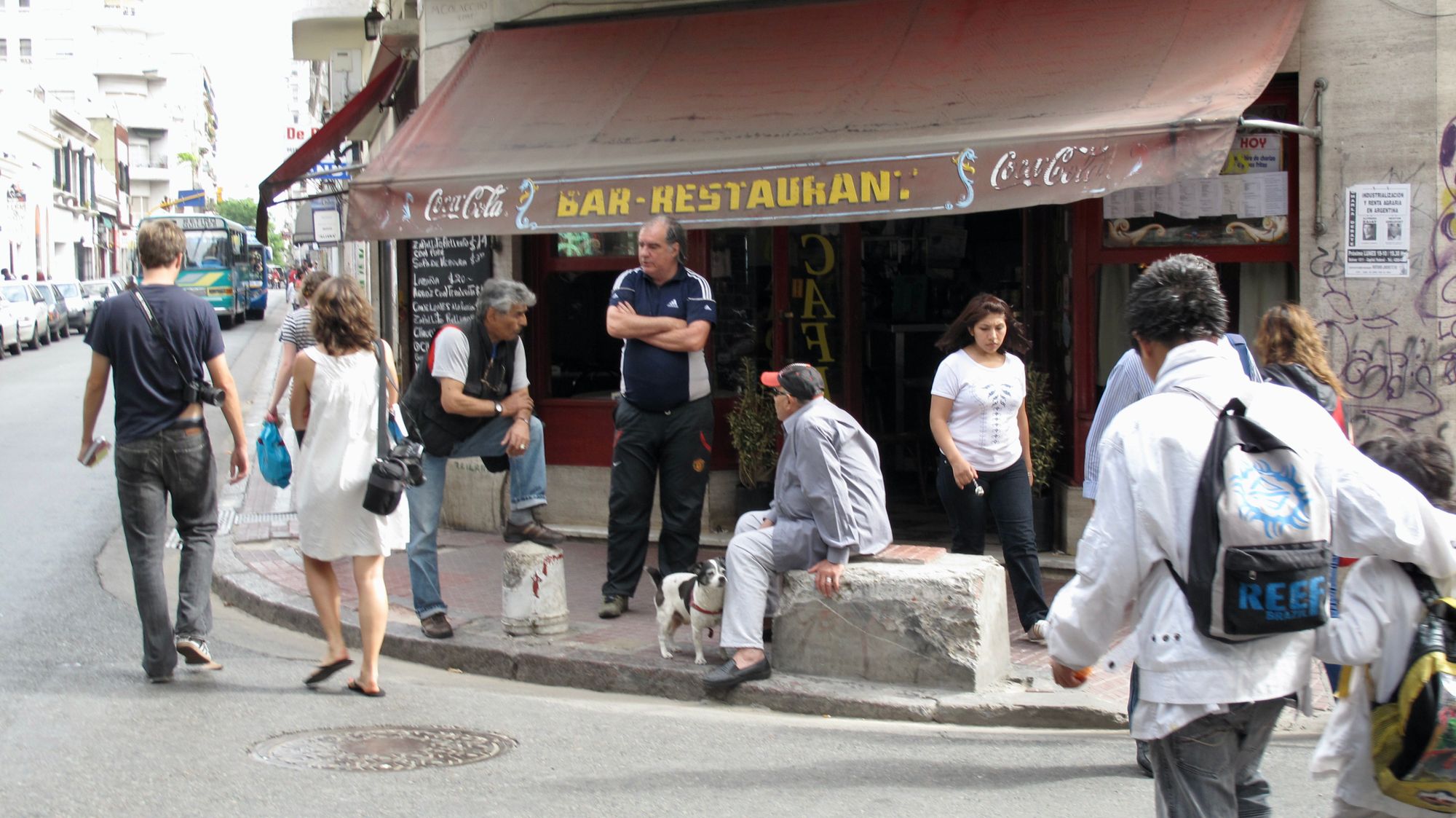
Buenos Aires.
They serve as leaning posts for wandering conversations.
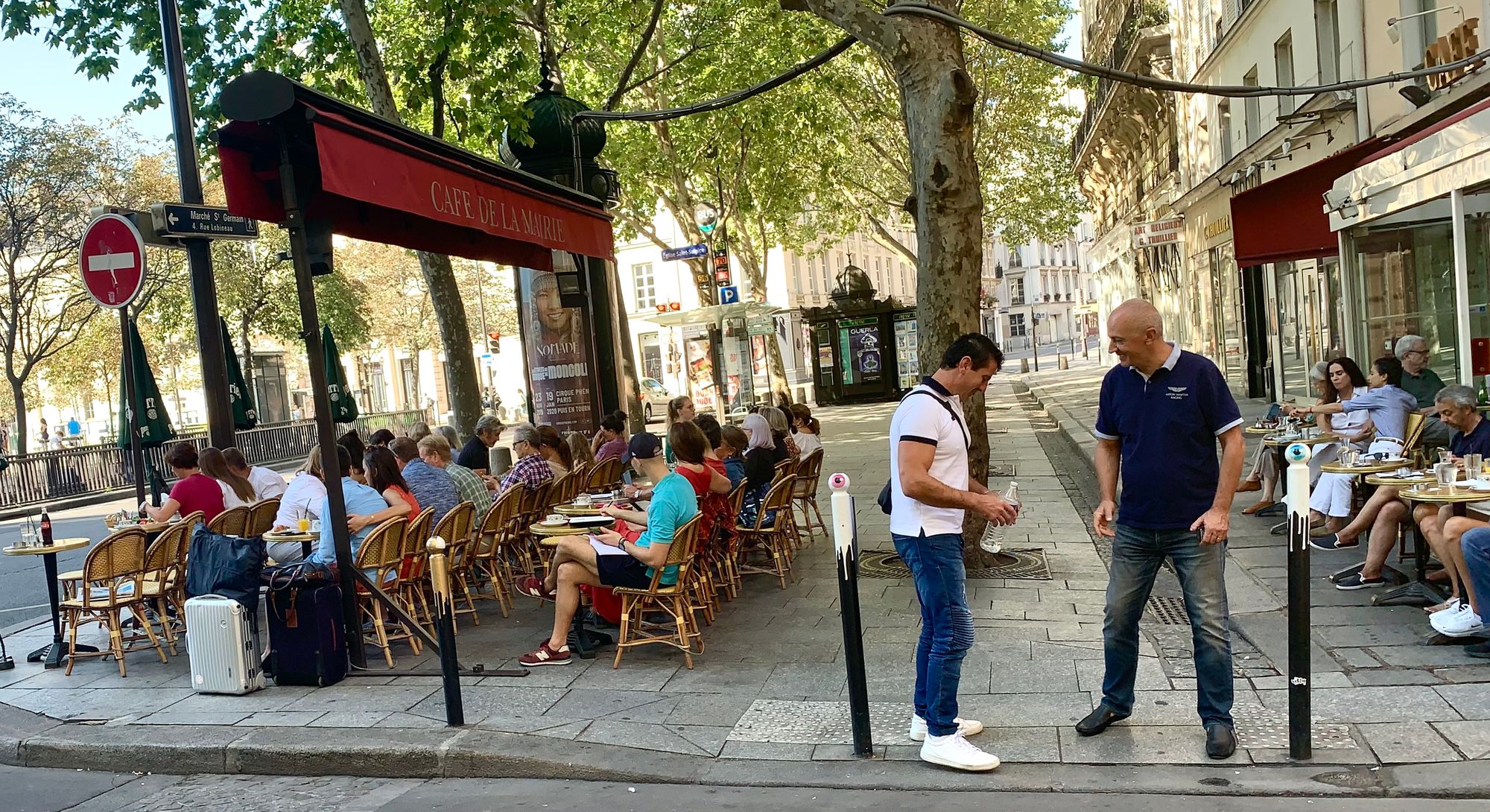
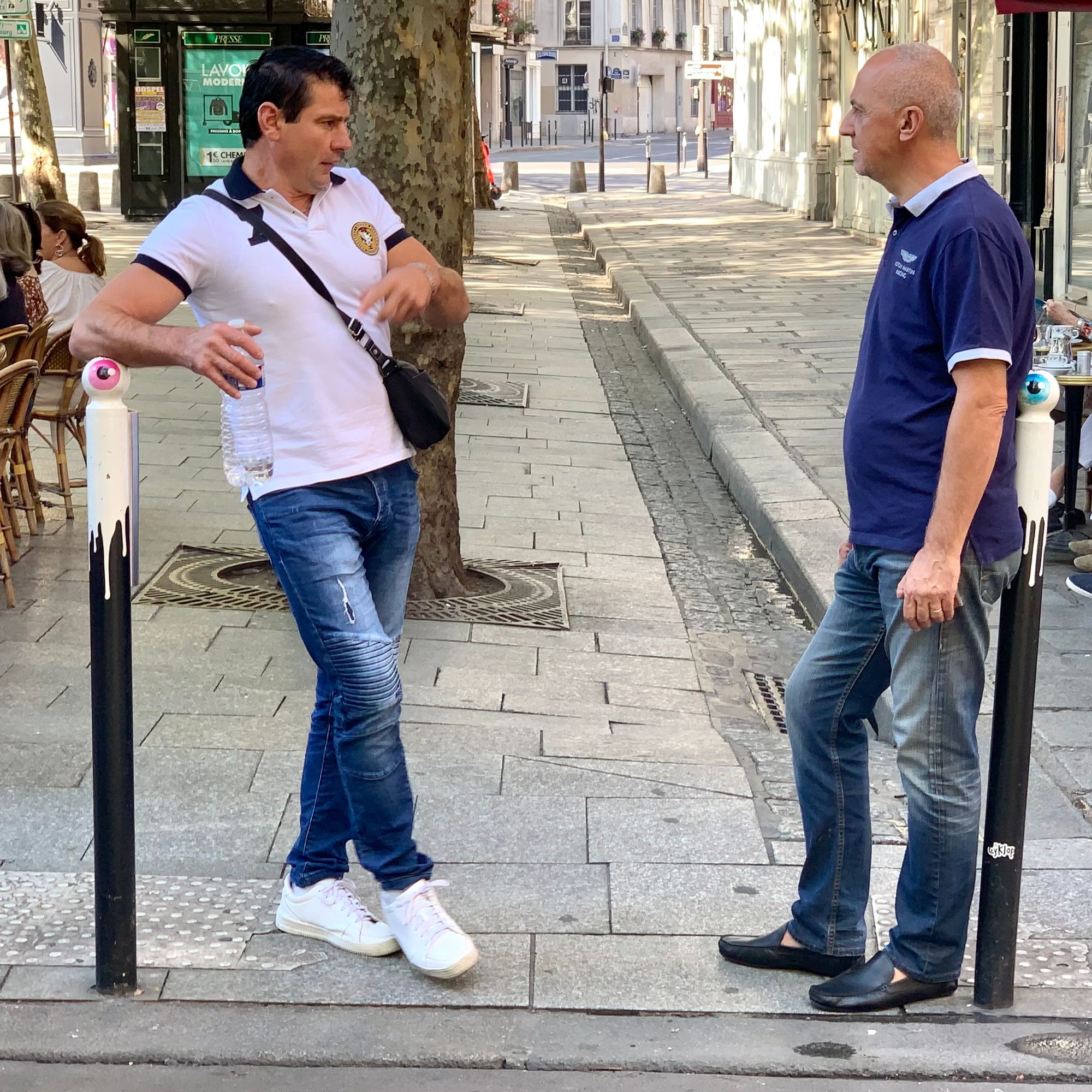
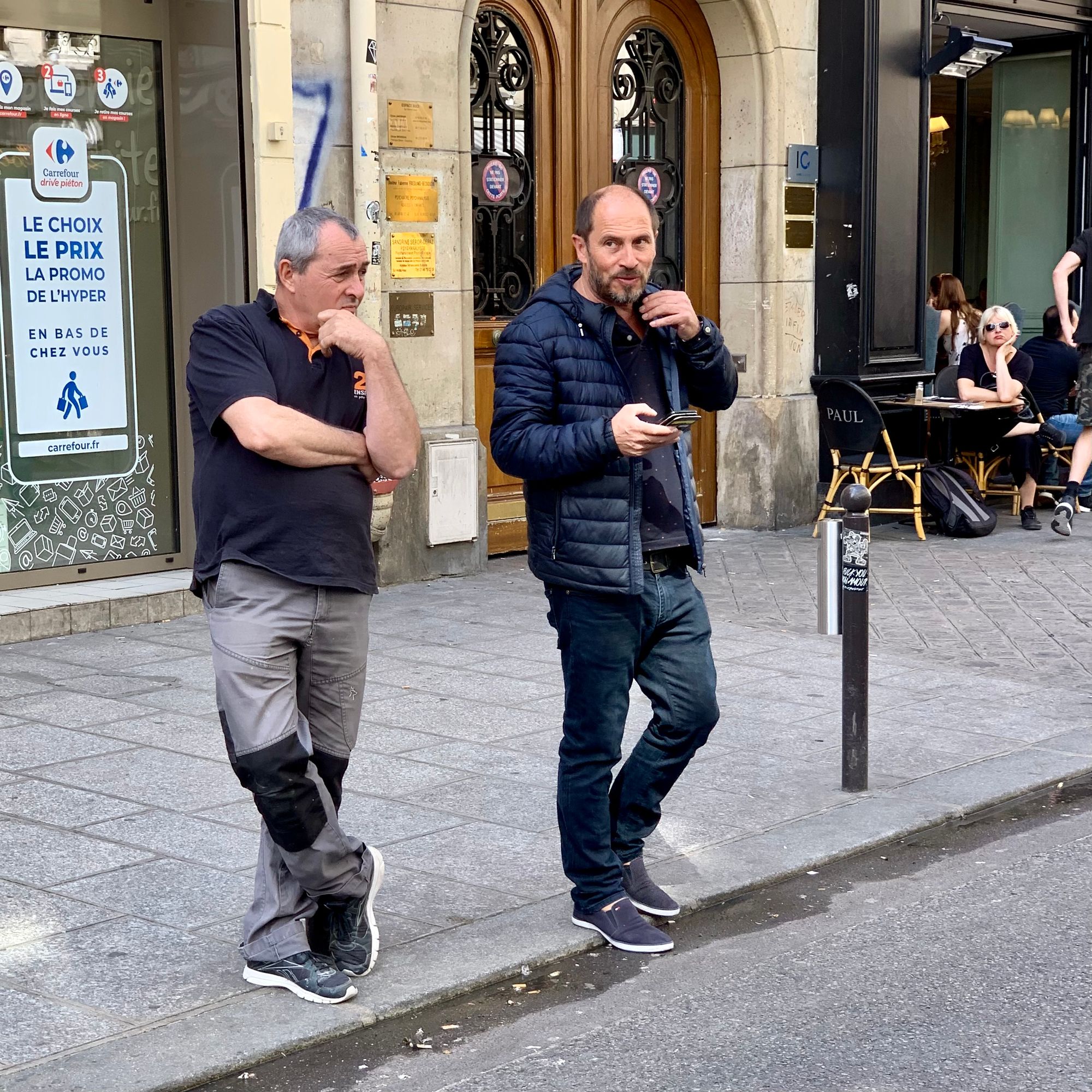

In some places, smaller bollards do the job better than big ones.
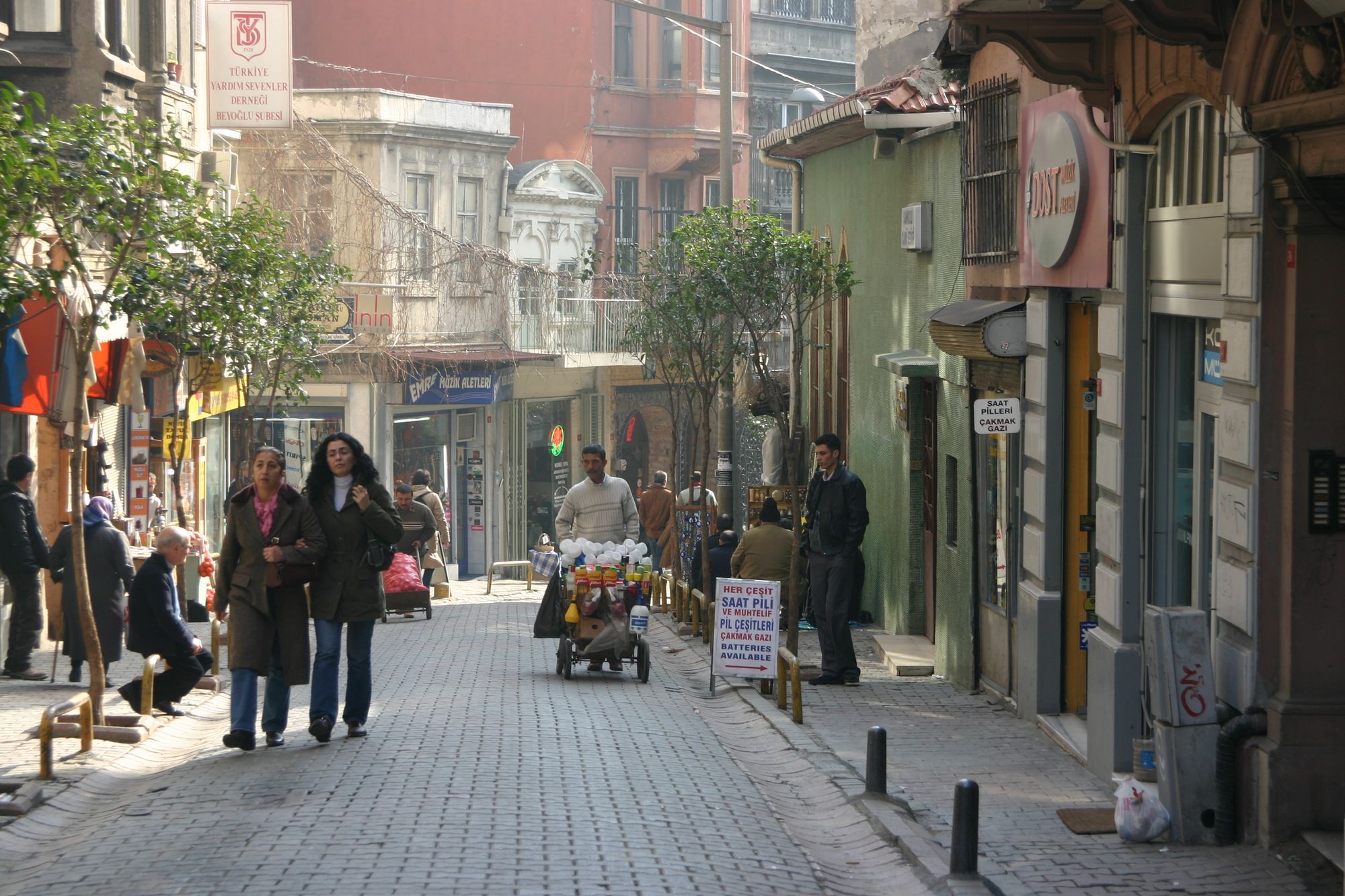
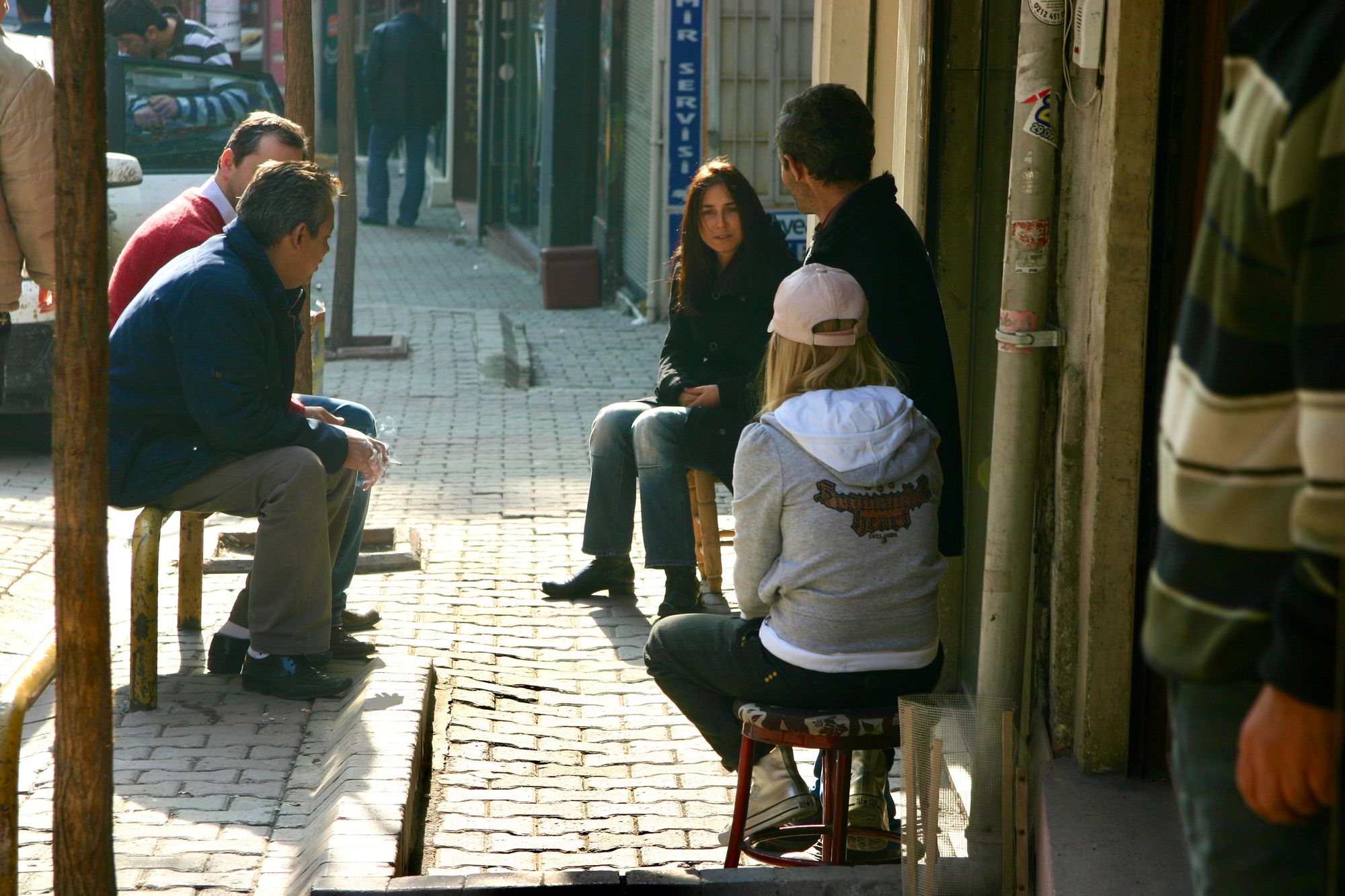
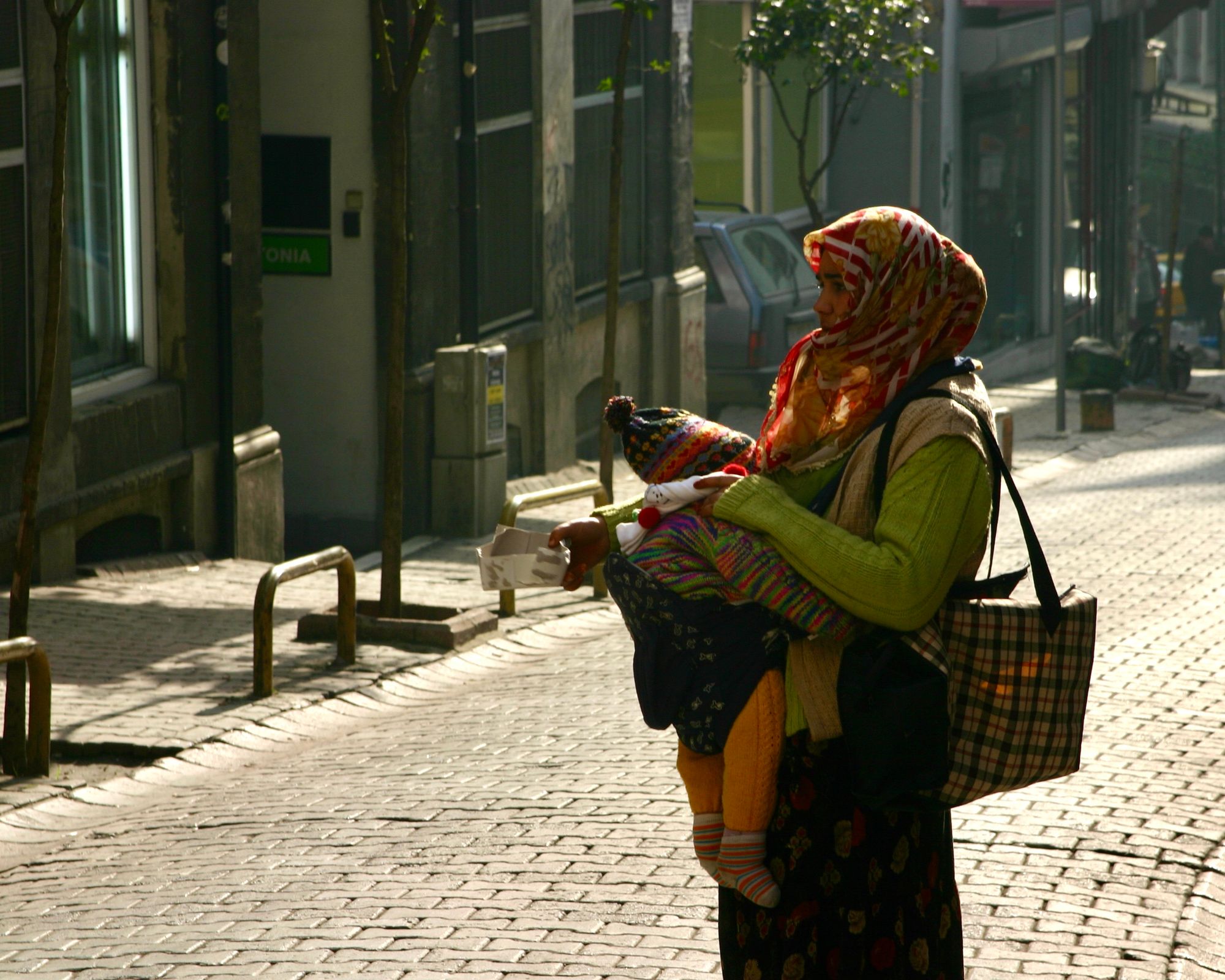
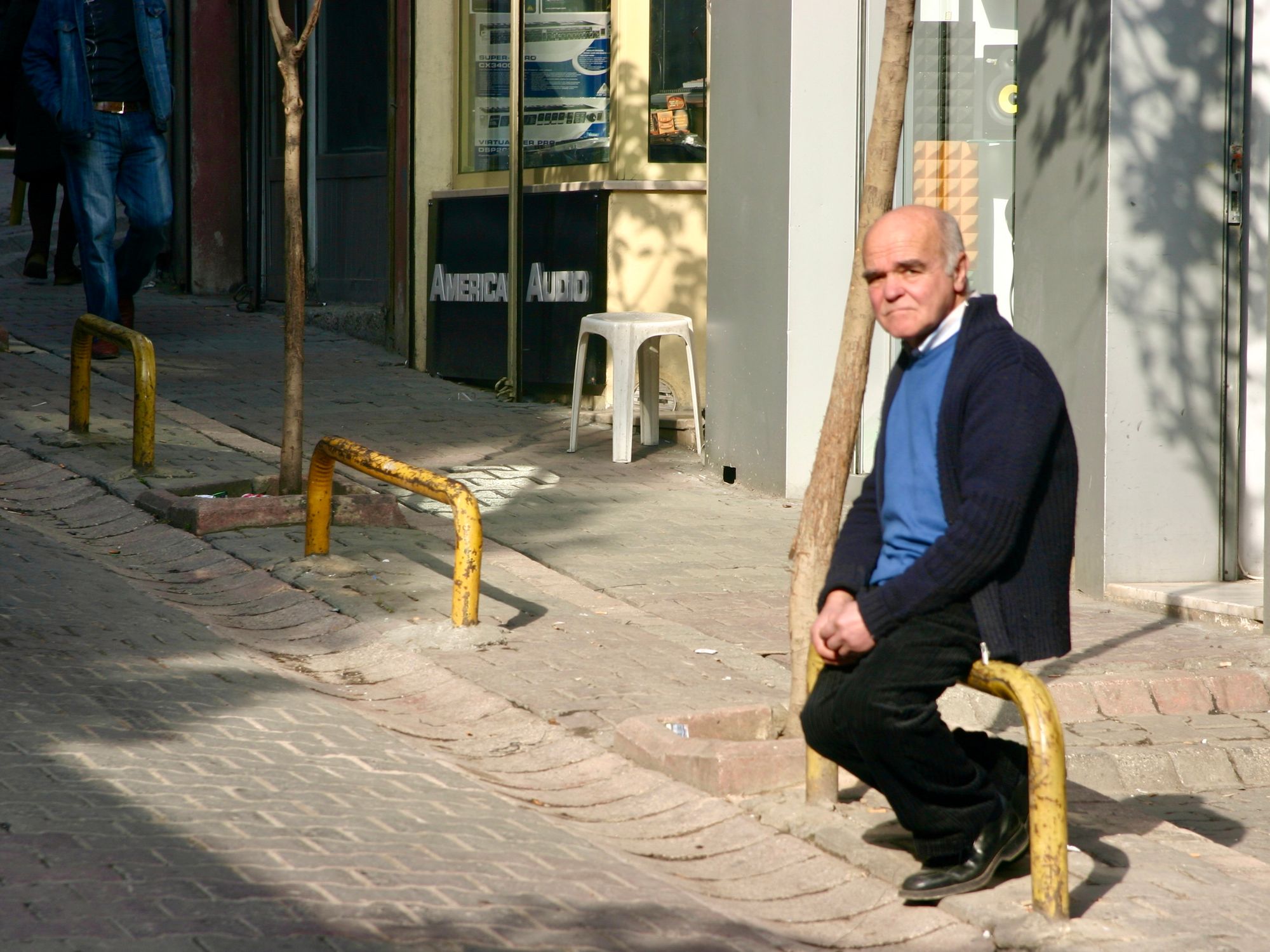
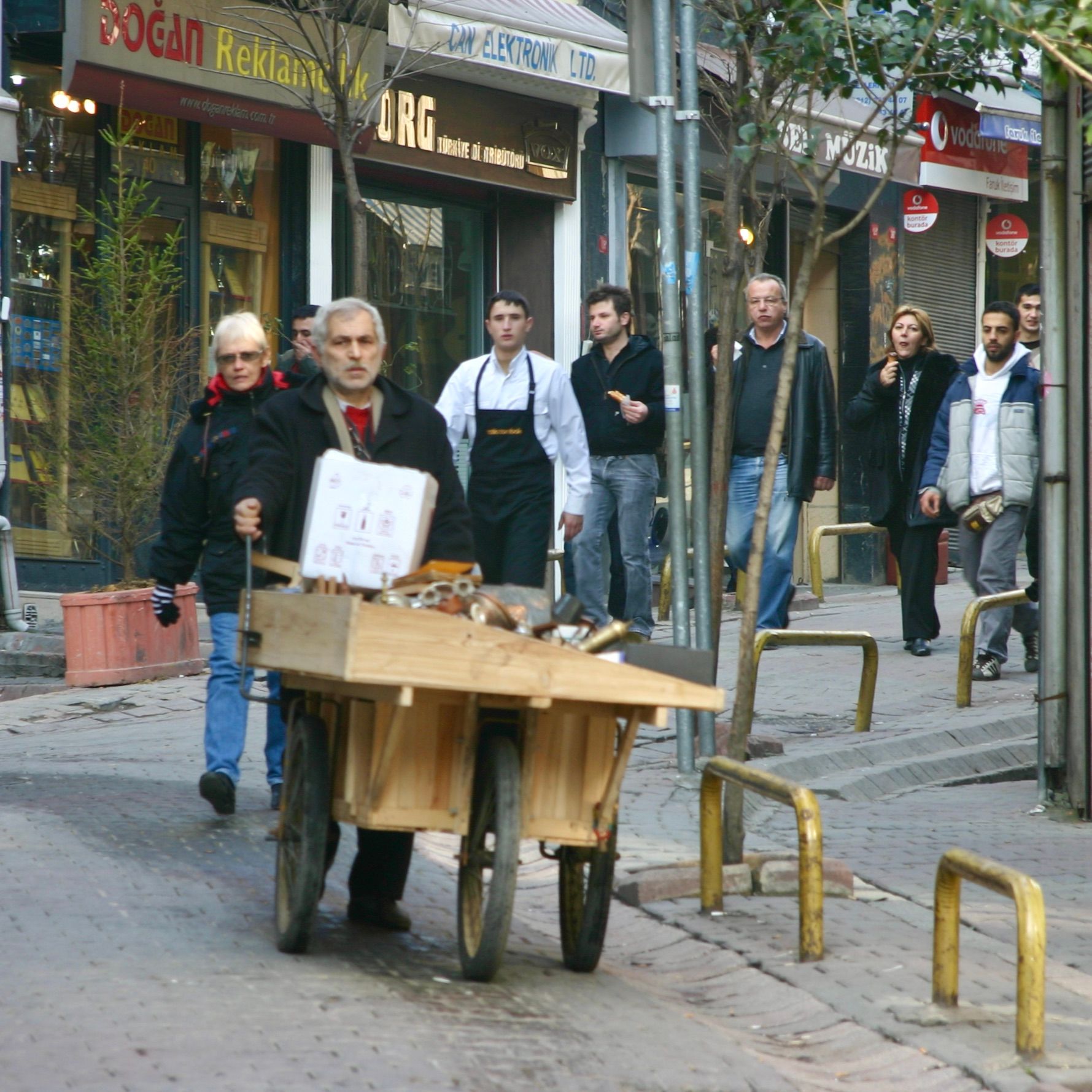
These bollards in Istanbul serve the community quite well. They could be a bit more comfortable, seeing as they are often used as seating.
Bollards that are sit-able quickly become social spaces – even more so if they are something people can hop up on for a photo!
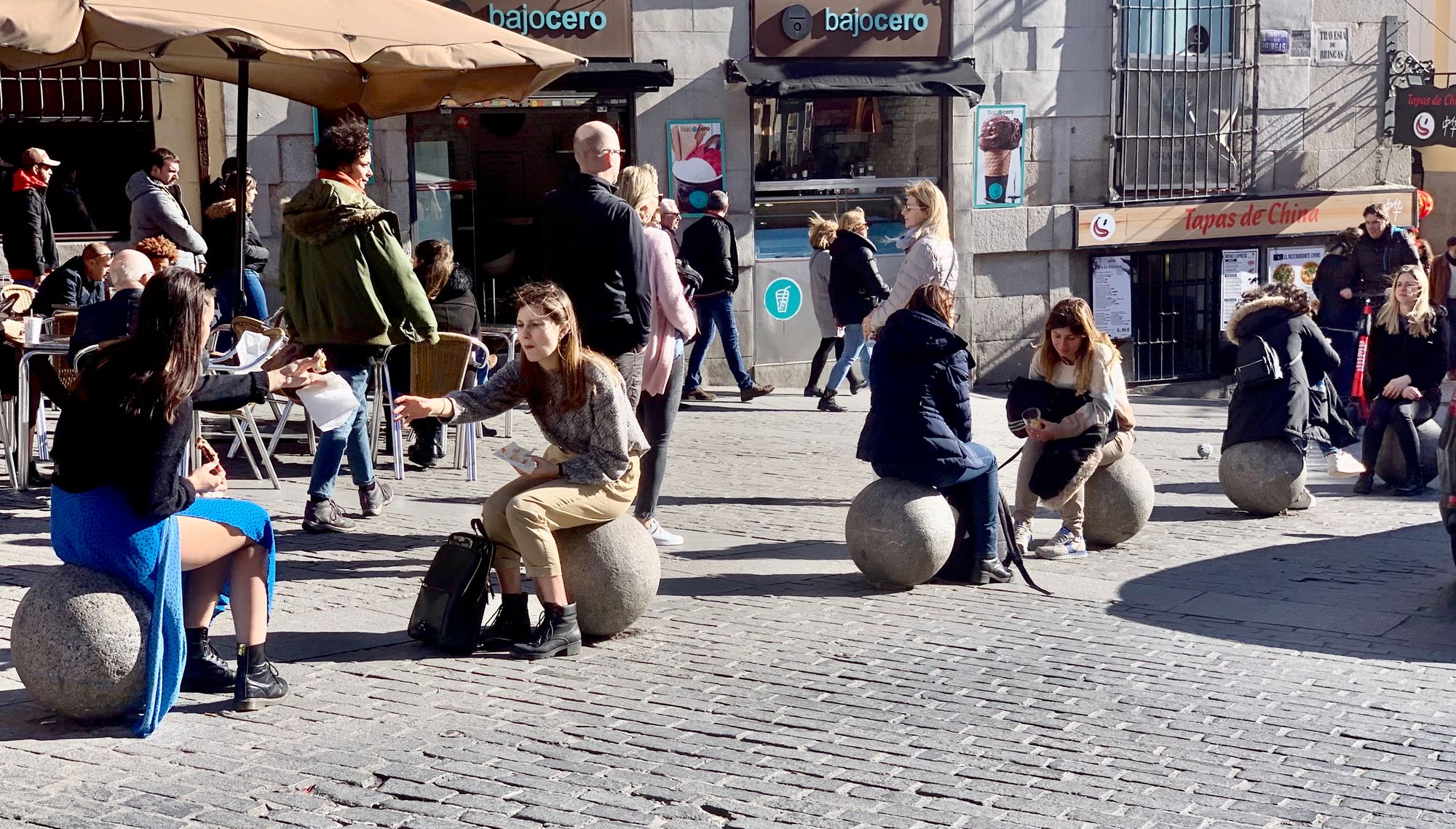
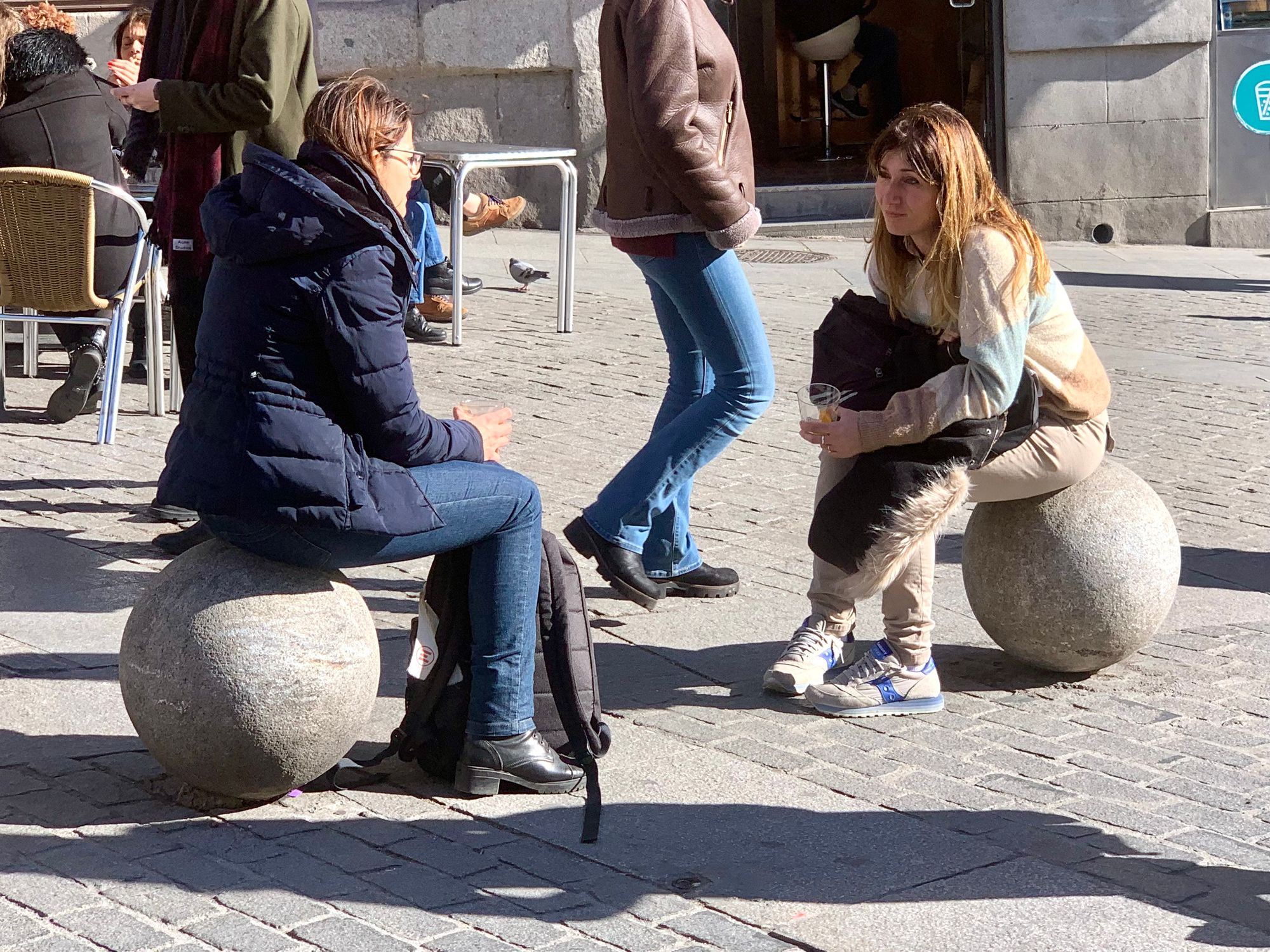
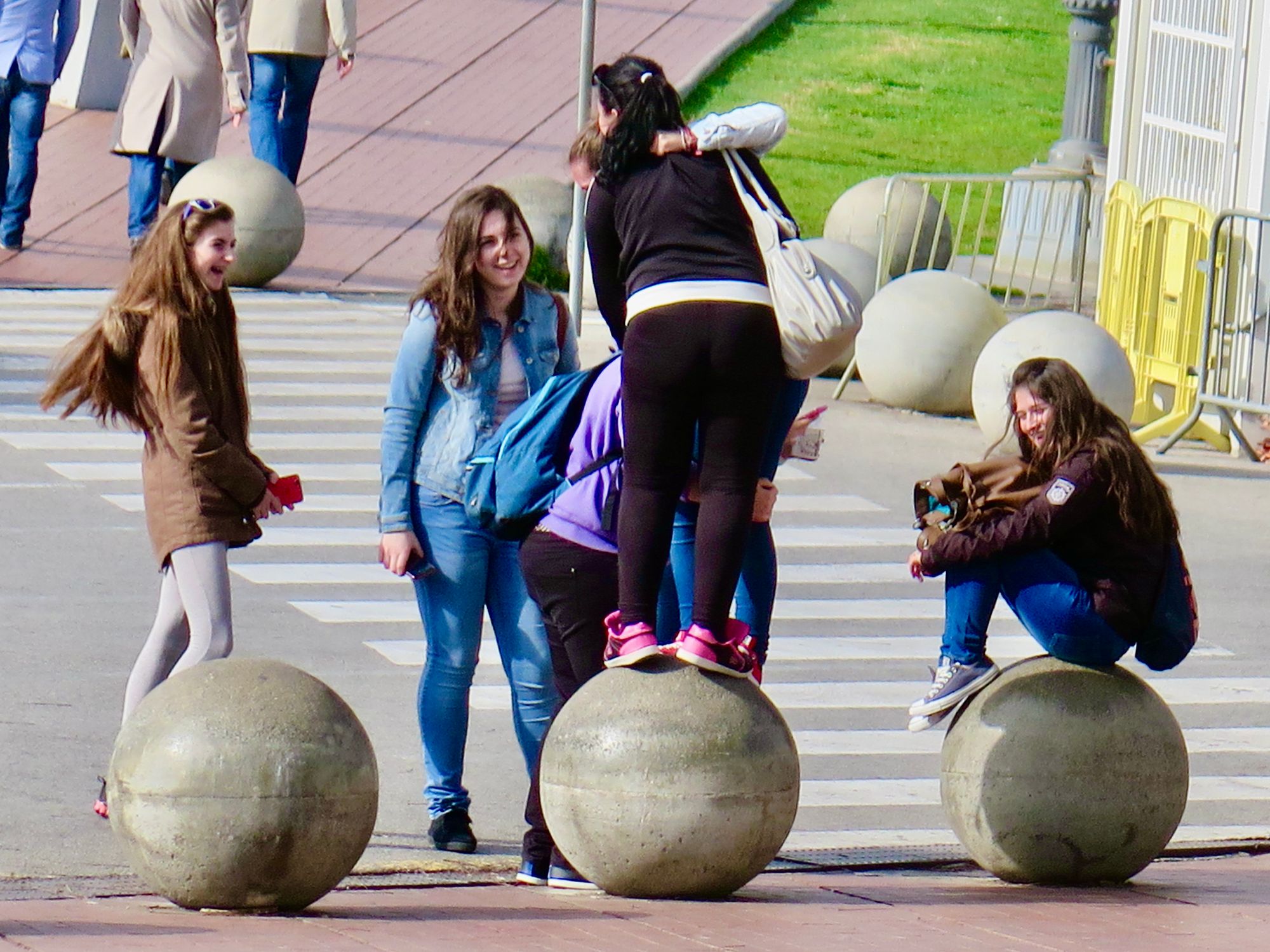
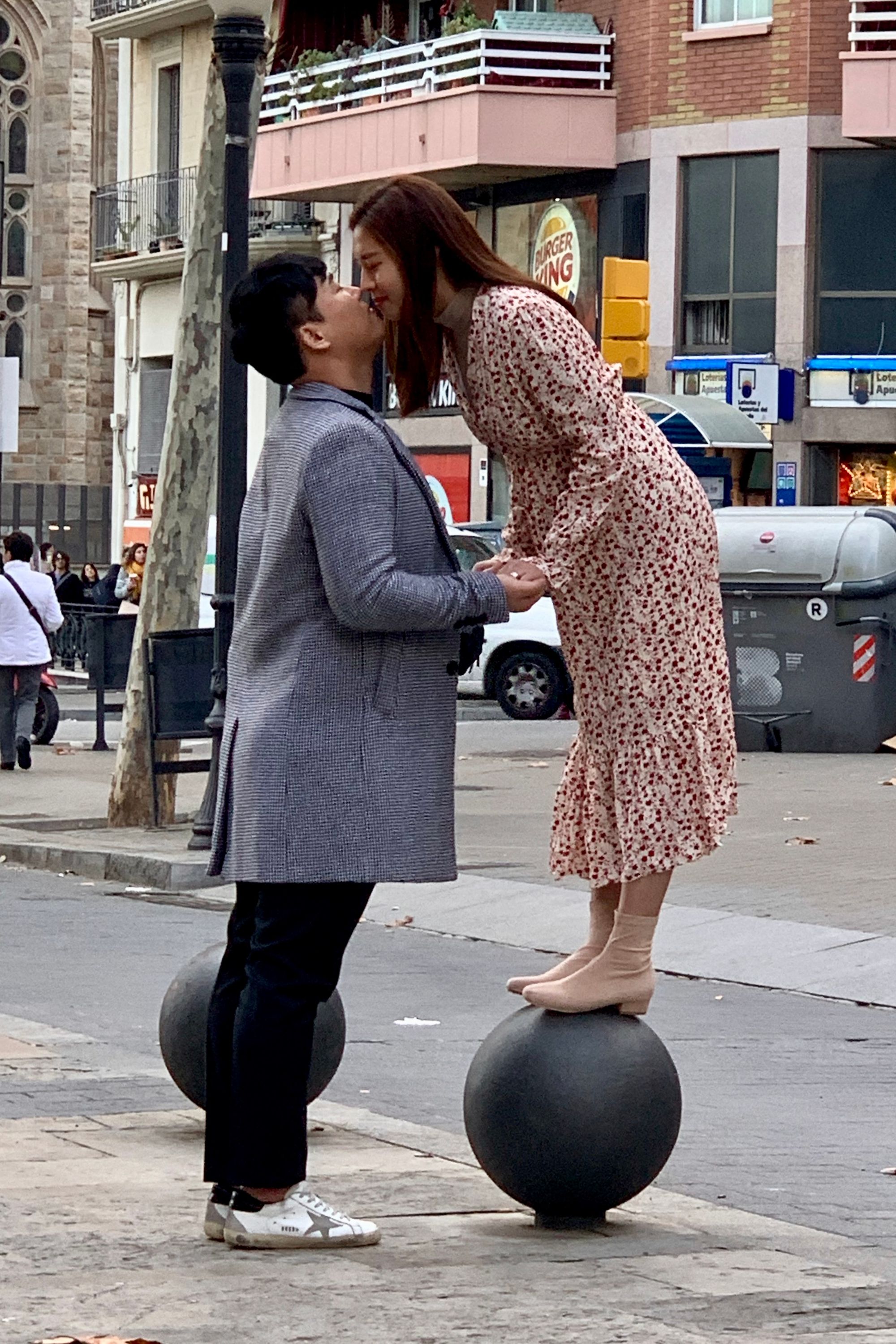
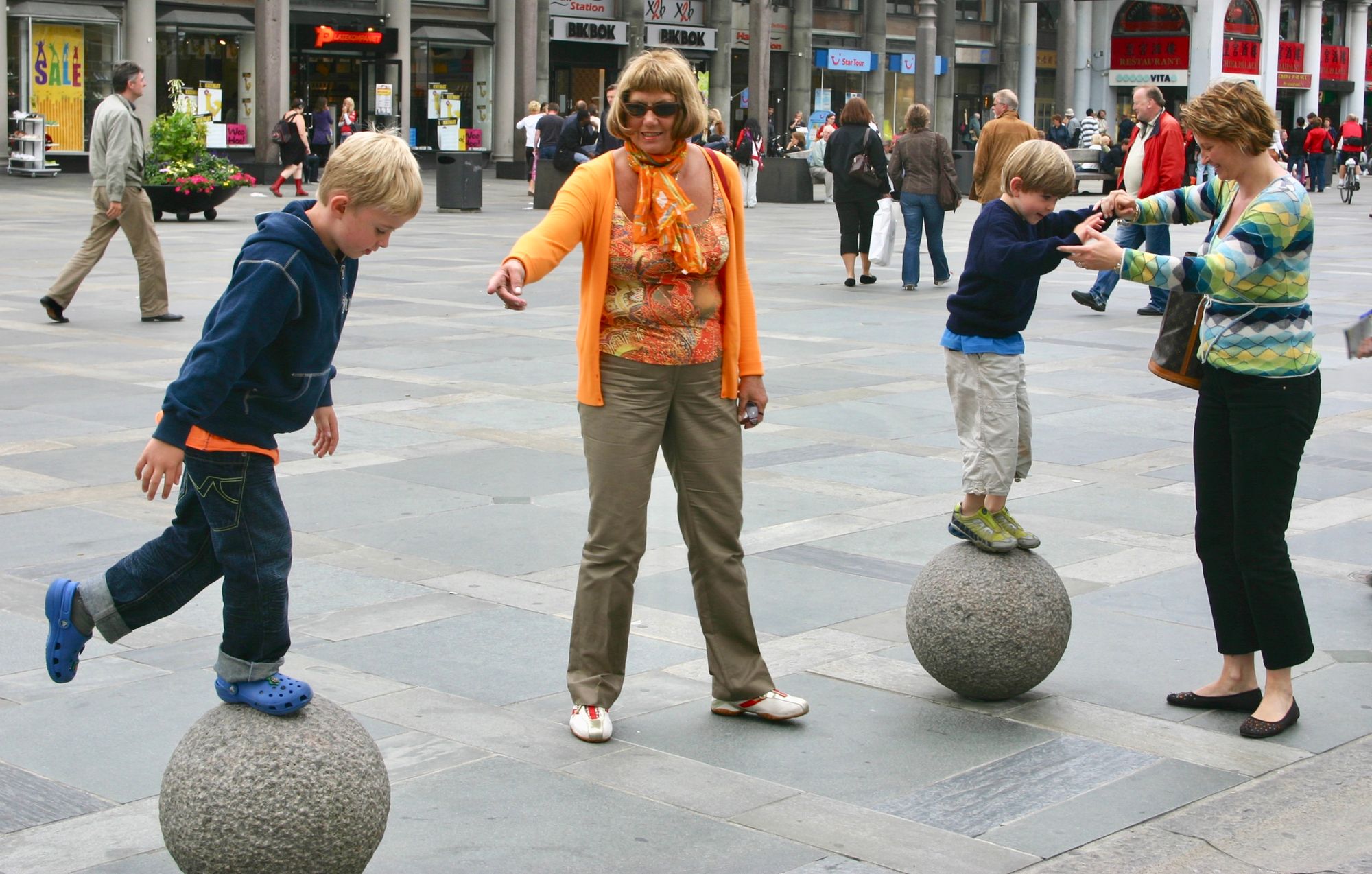
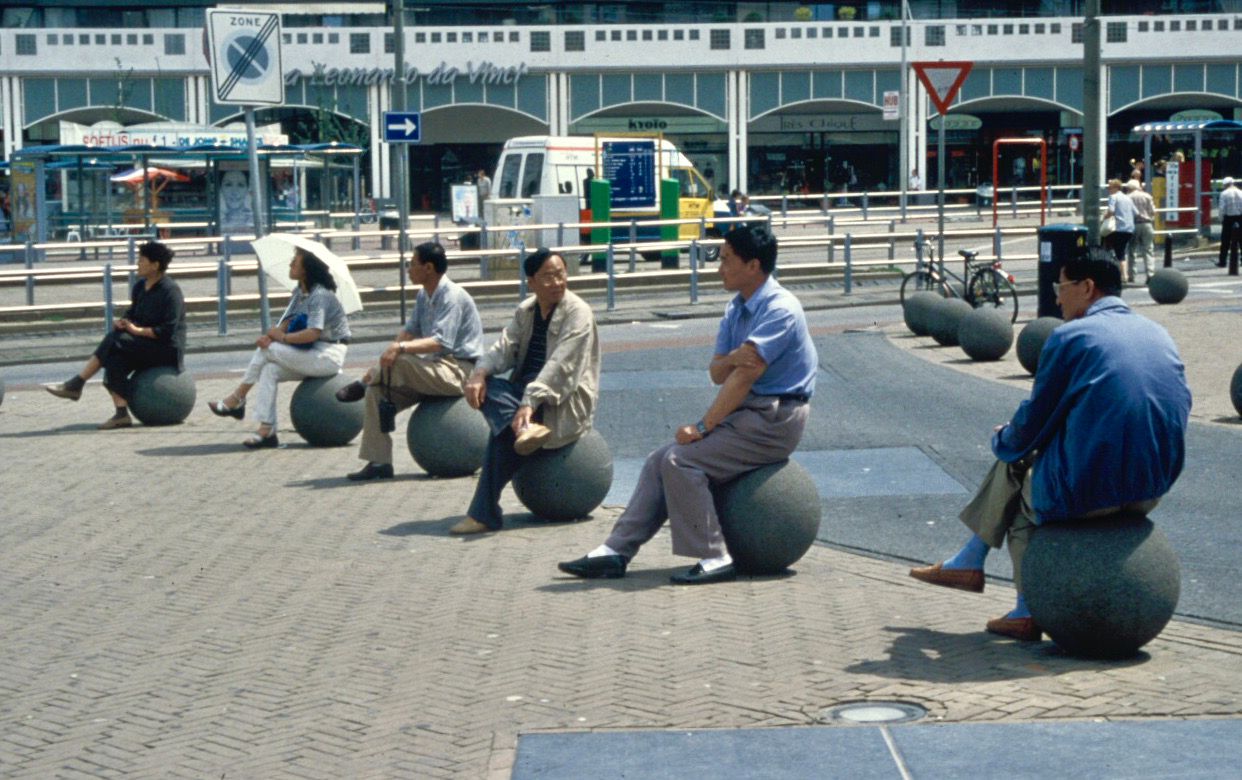
Stockholm
A key role for bollards is in places where people can have pictures taken with the destination behind them.
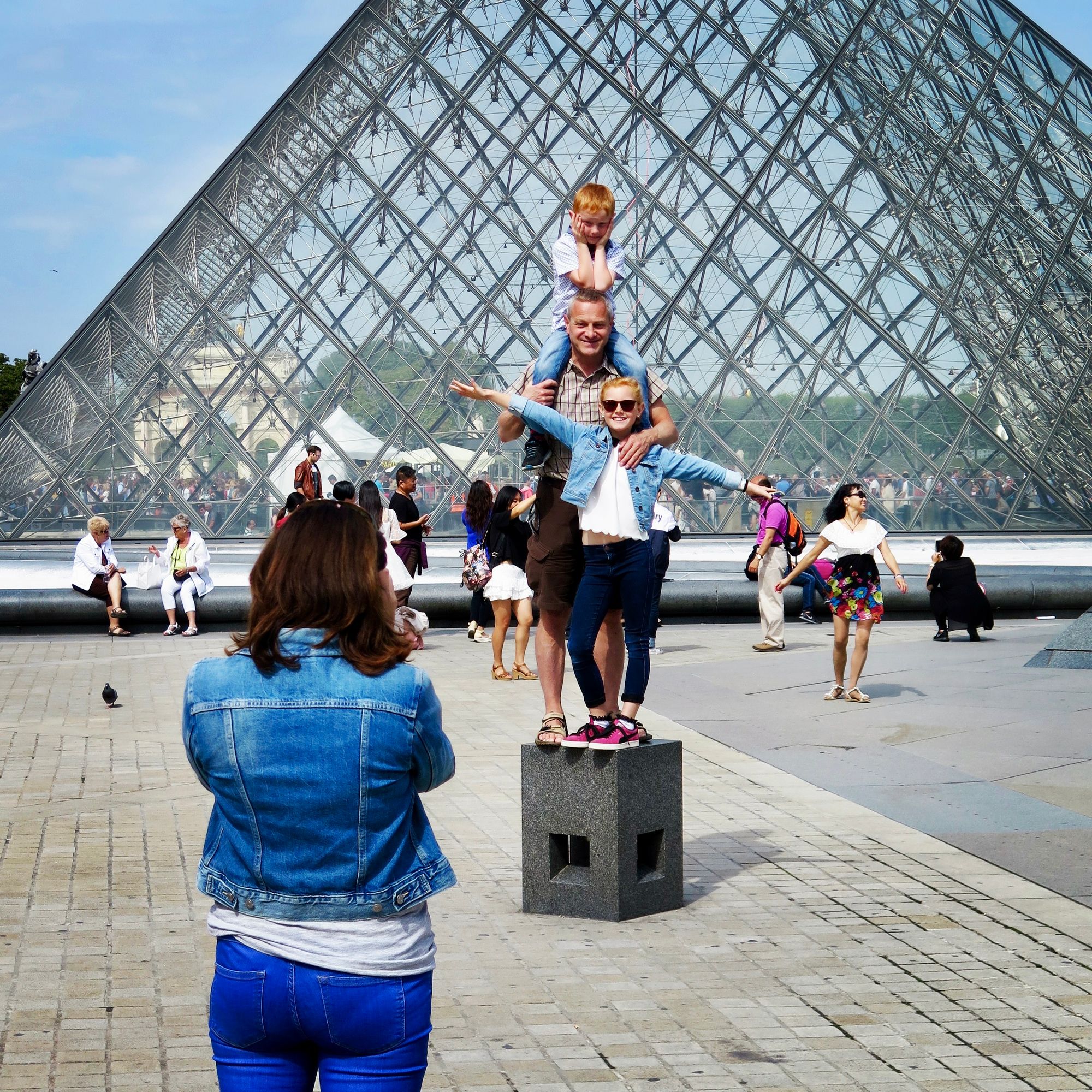
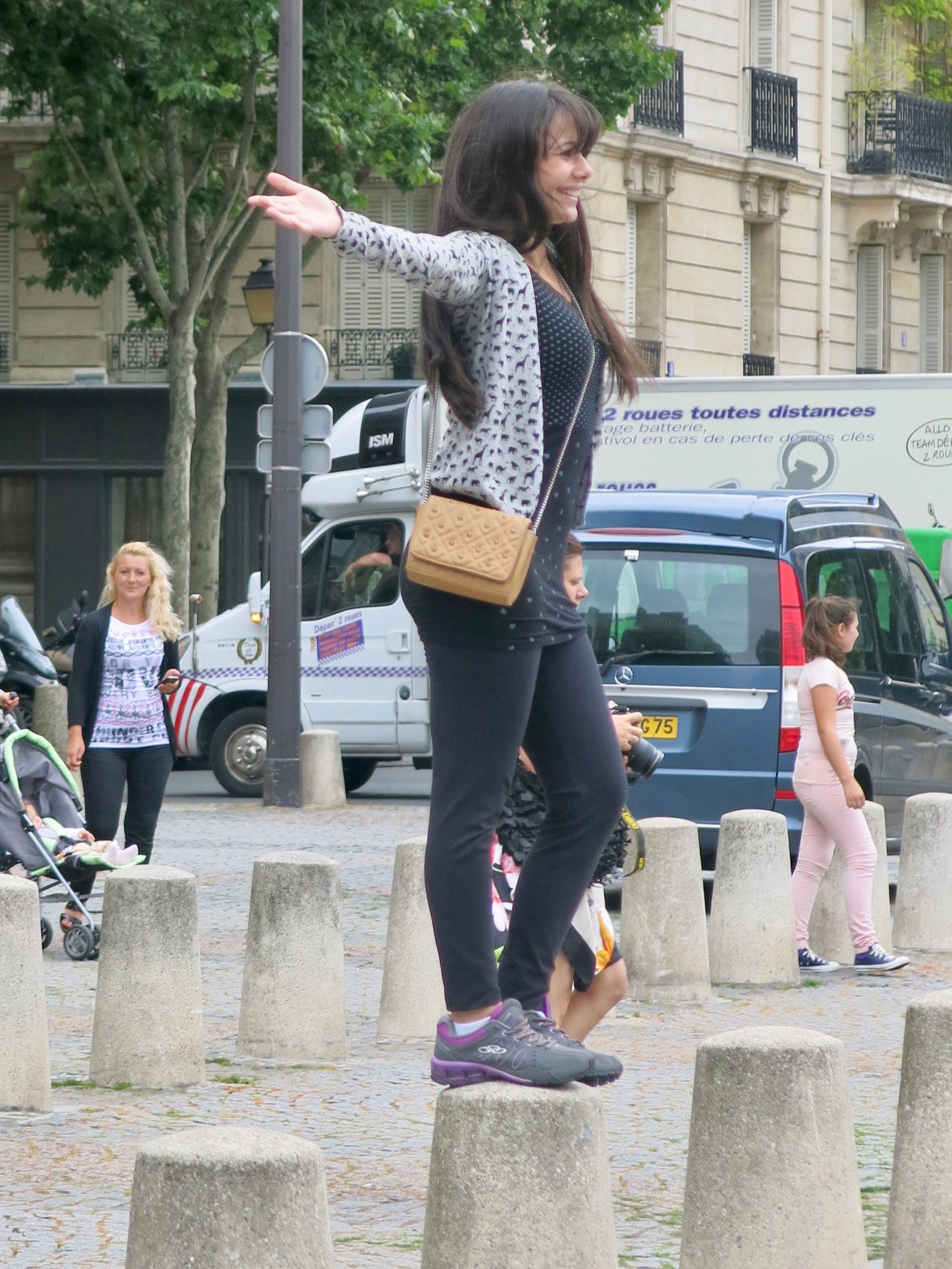
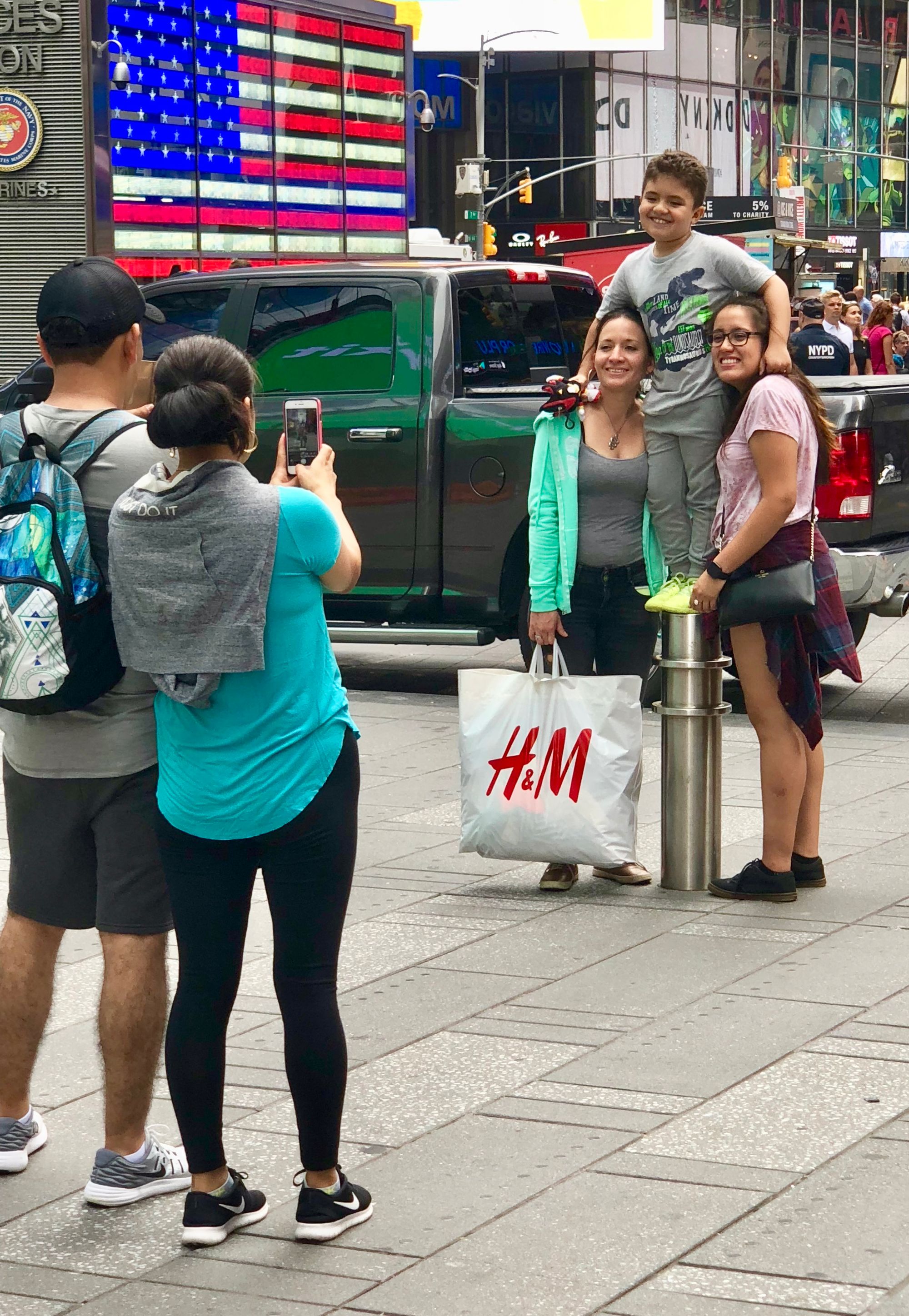
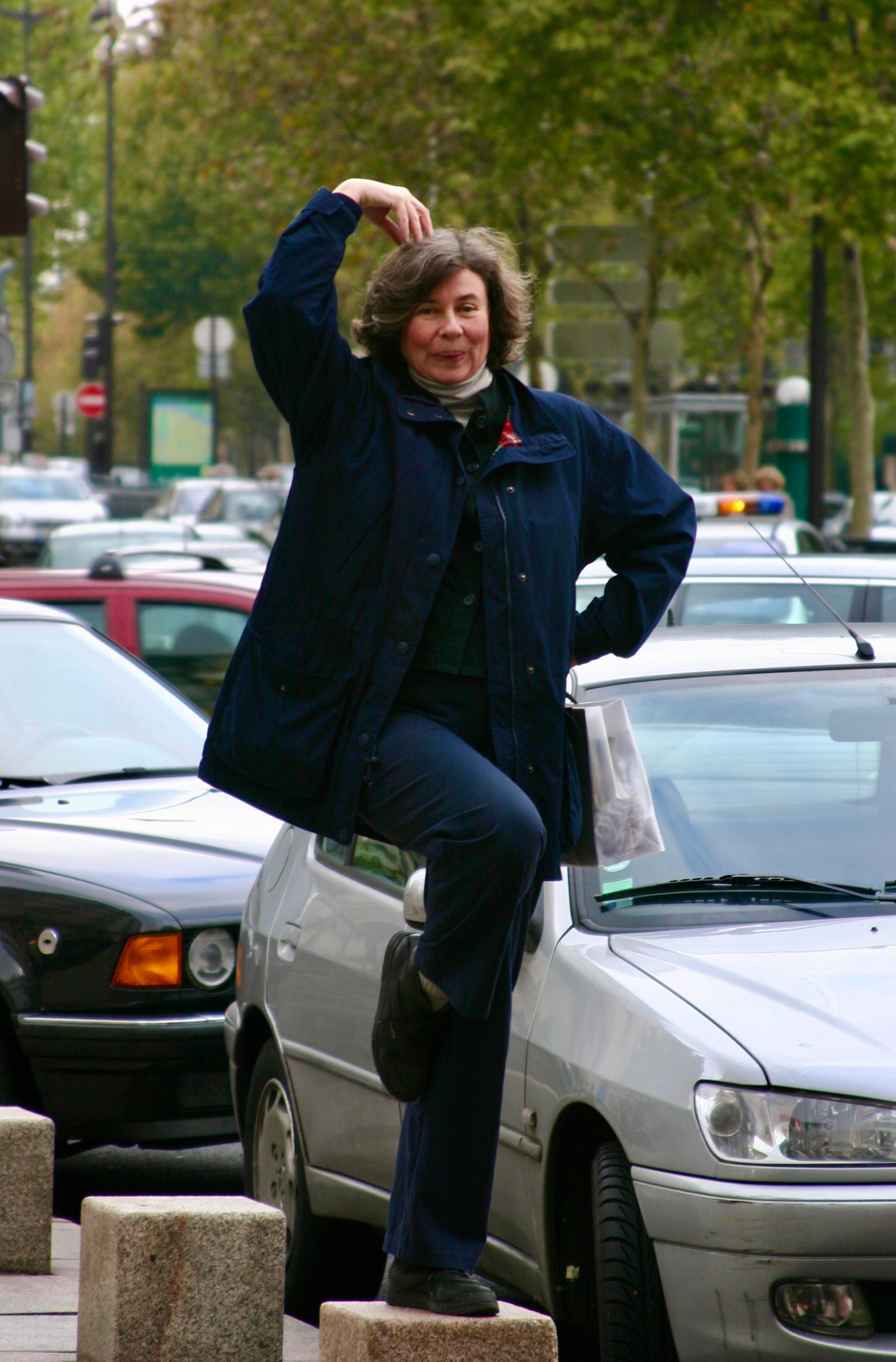
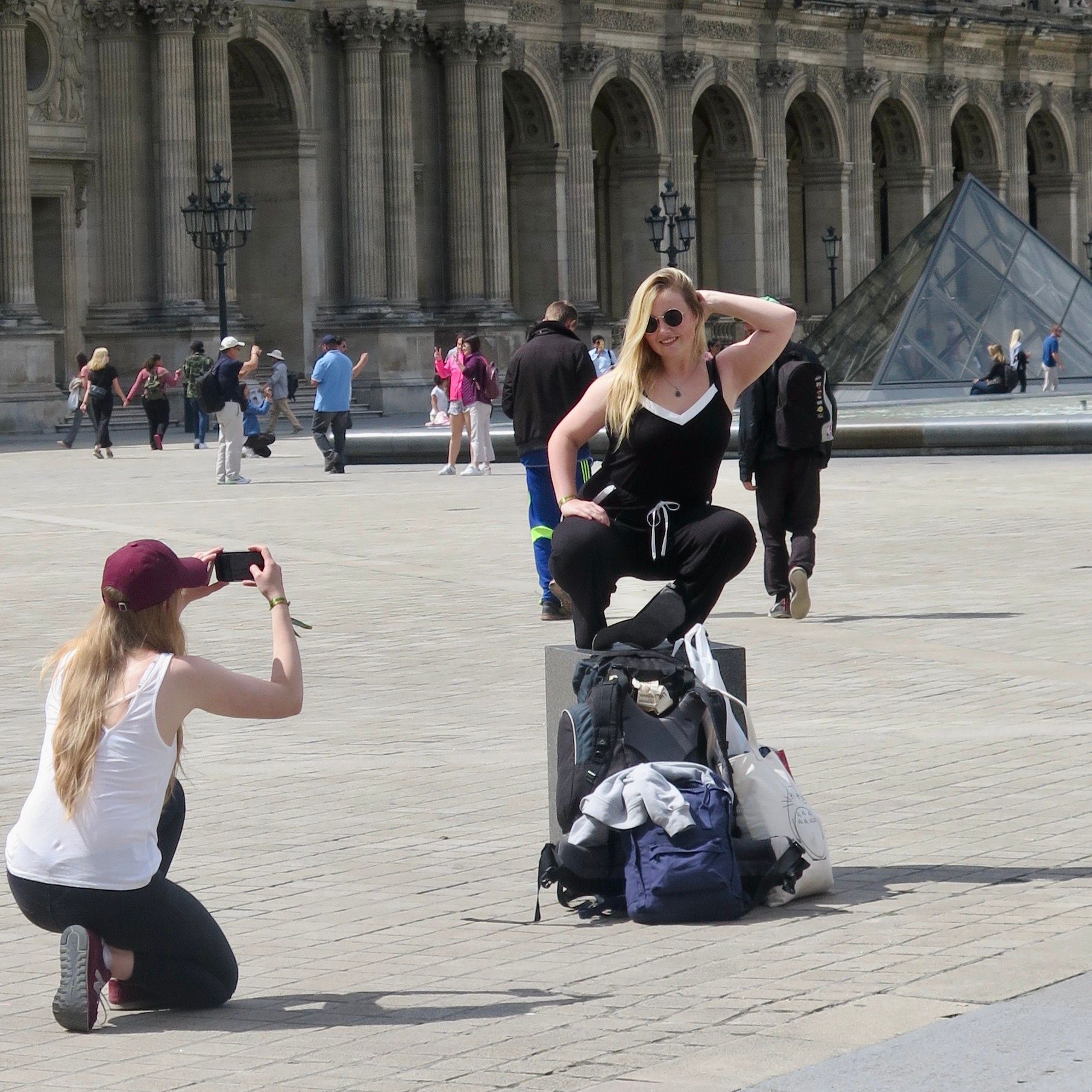
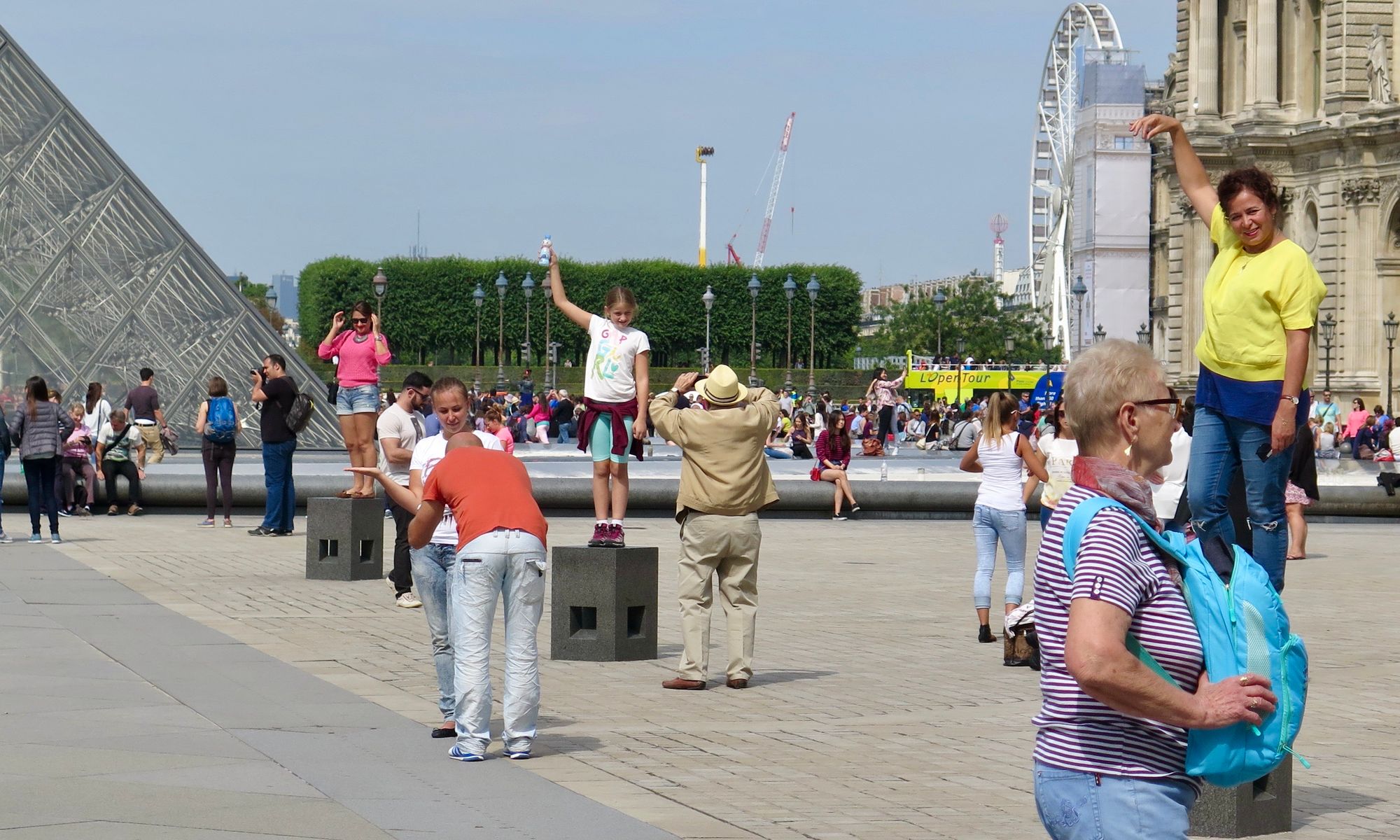
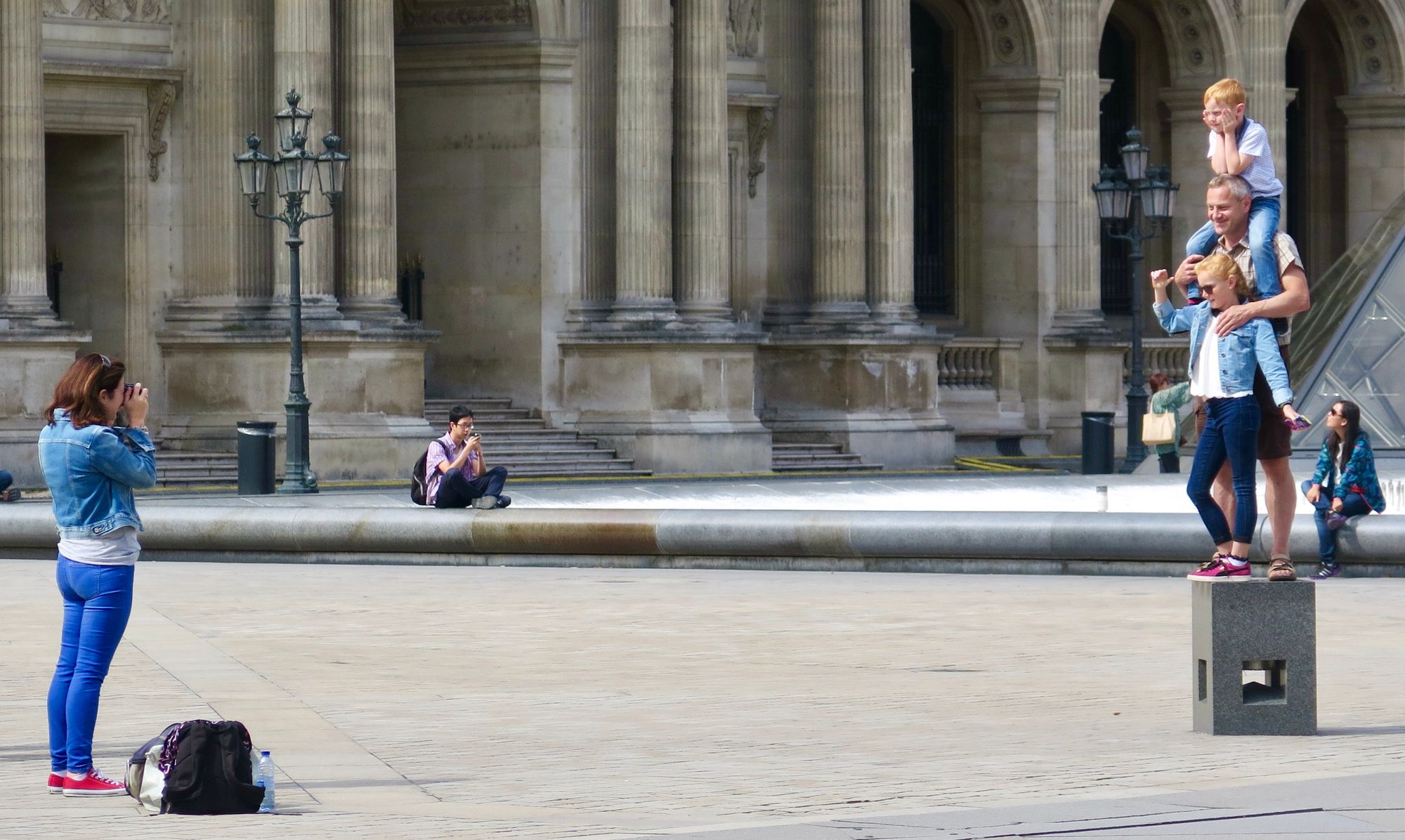
Bollards can also support feelings of comfort when cafe seating spills out onto sidewalks. They also often have the best viewpoint of activity on a corner.
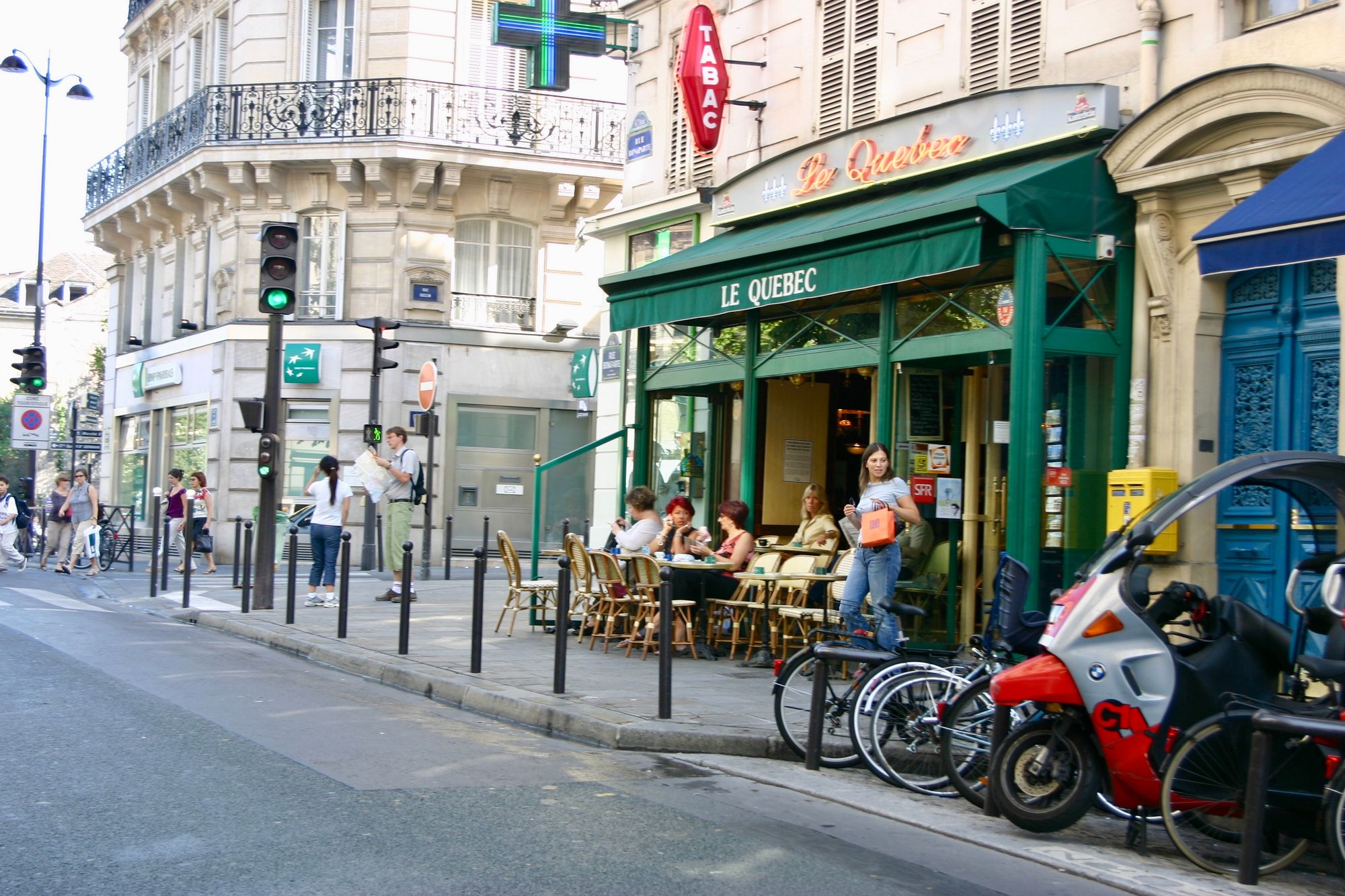
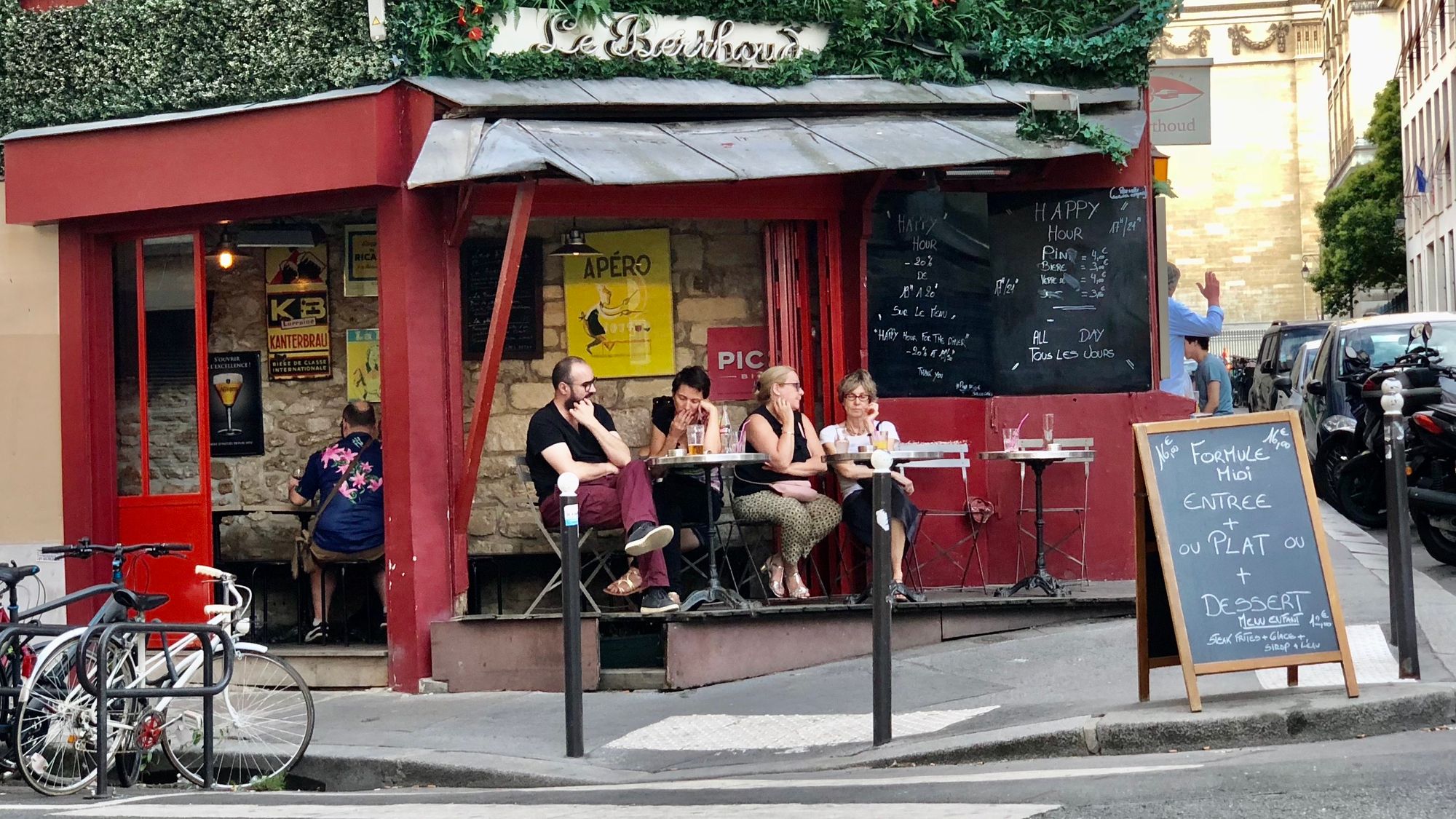
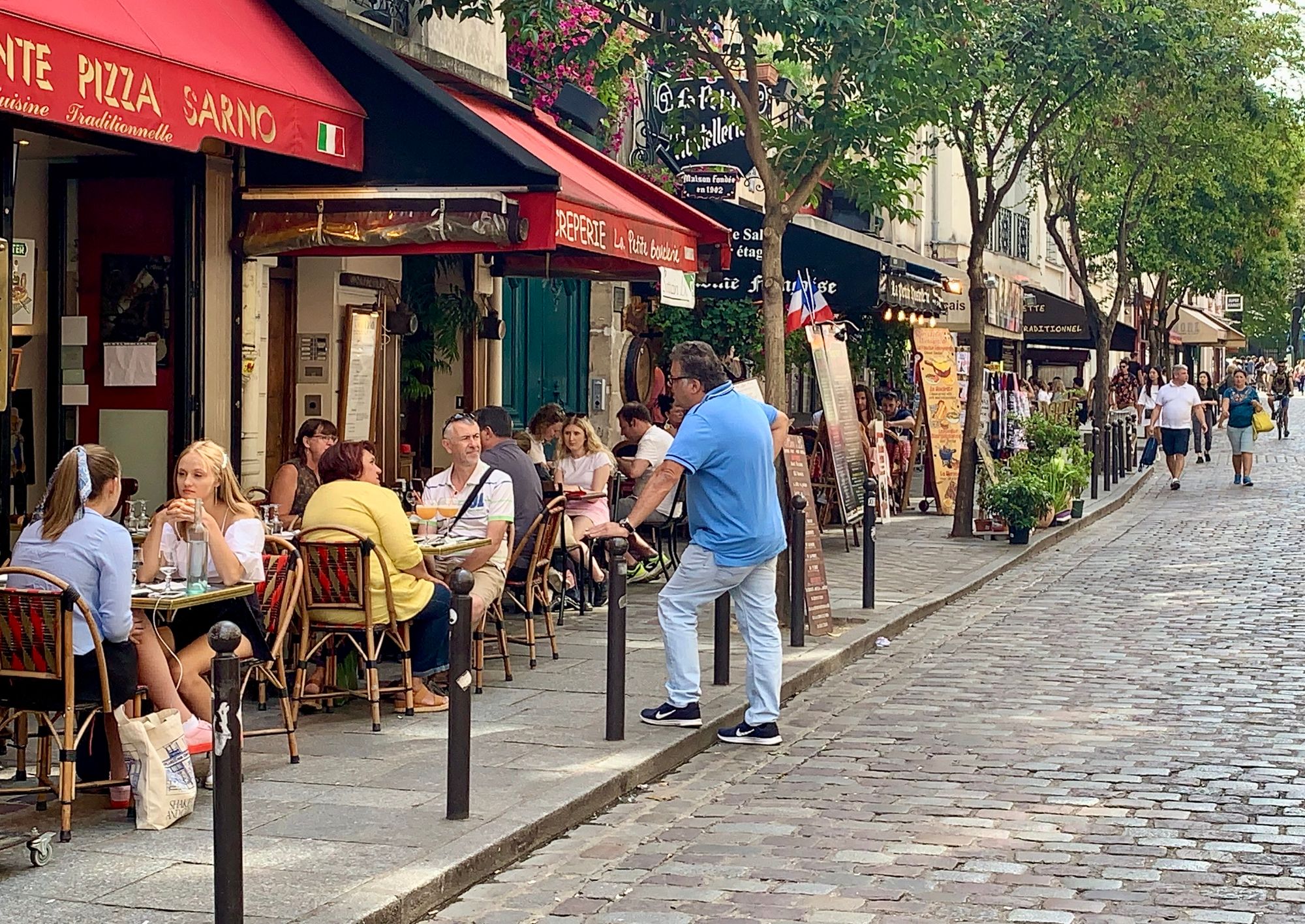
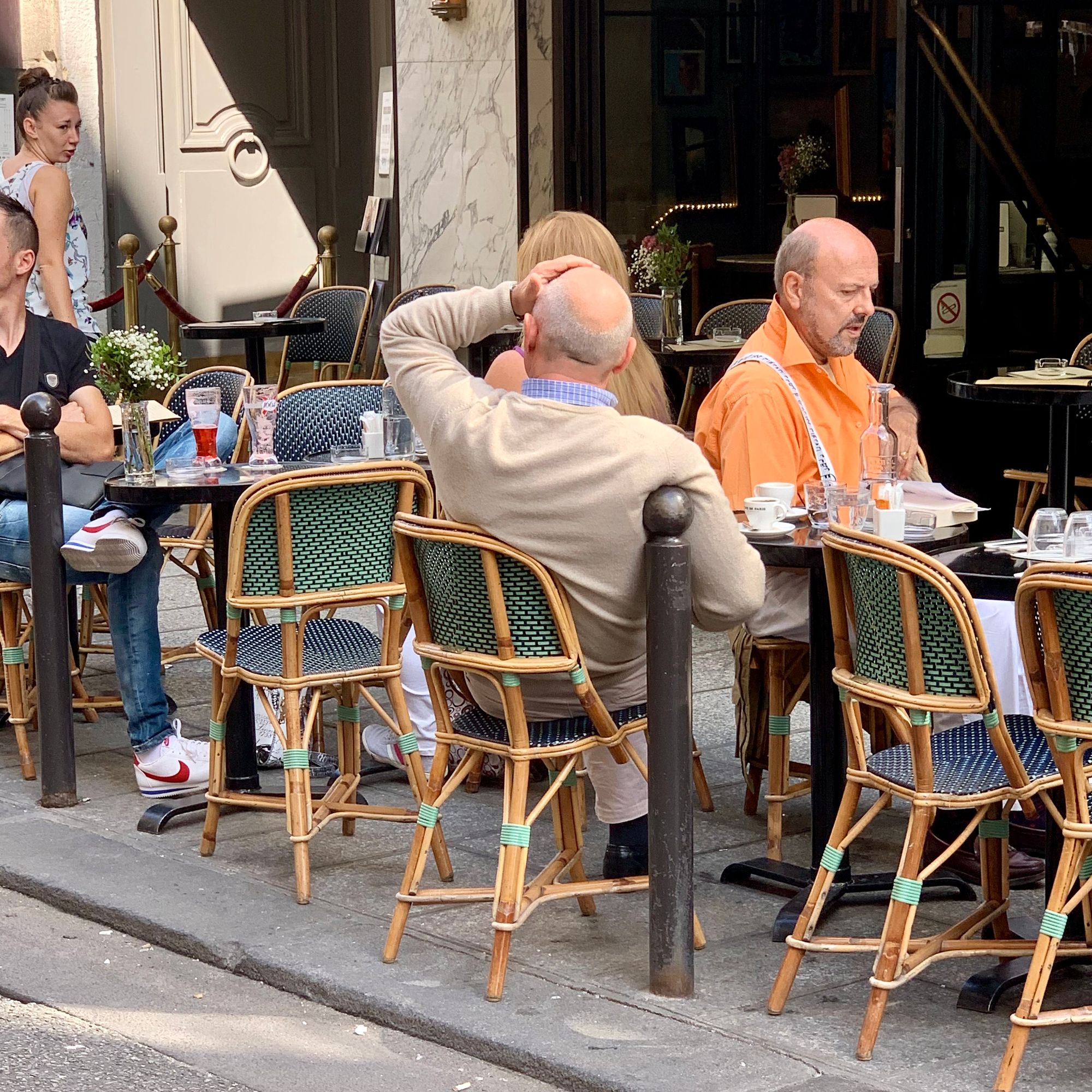
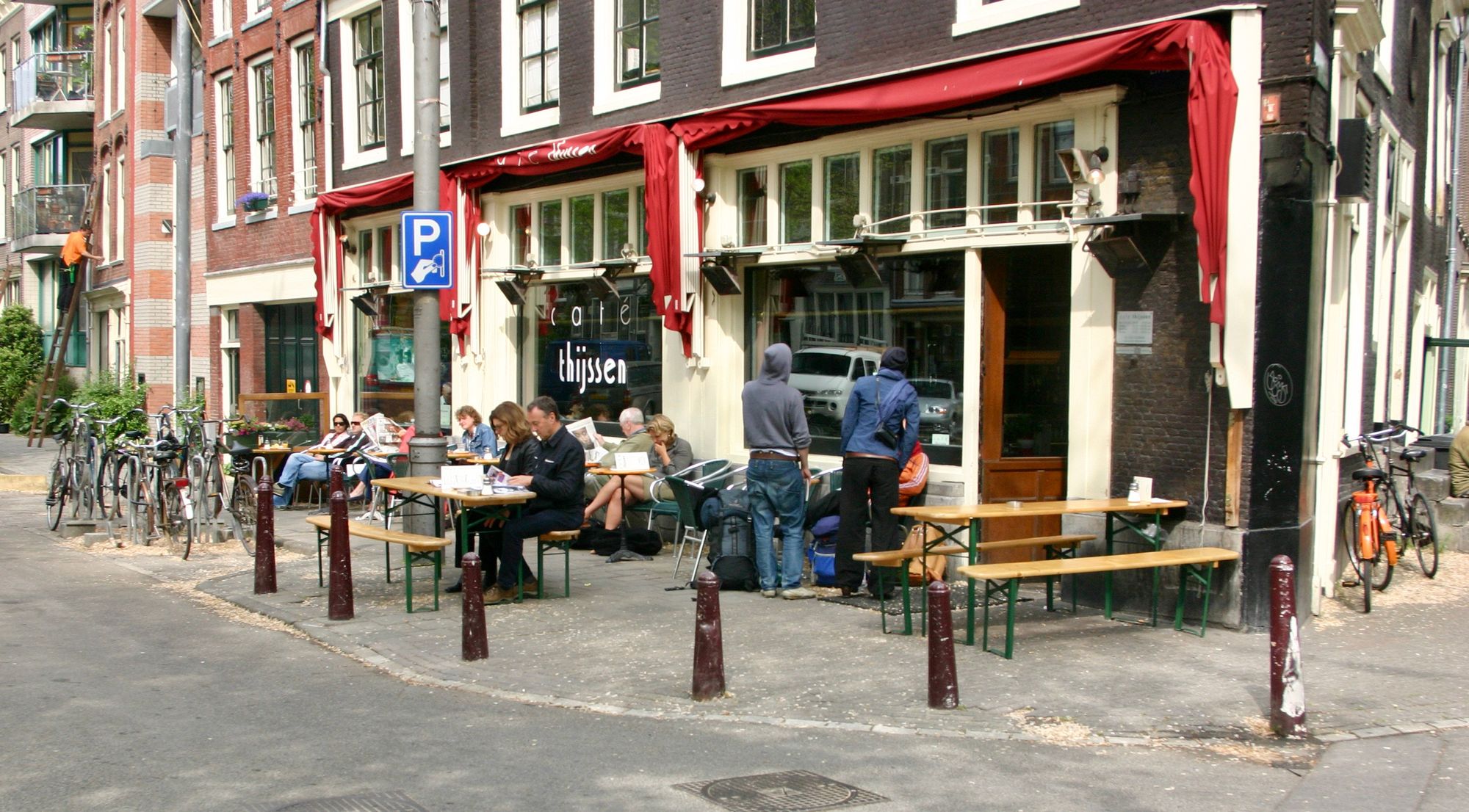
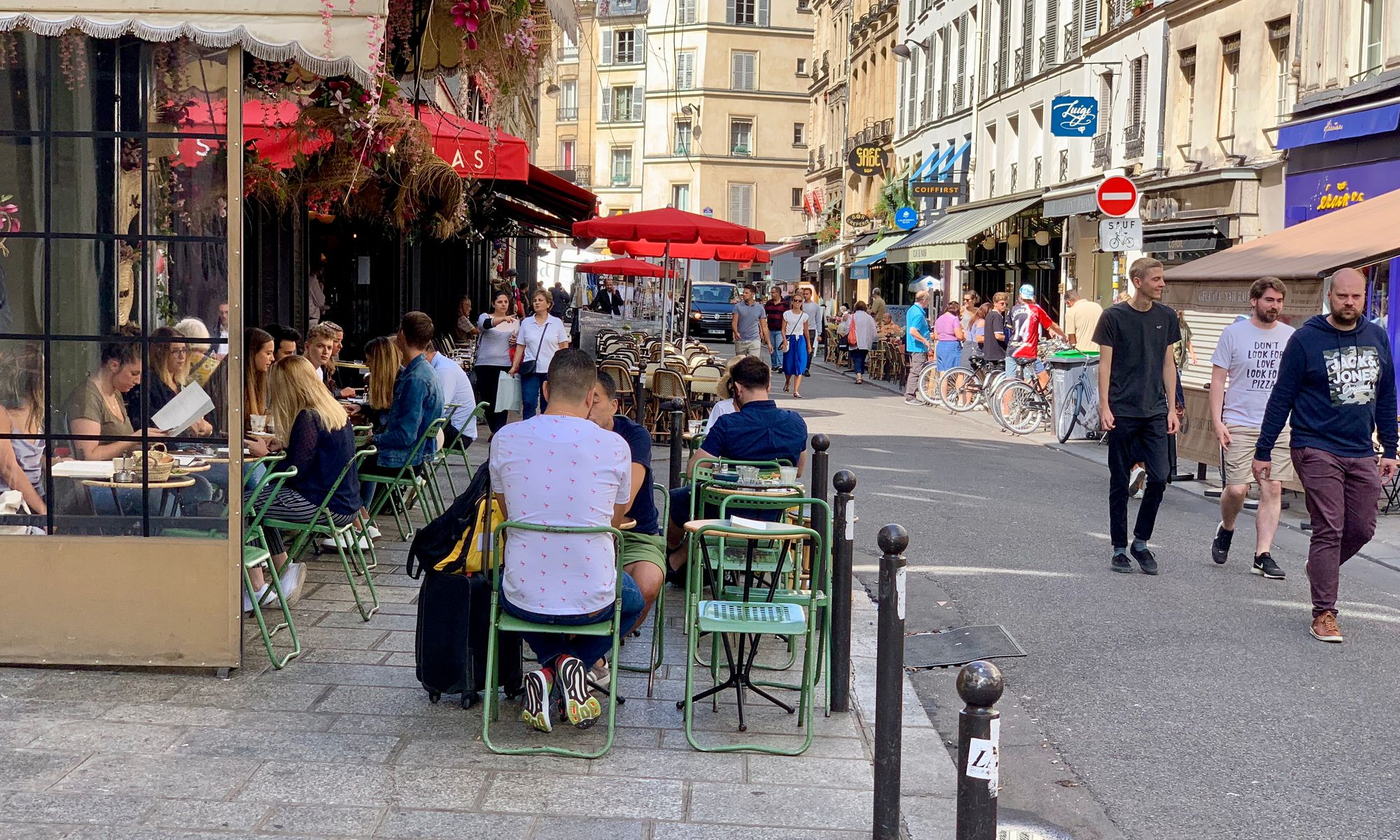
In Paris, people of all ages enjoy "Buren's Columns," a popular art installation. Young and old, very small children to teenagers. Different age groups define their own way of using them.
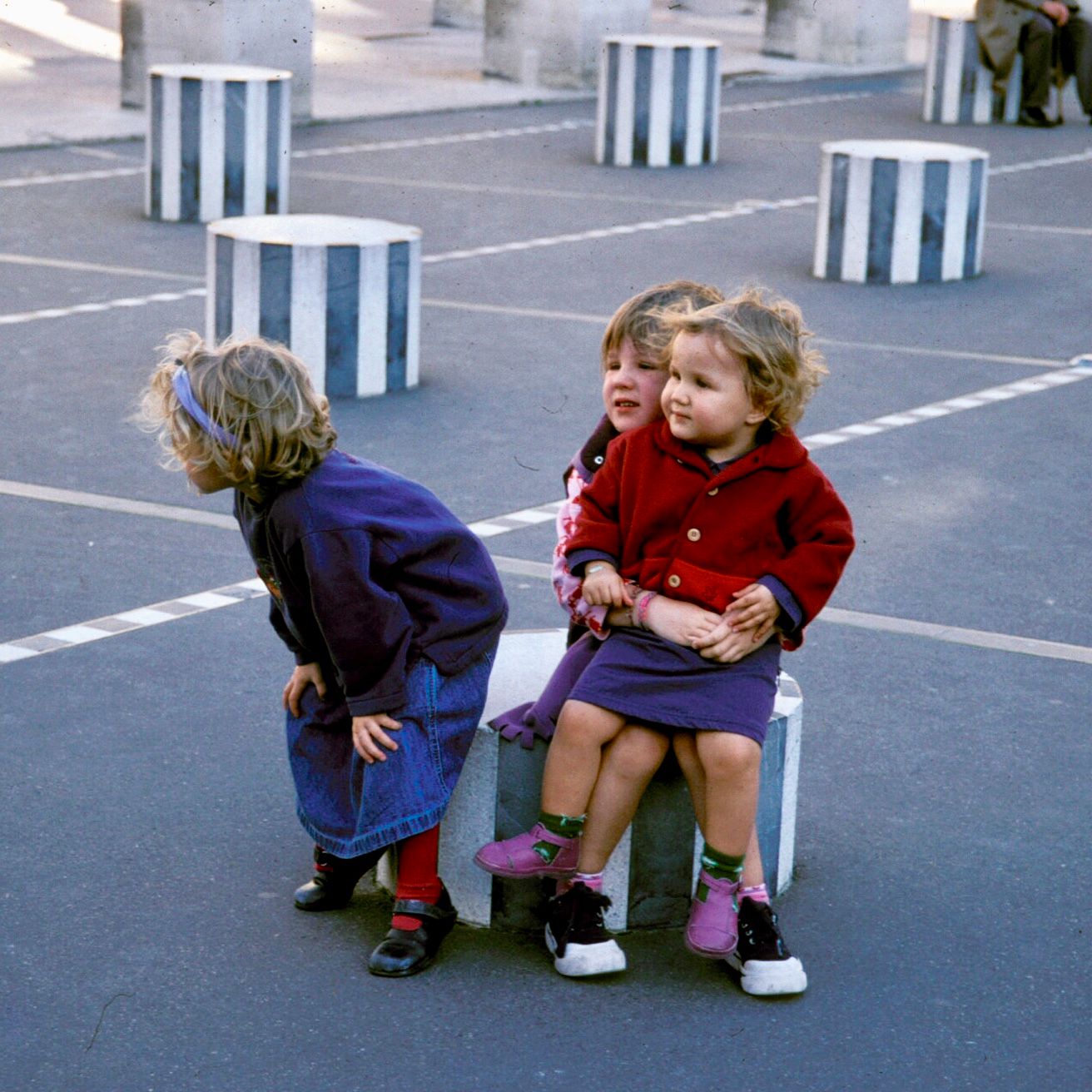
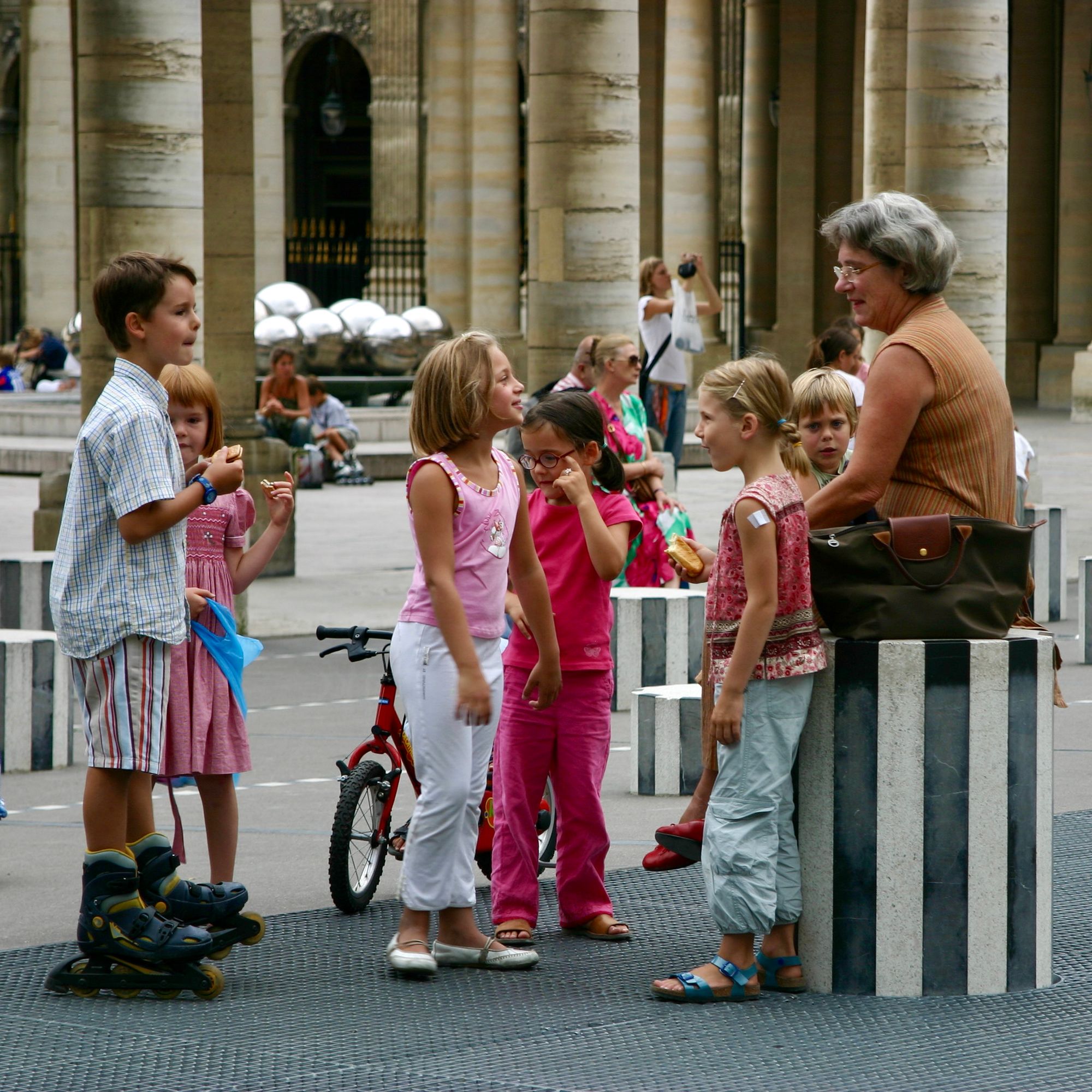
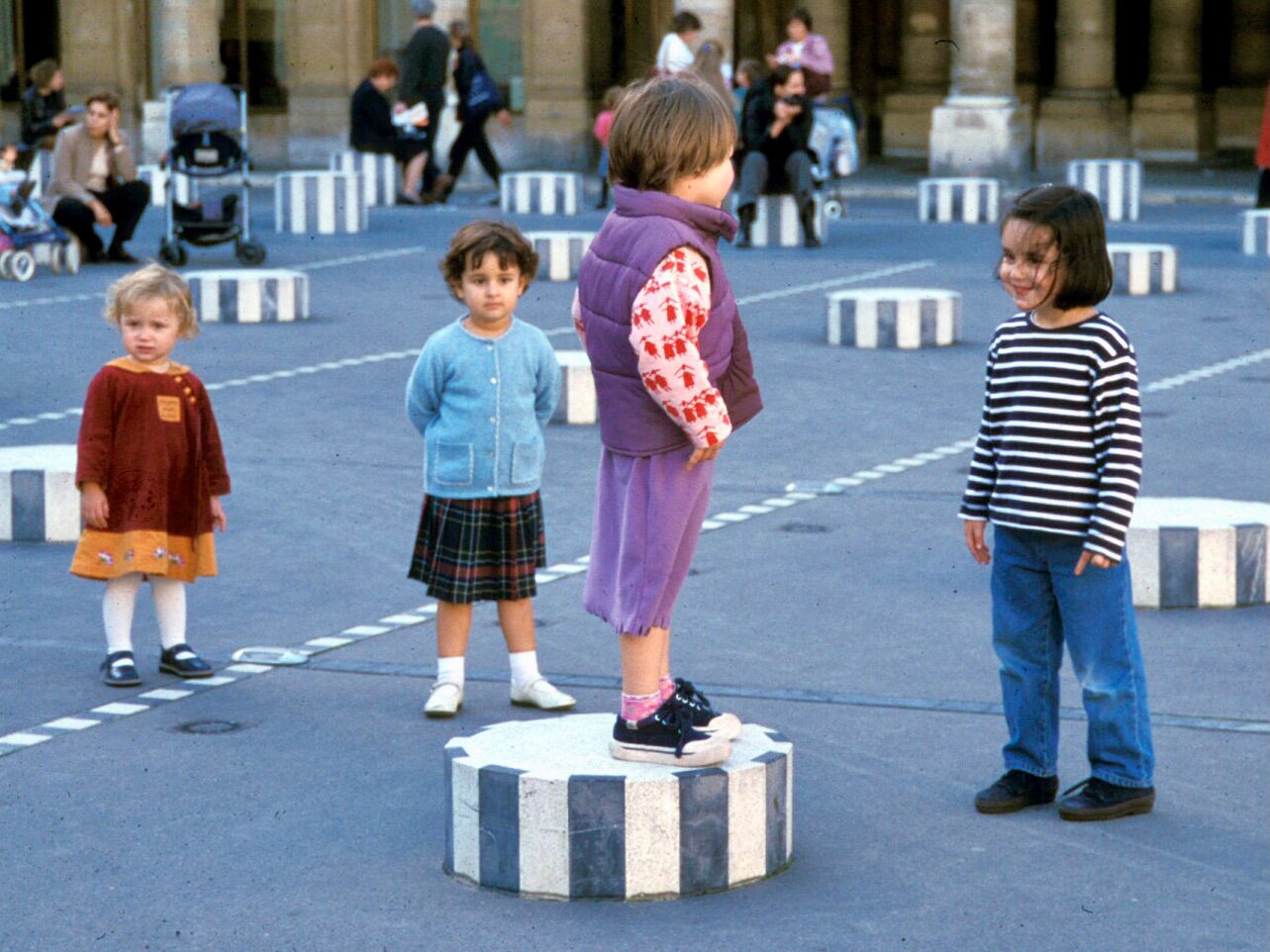
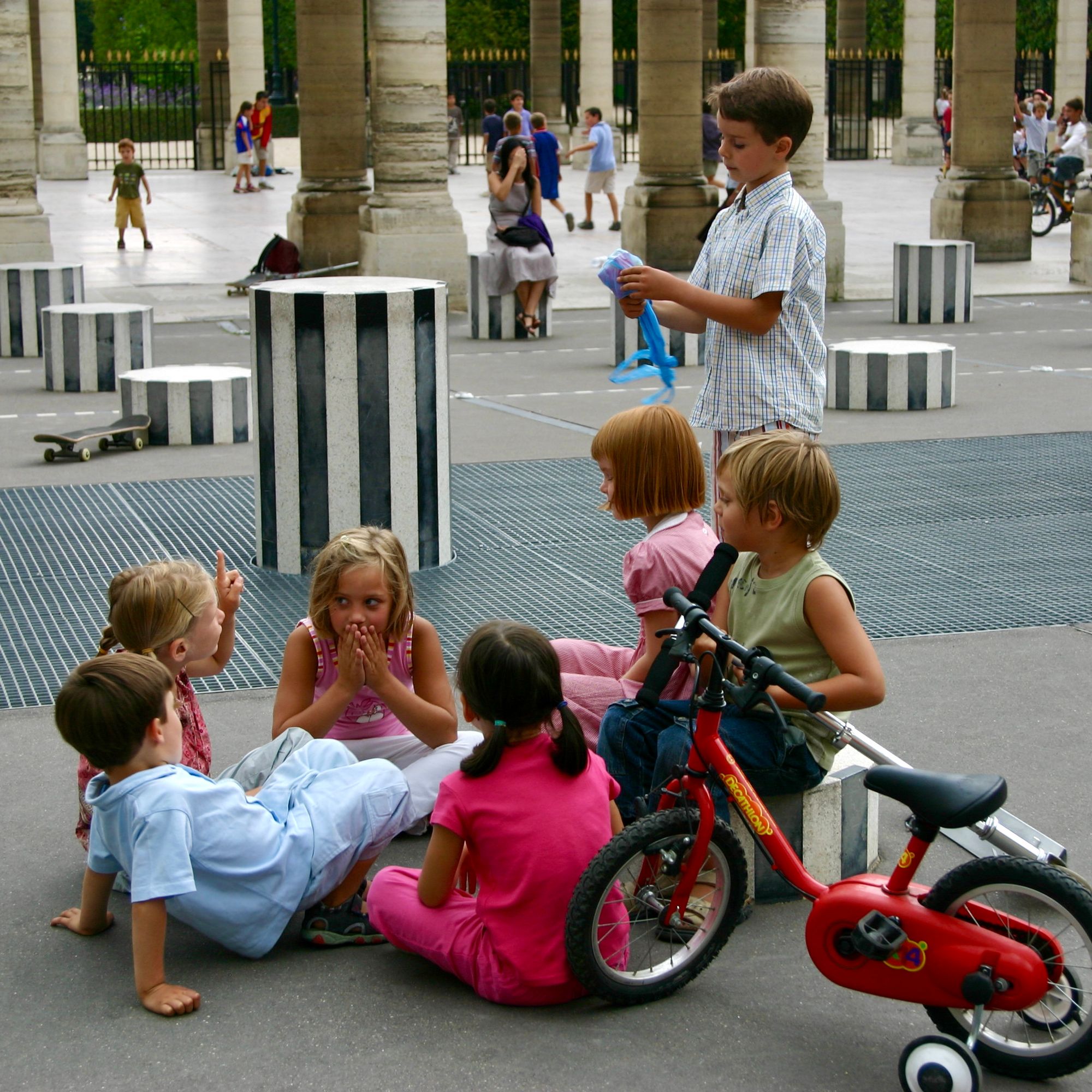
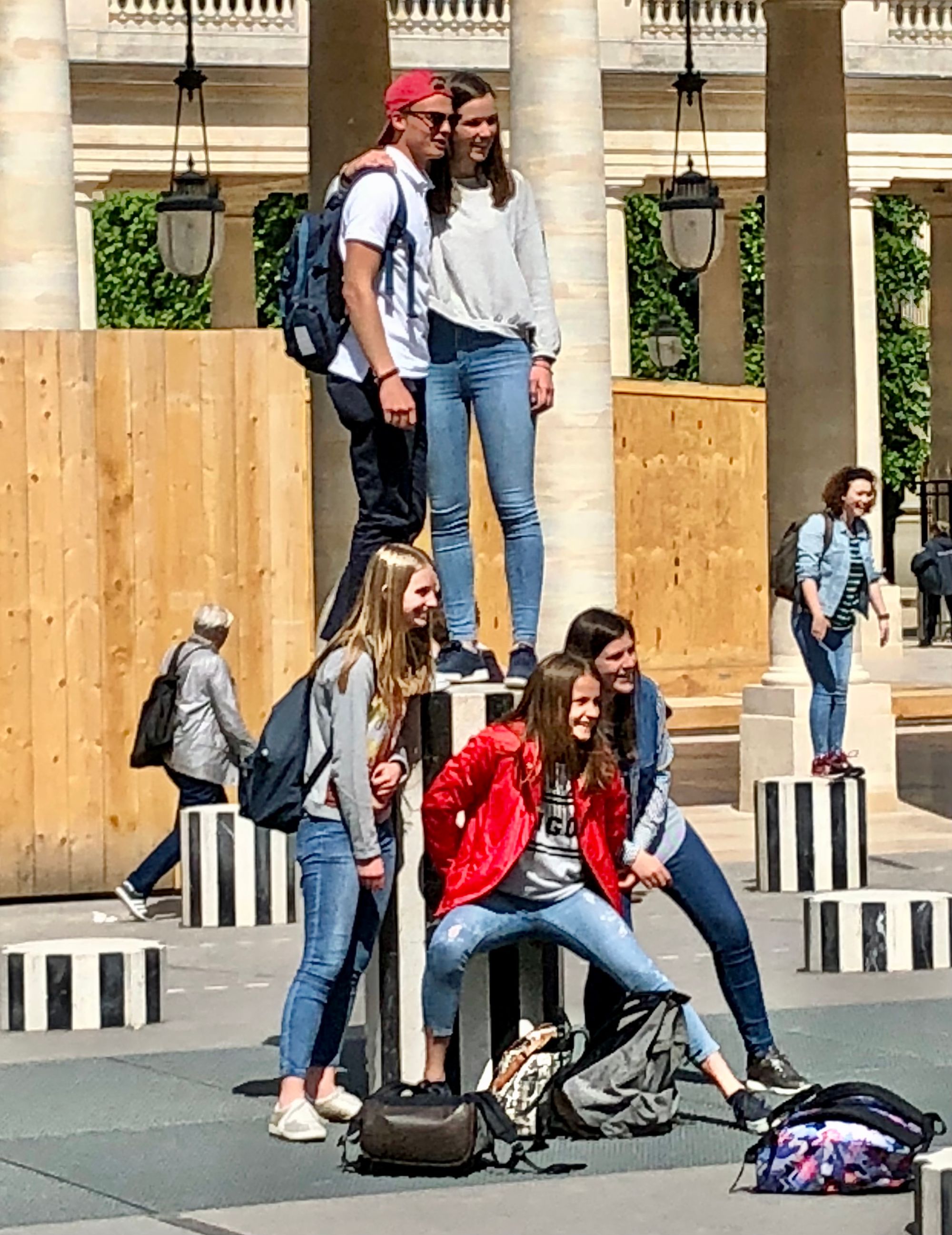
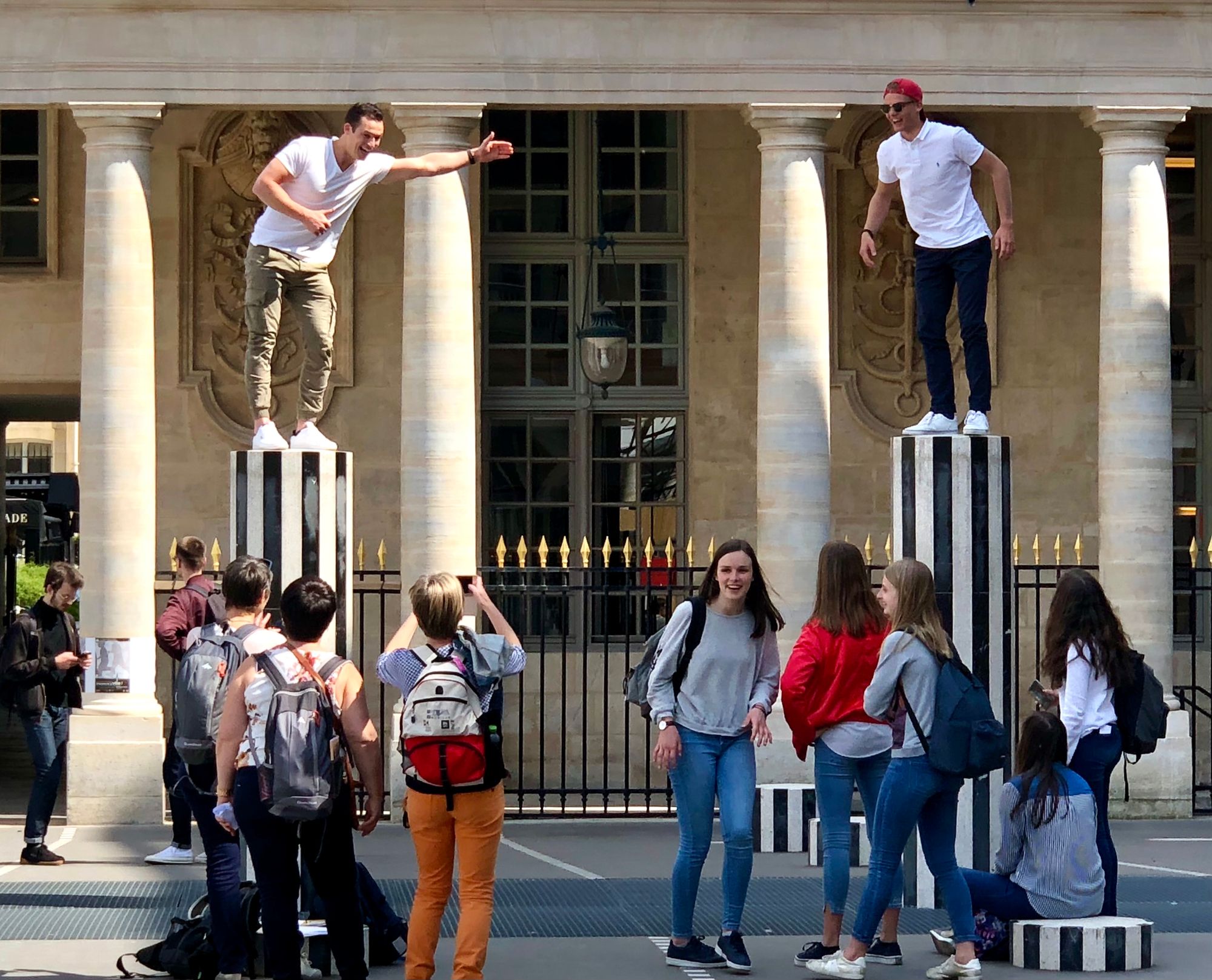

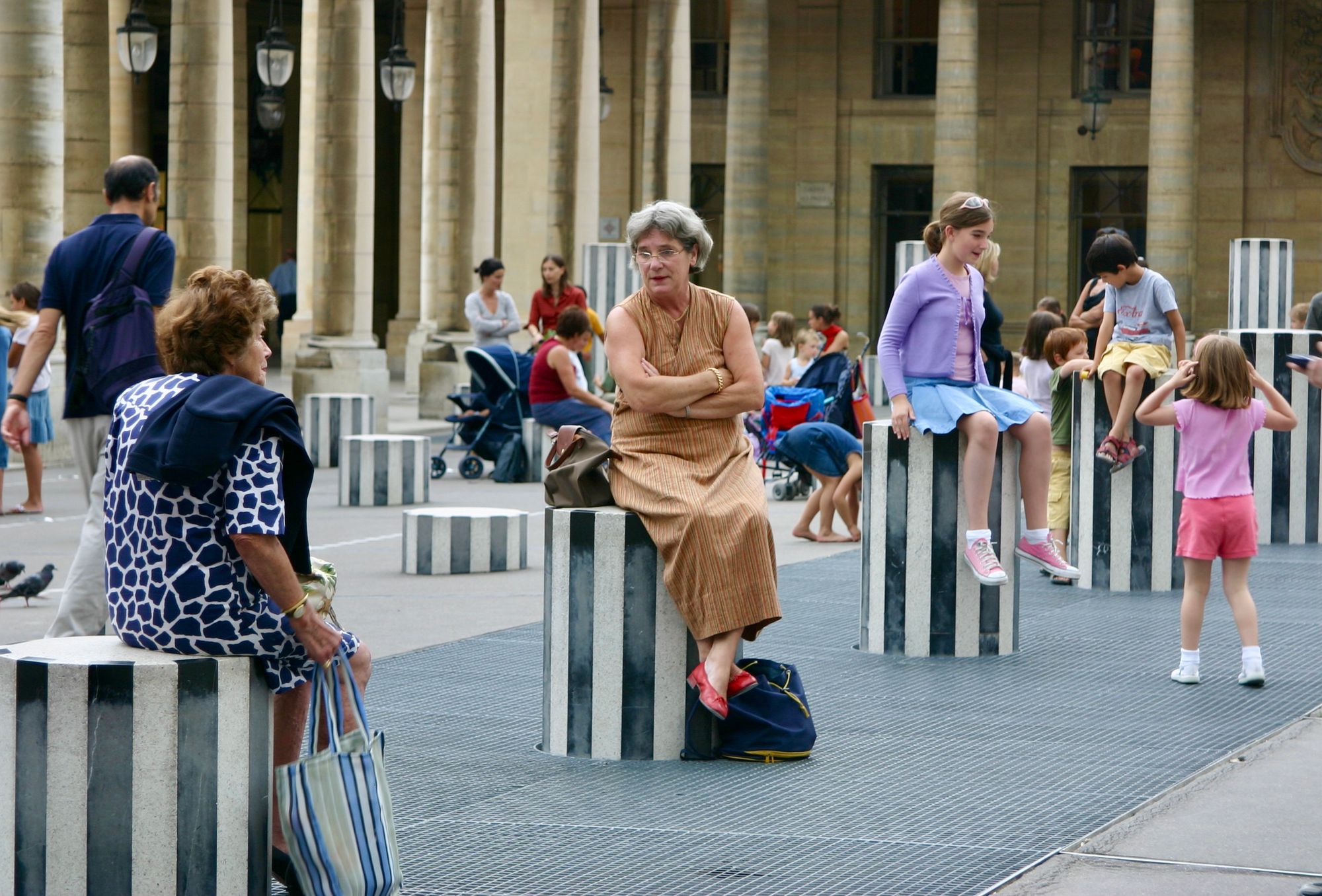
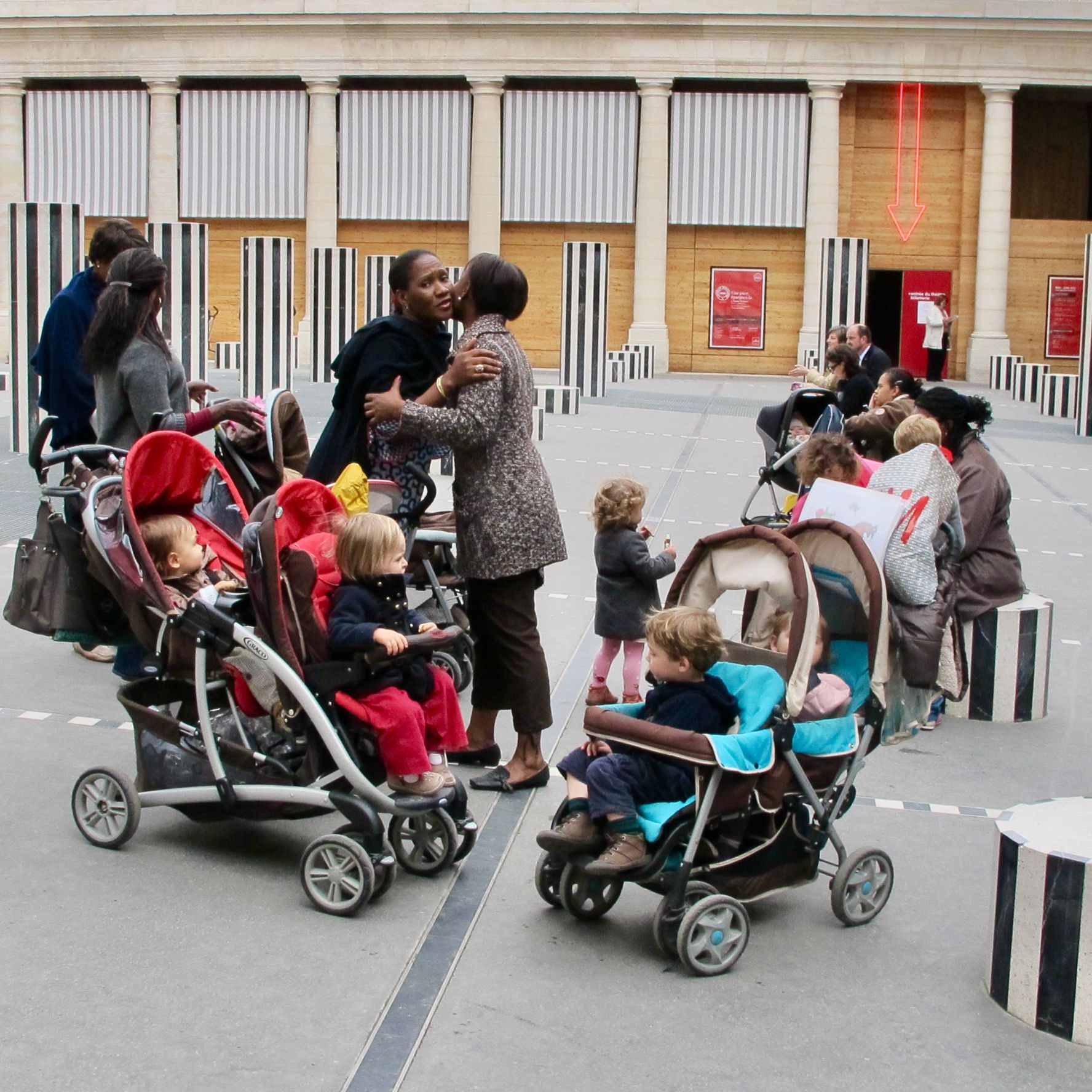
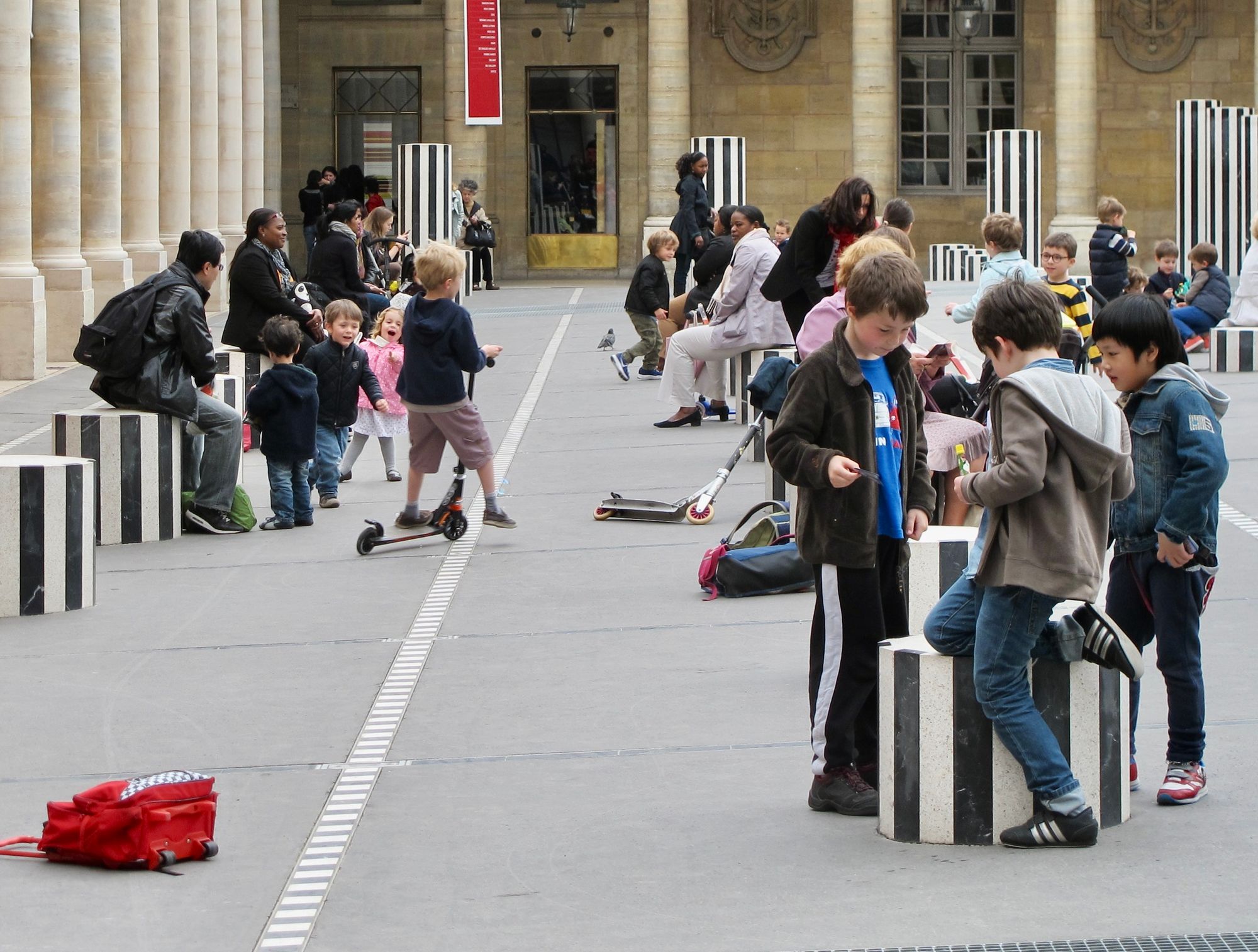
Even the chains that link certain bollards are used to sit or lean or even play on.
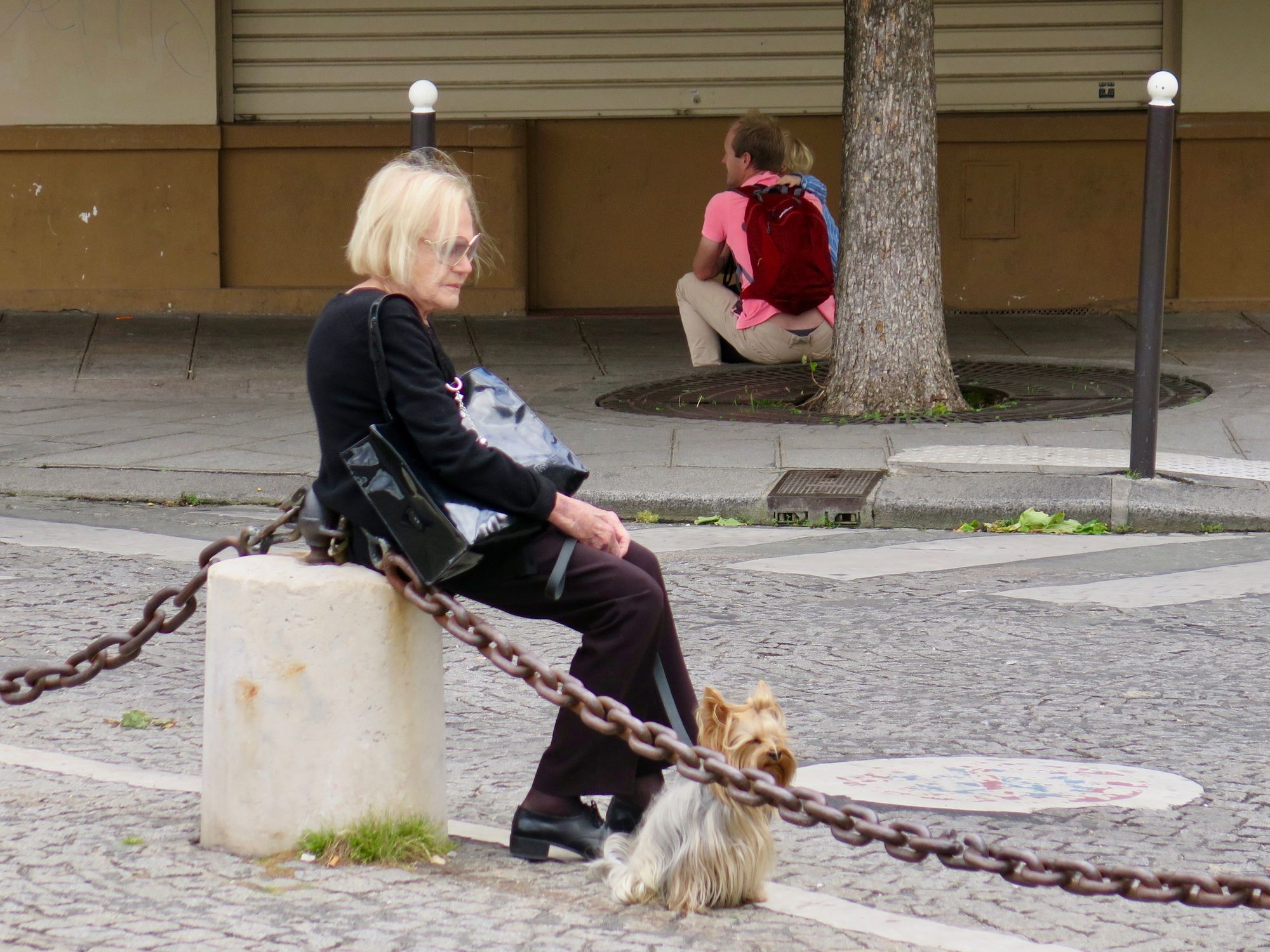
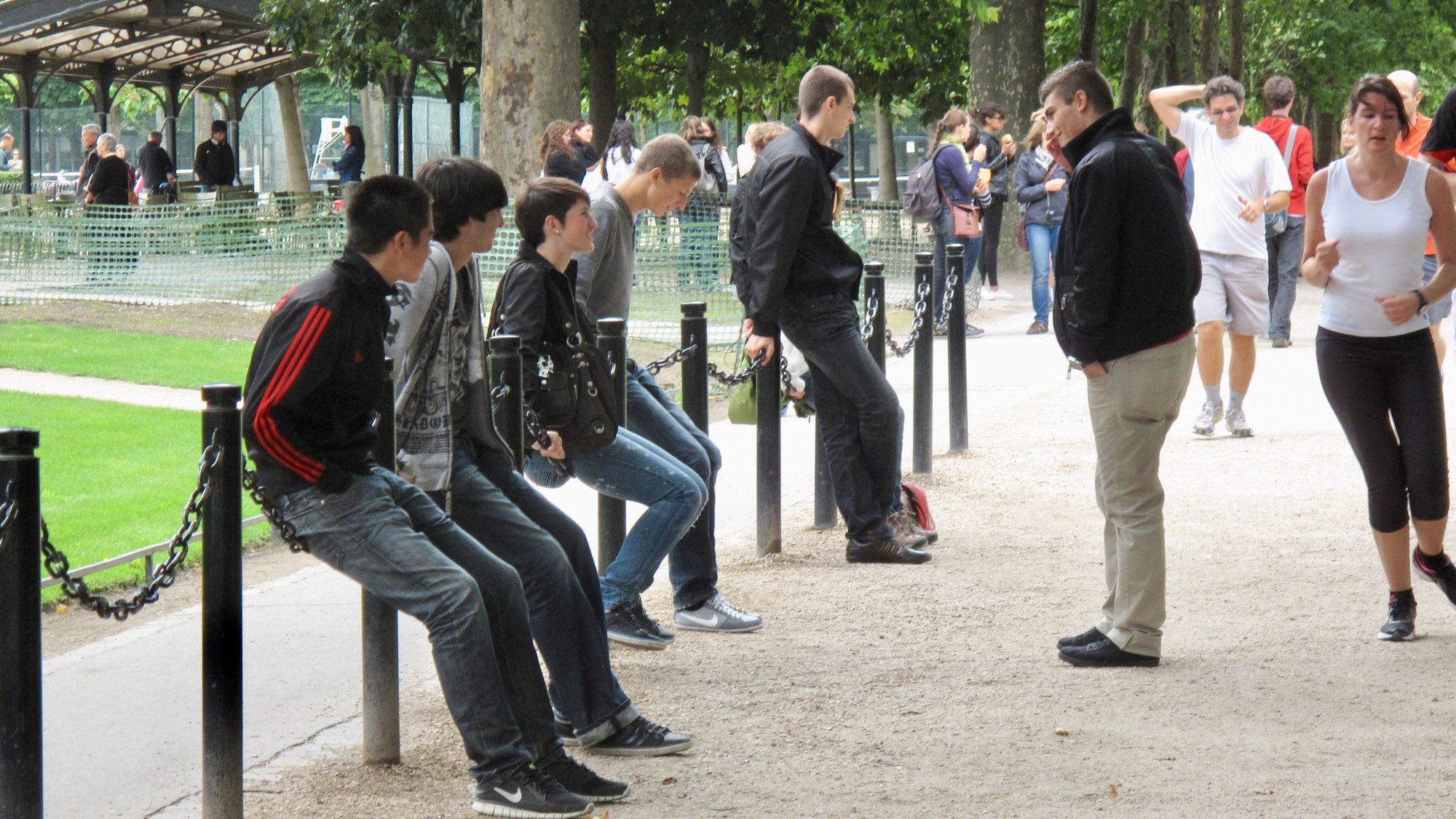
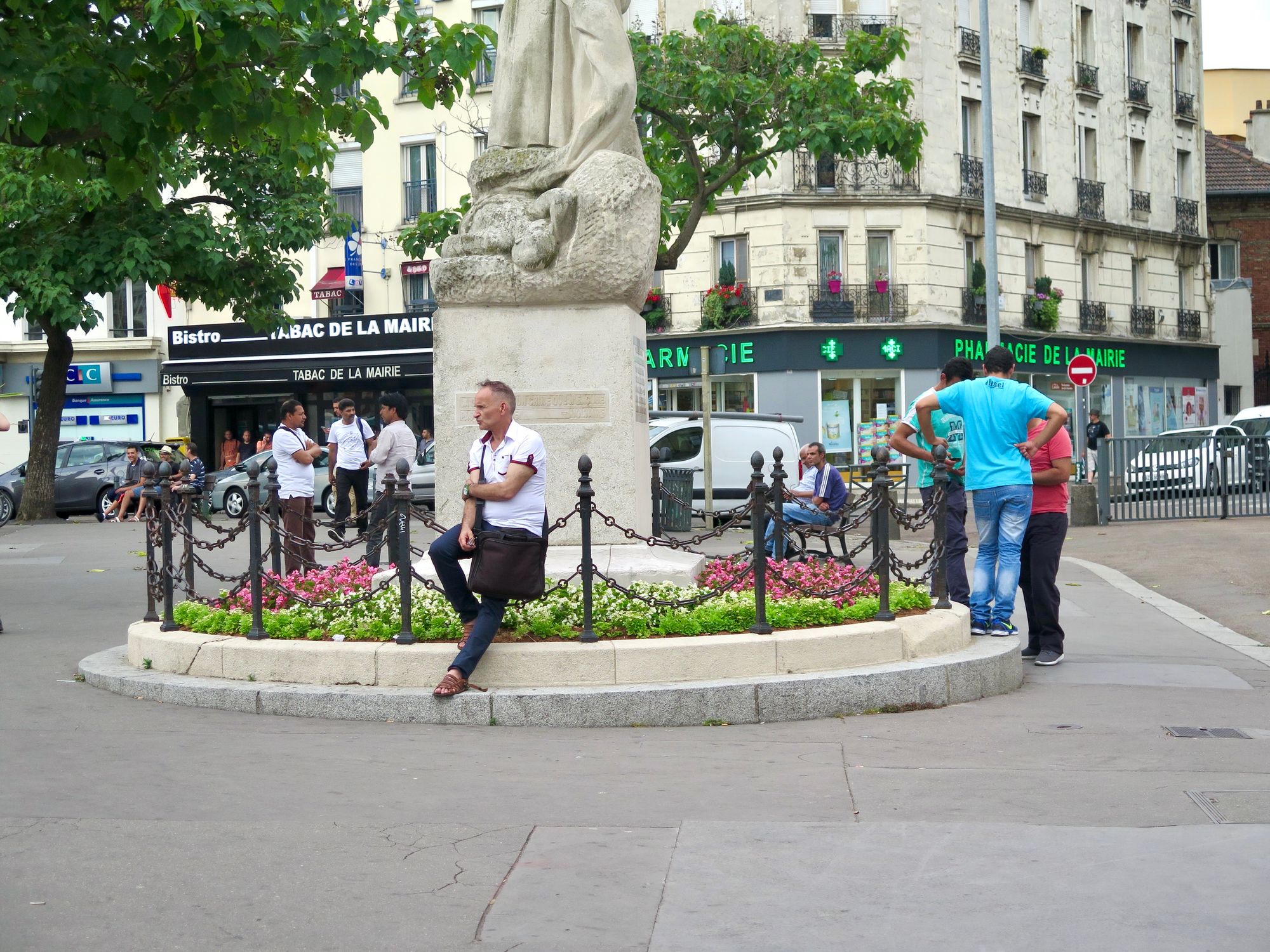
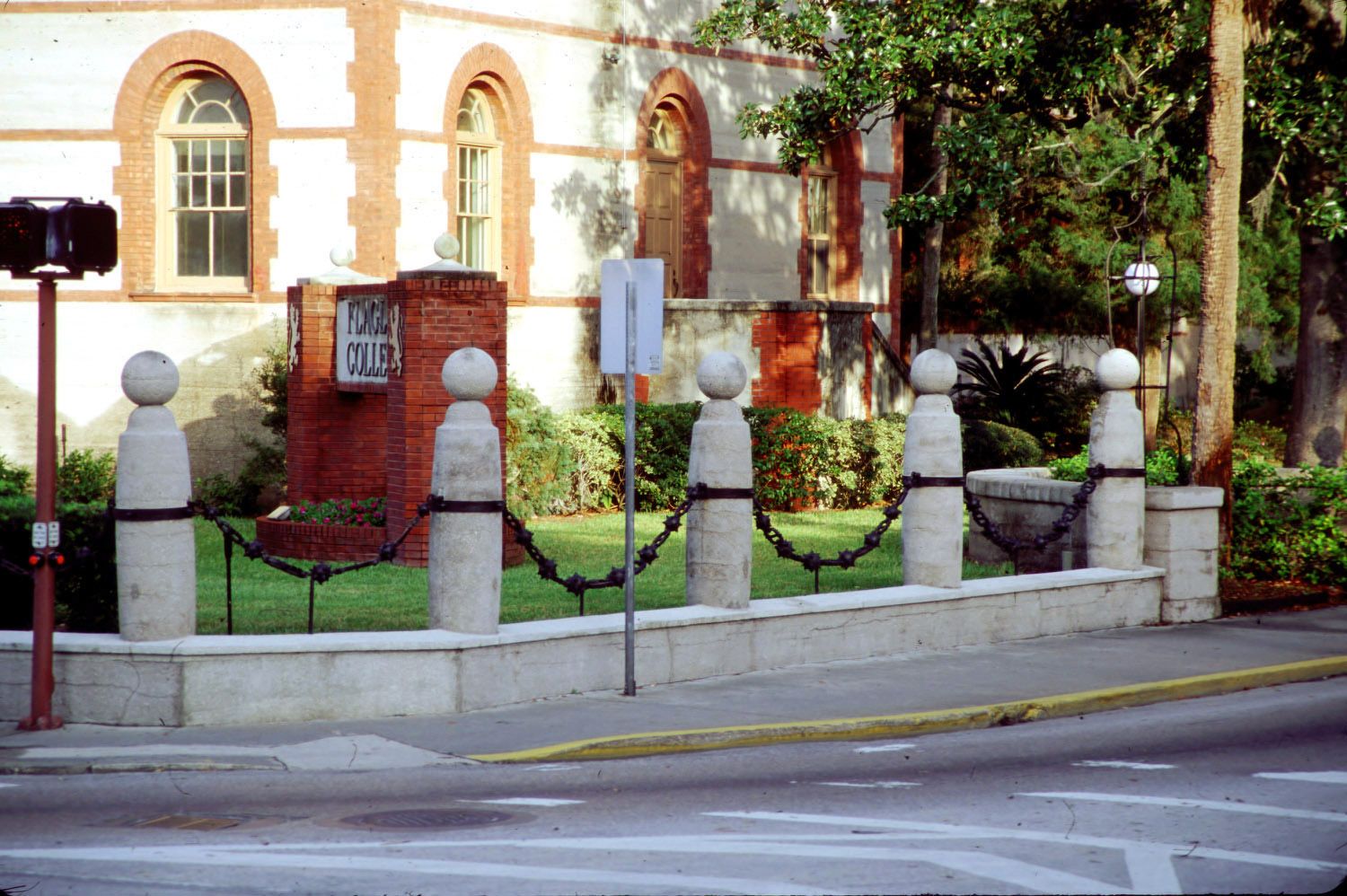
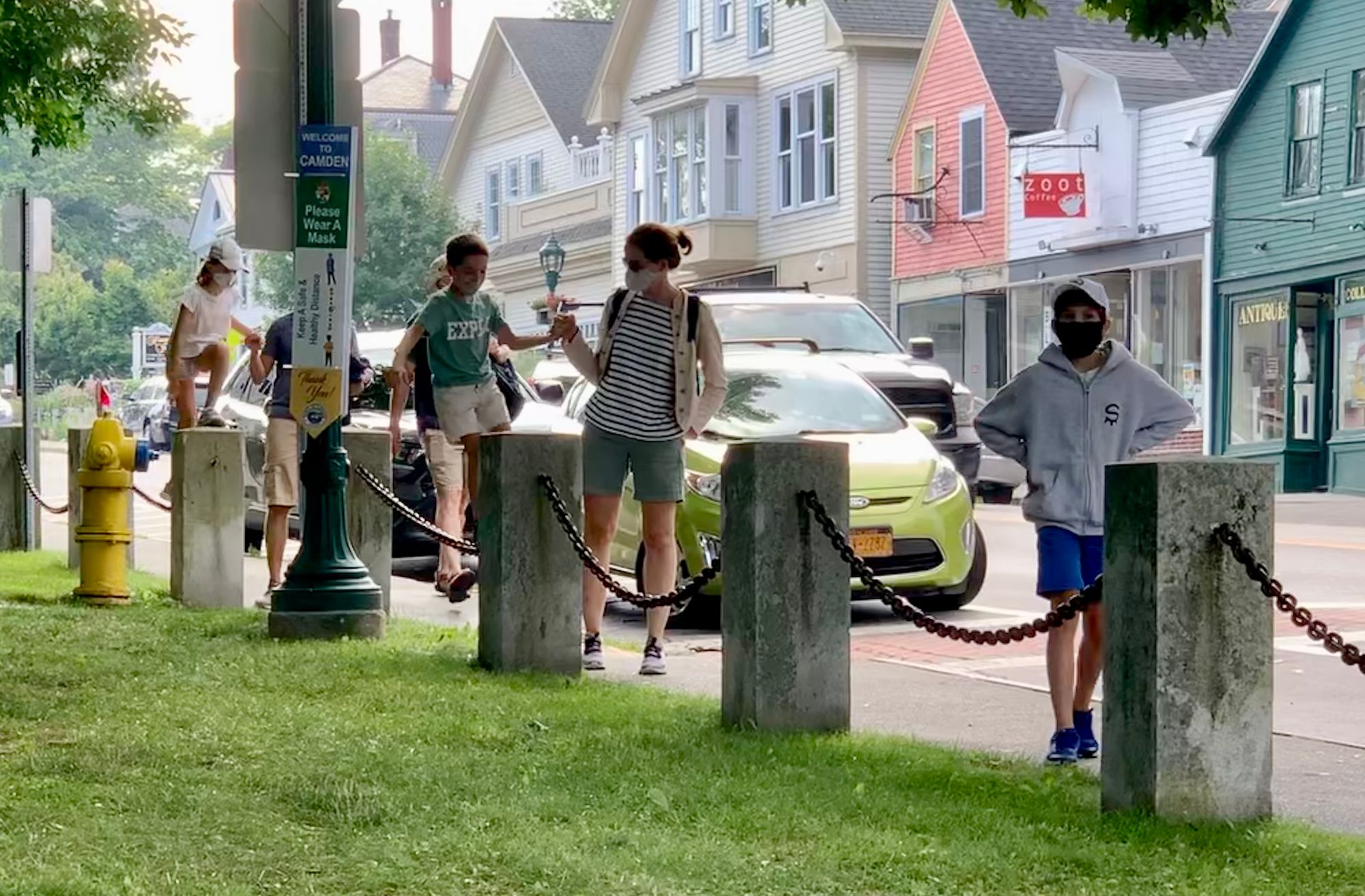
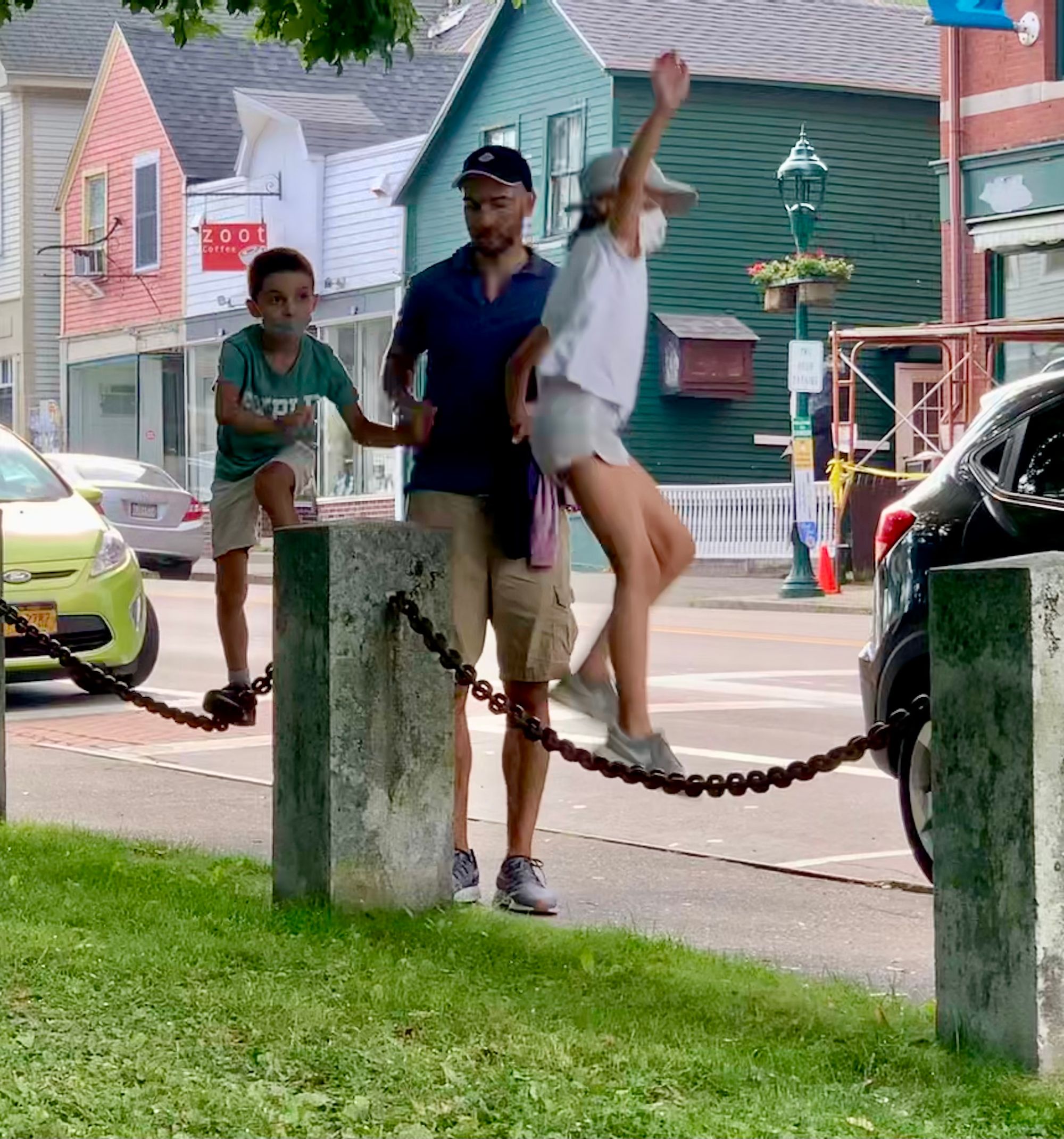
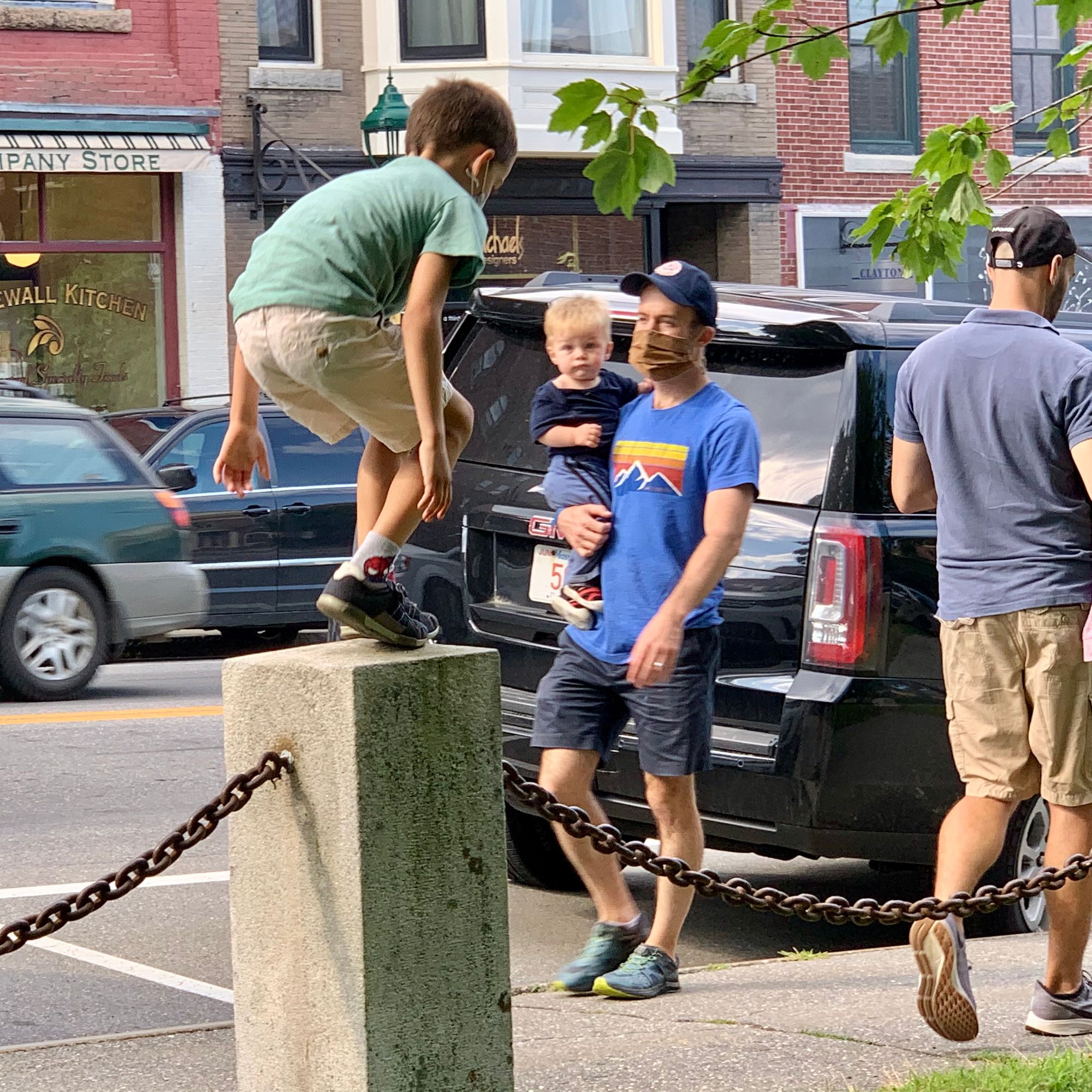
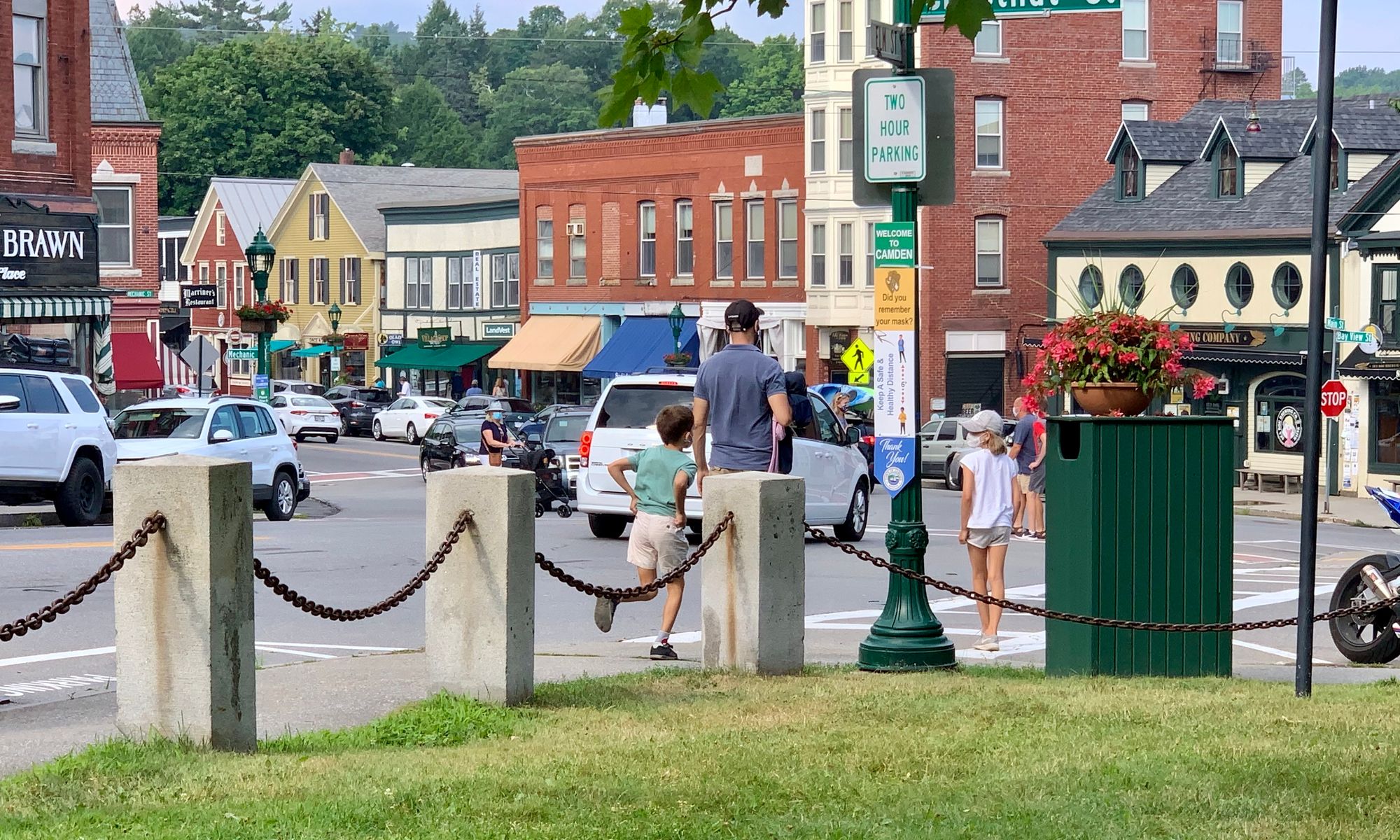
Camden, Maine - Playing on chains on the edge of small park as one enters the downtown.
Though perhaps simple or unappealing at first glance, even solid concrete bollards are used in interesting ways.
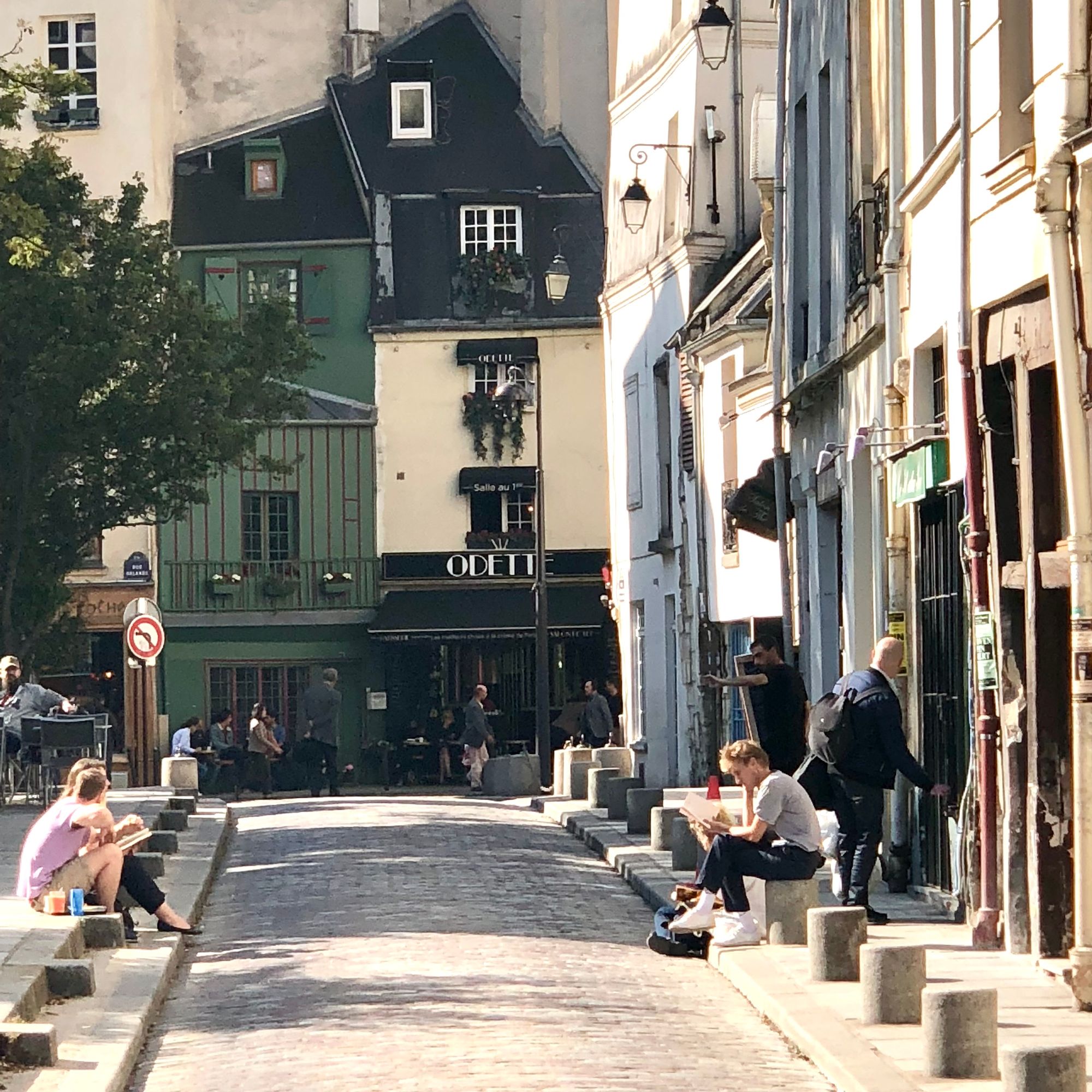
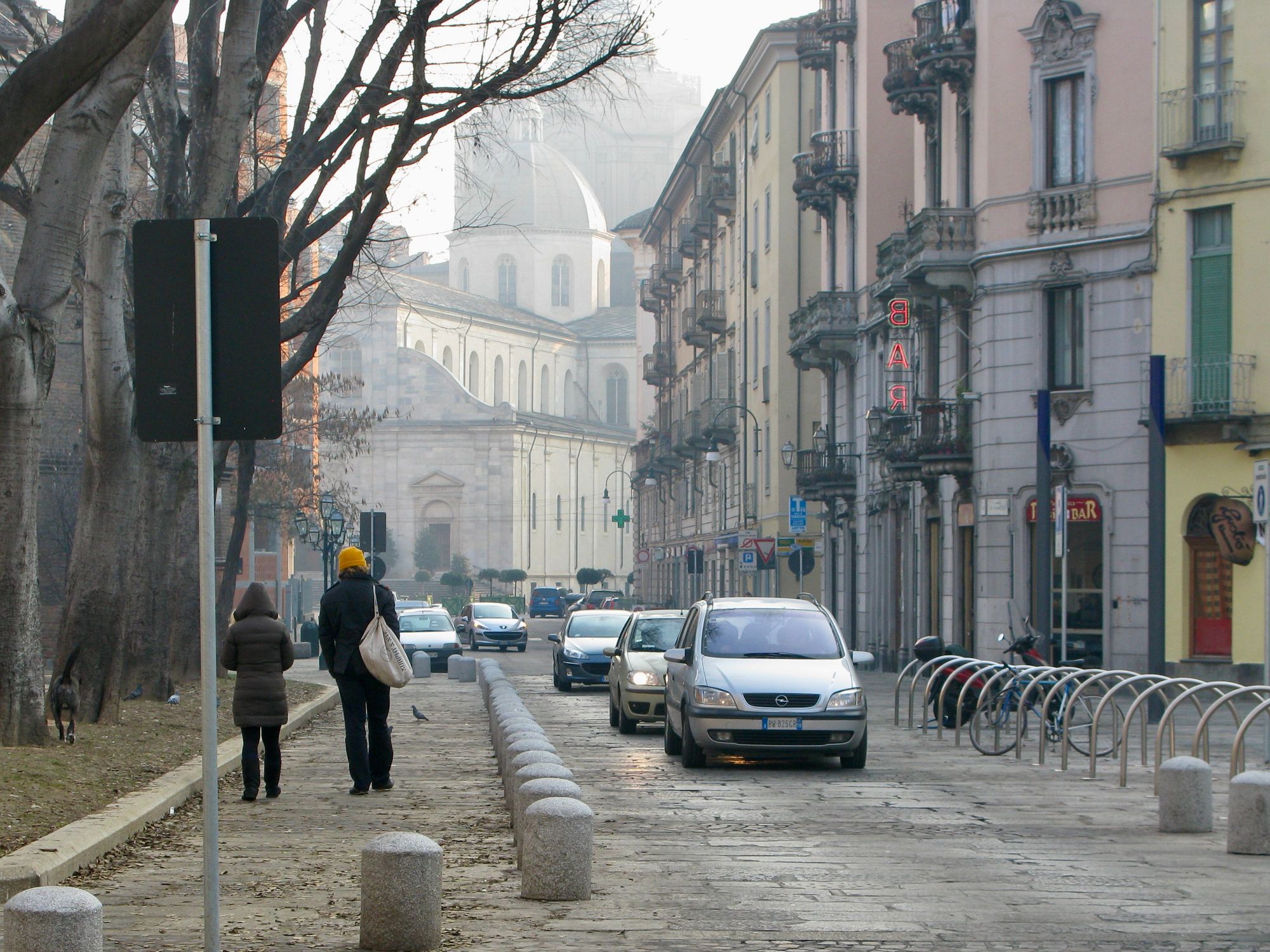
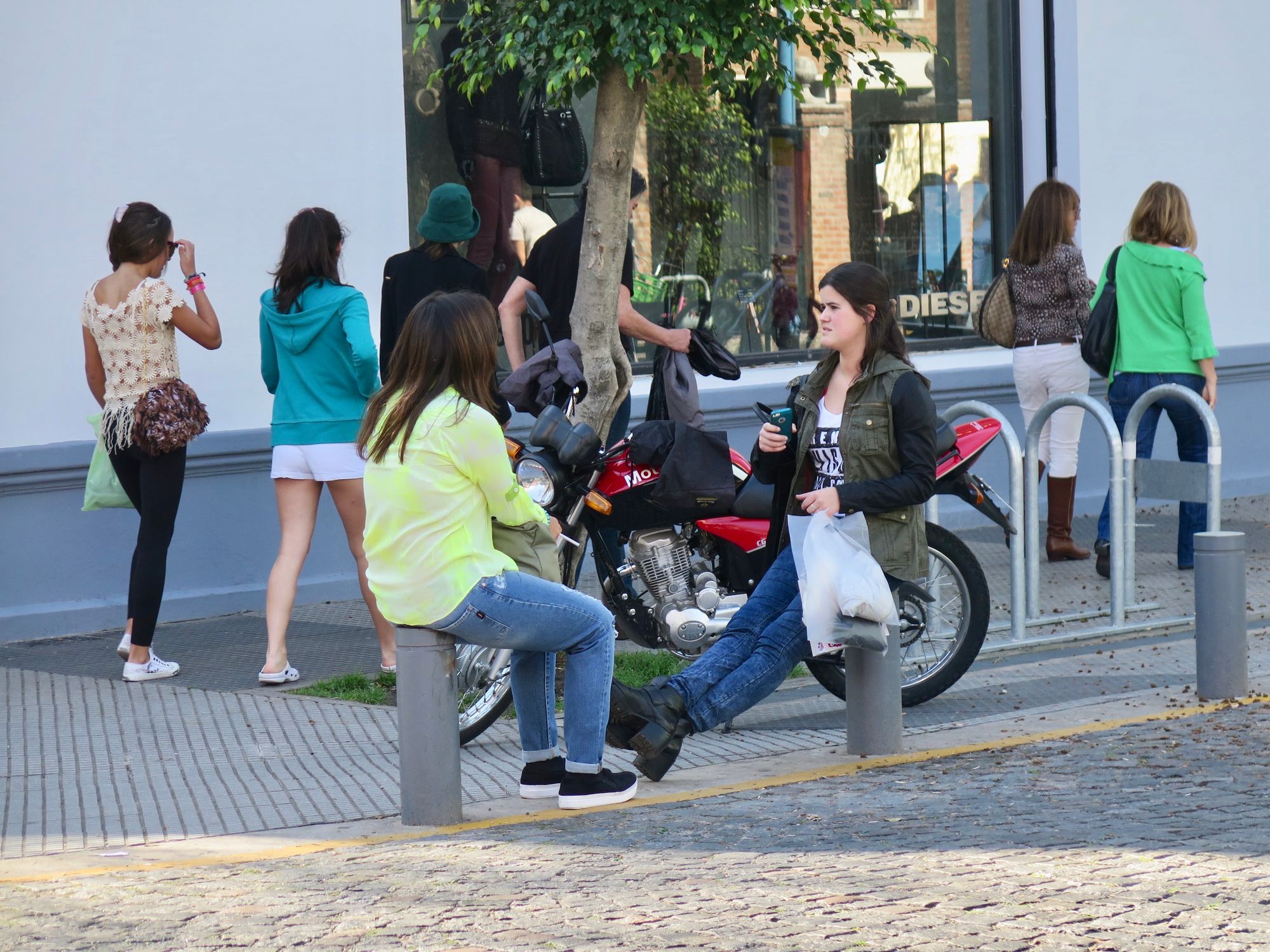
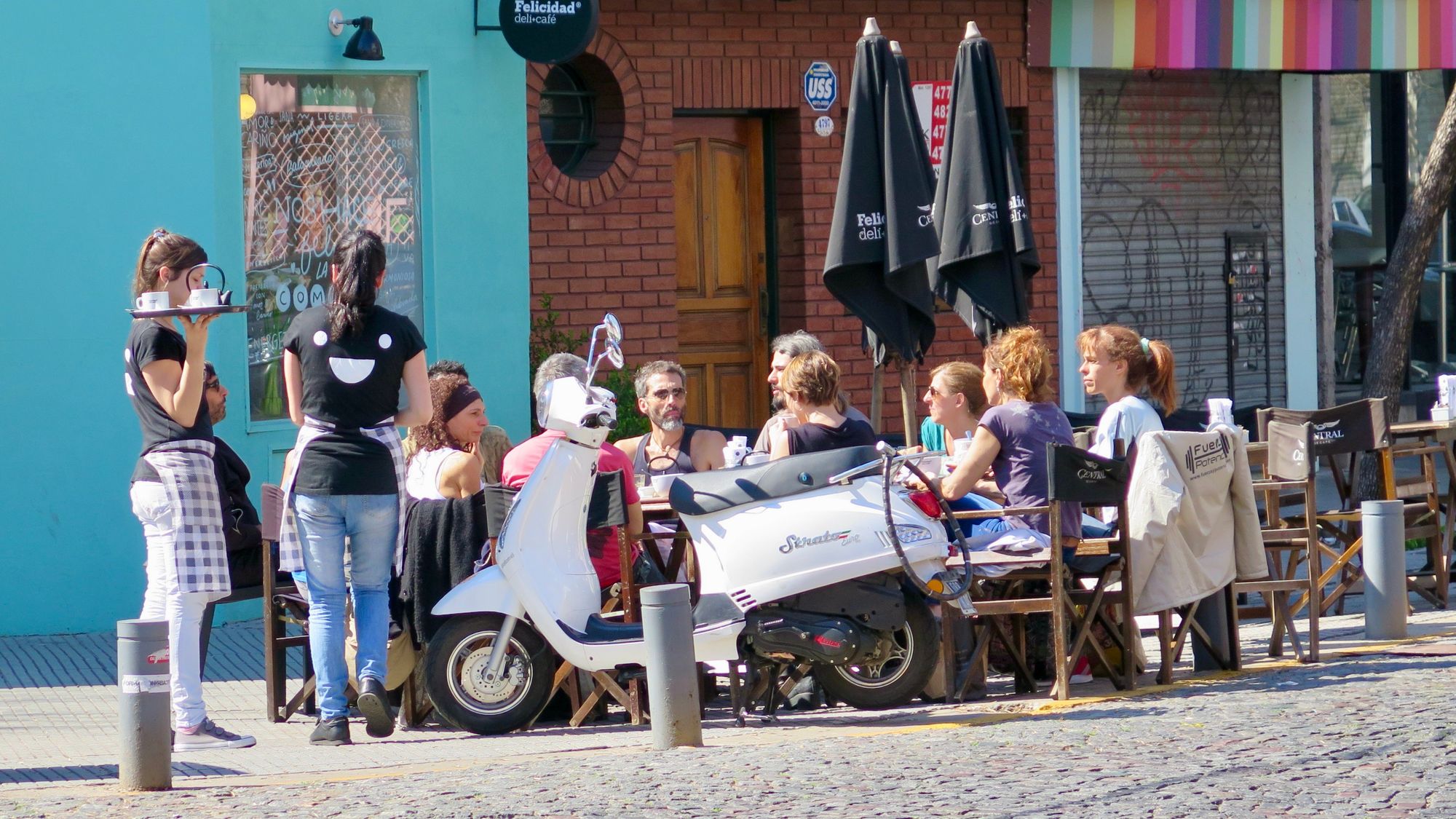
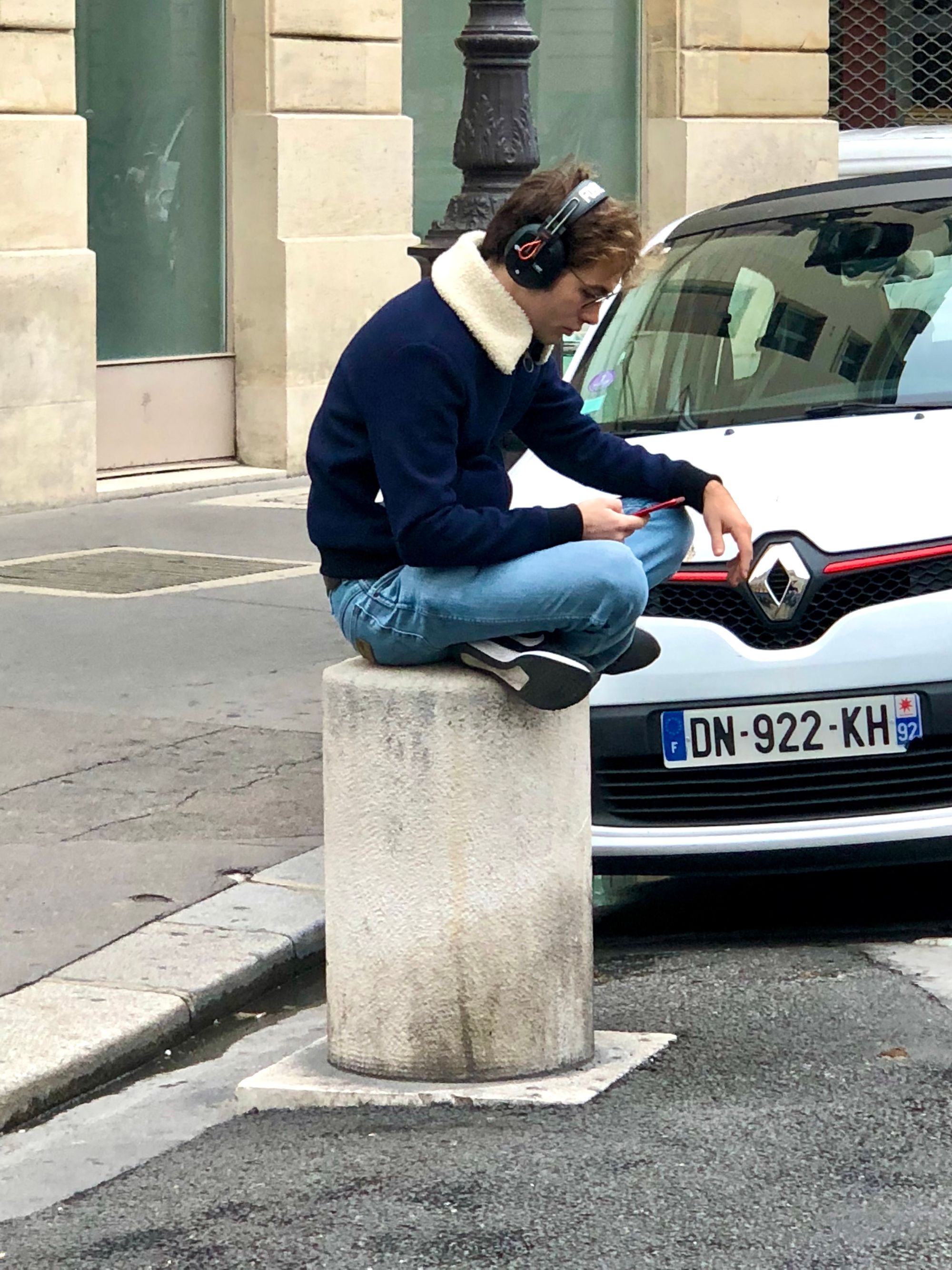
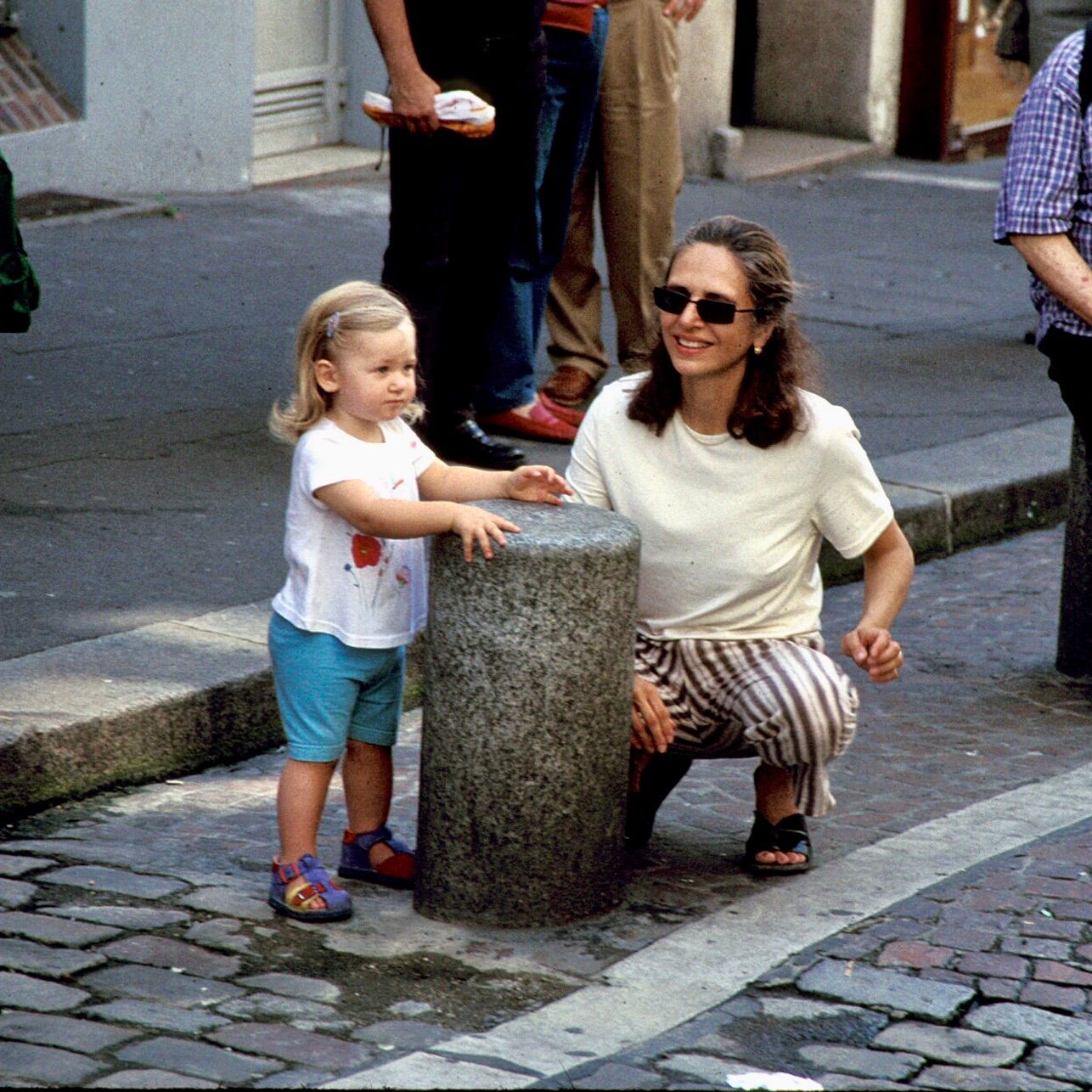
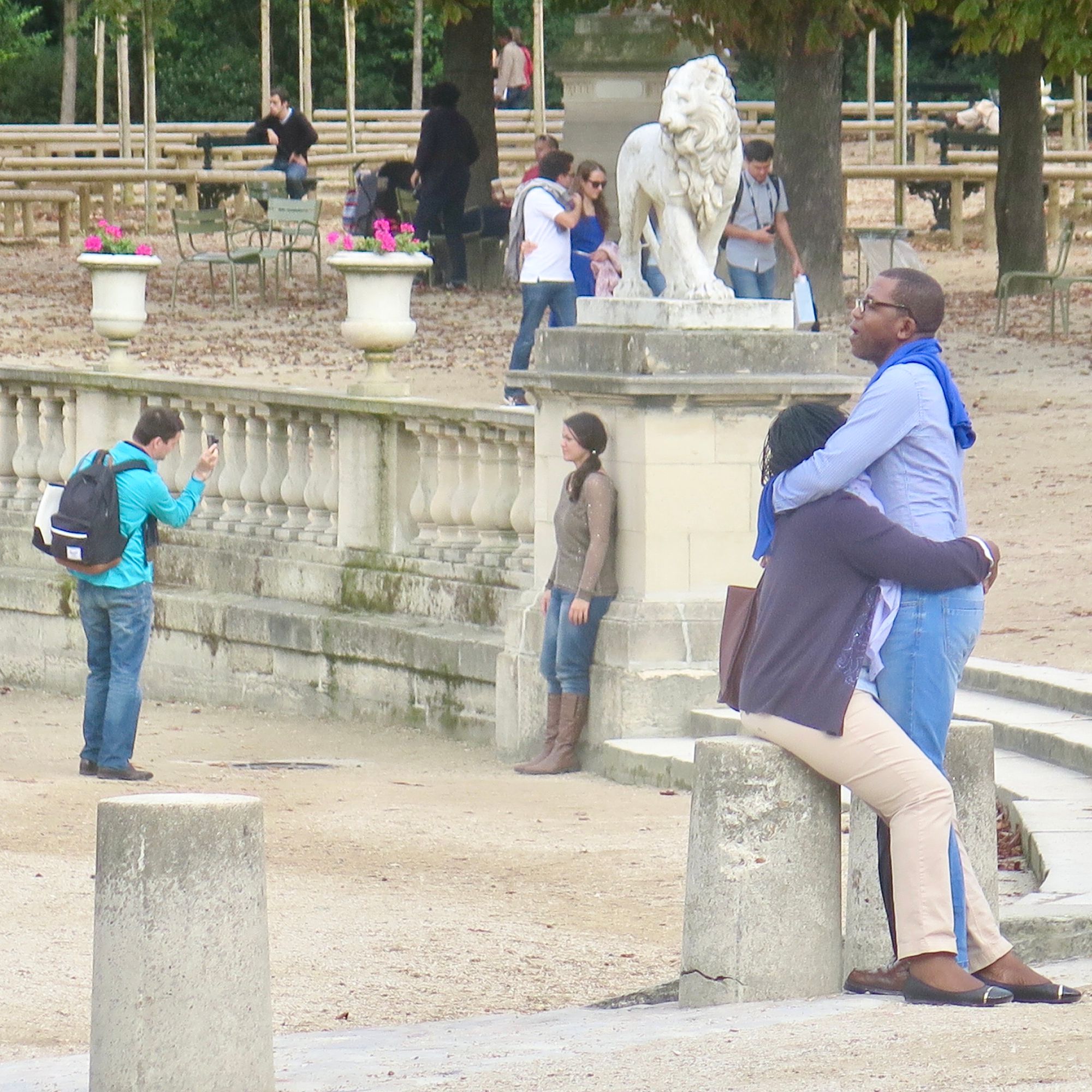
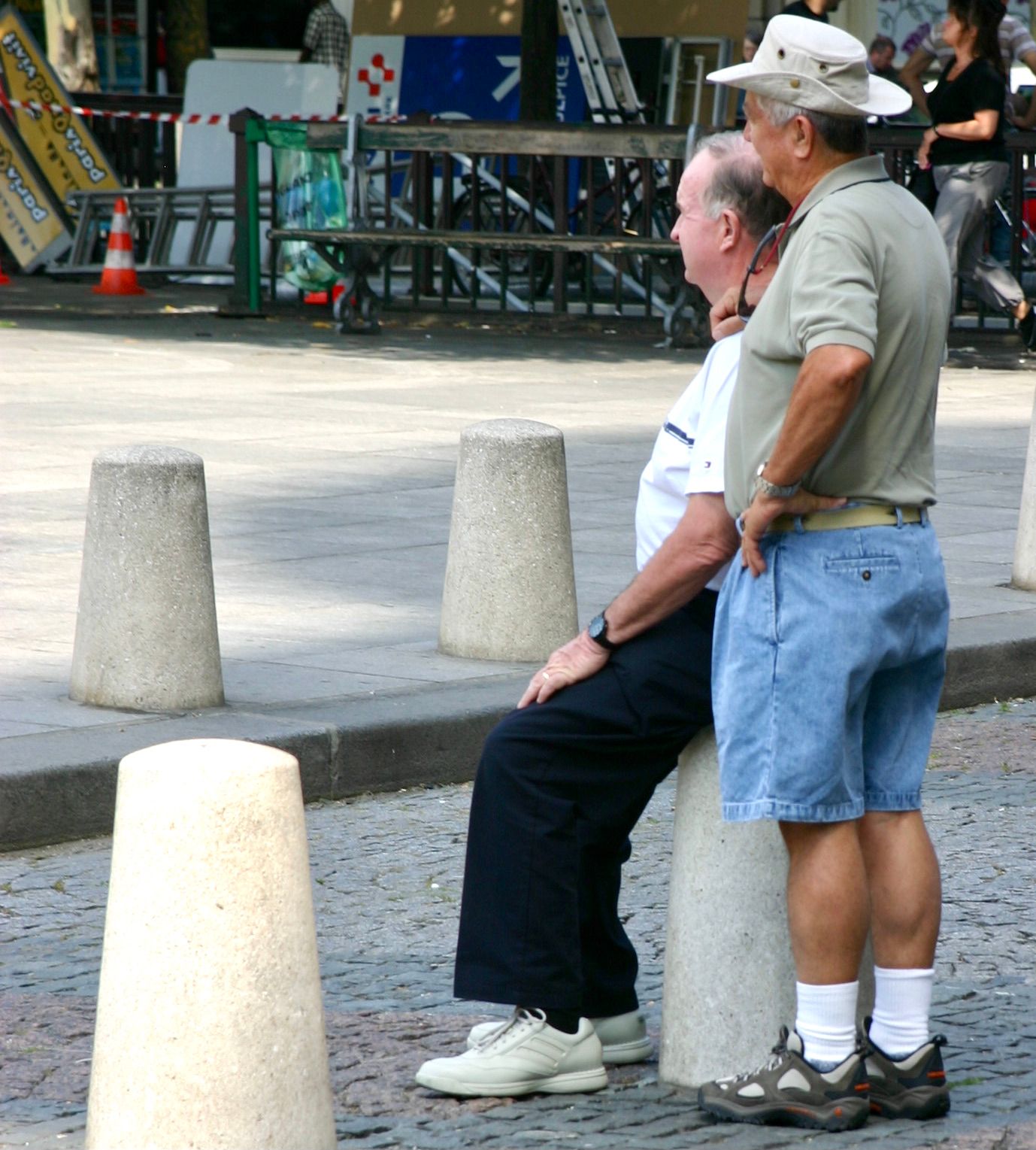

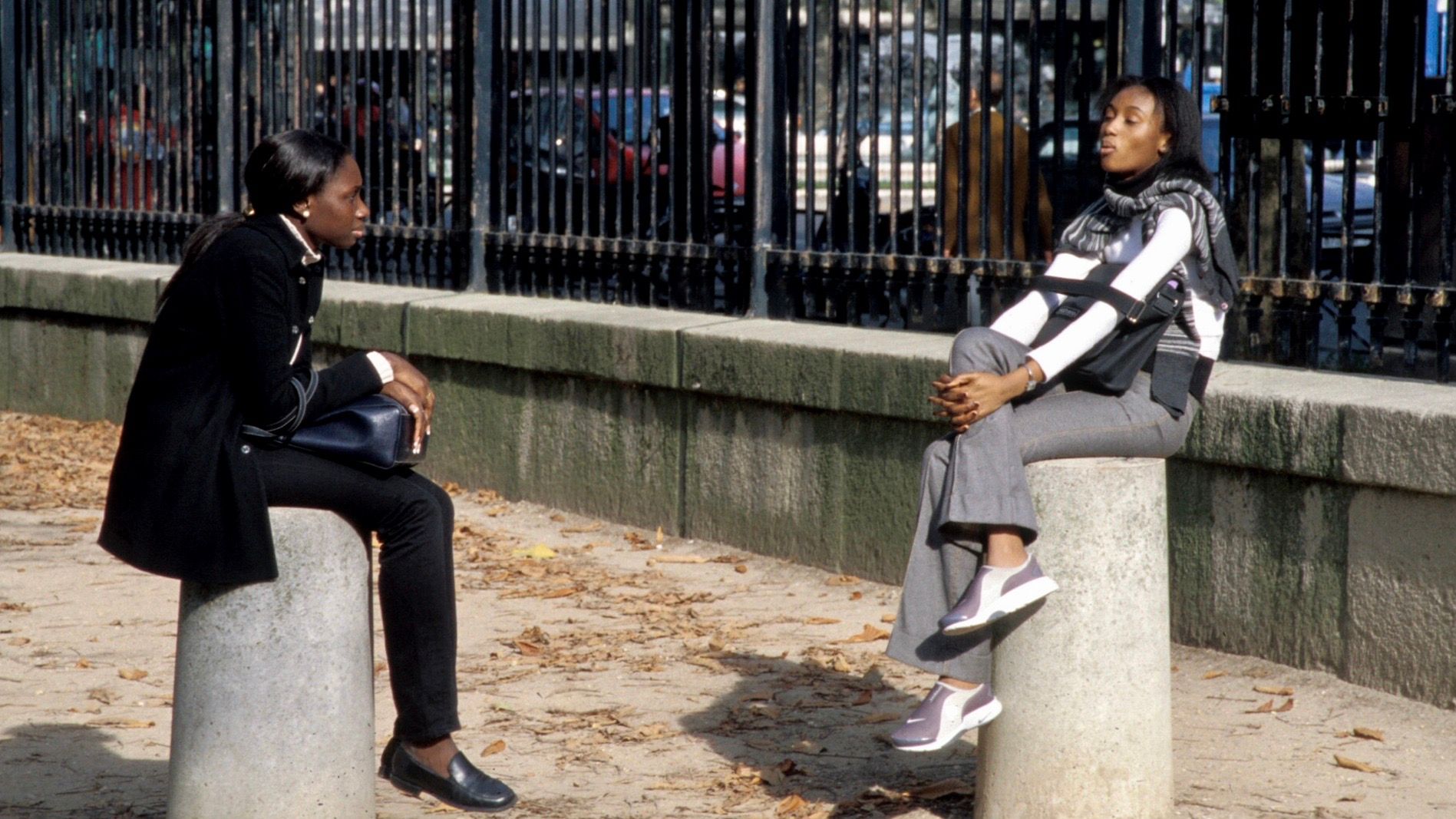
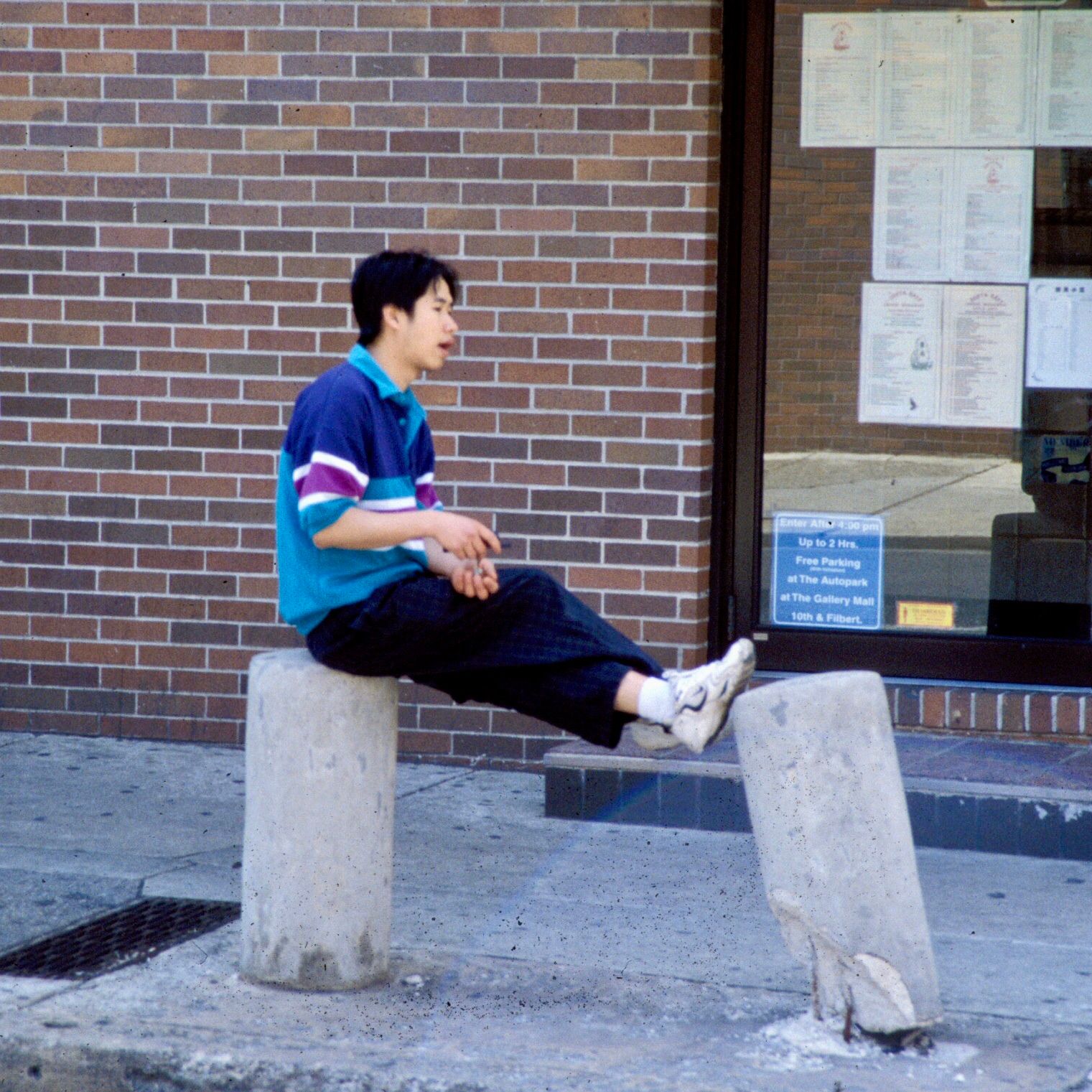
Bollards can also define the edges of special places, like historical buildings, plazas, monuments, or fountains.
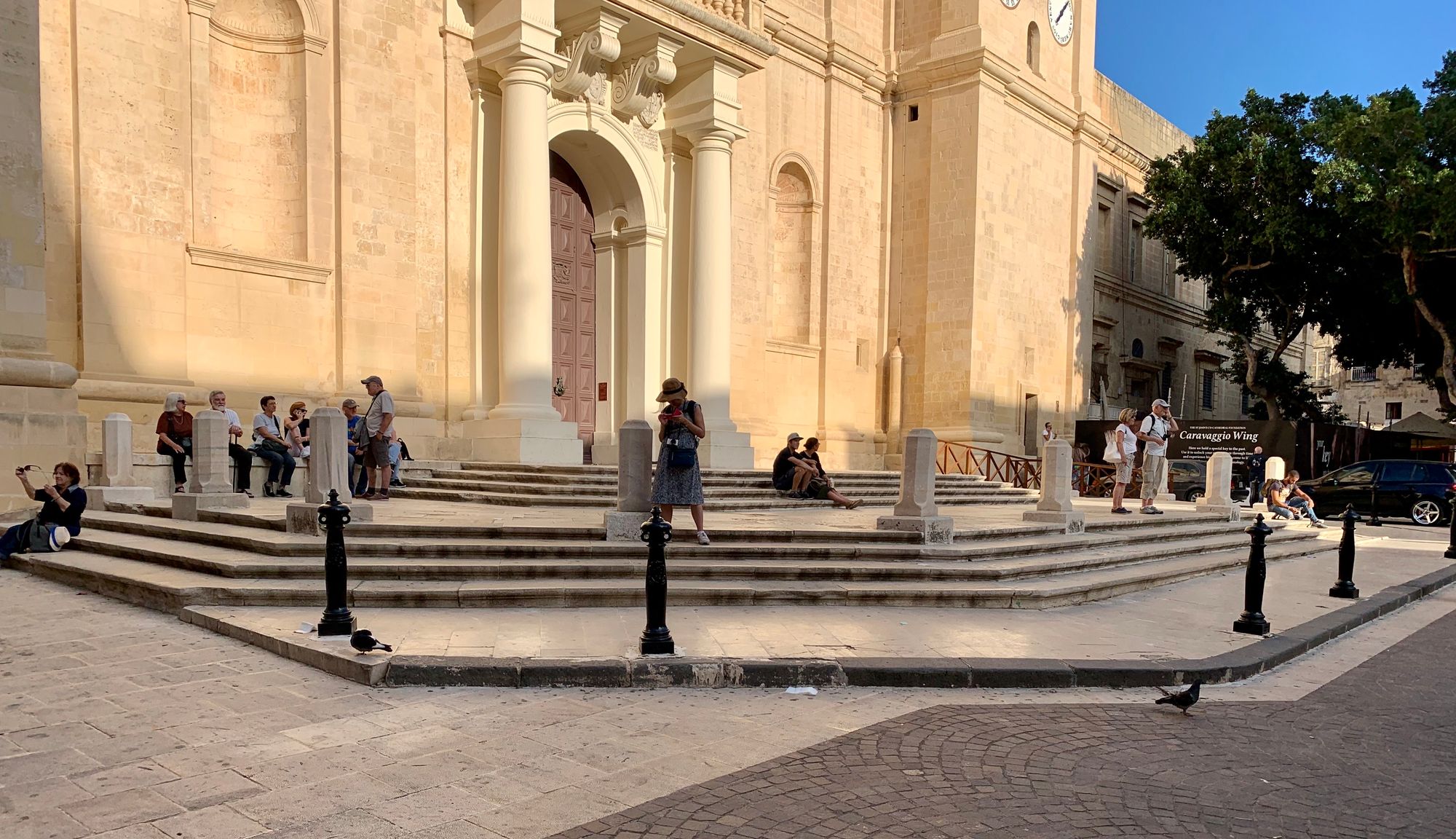
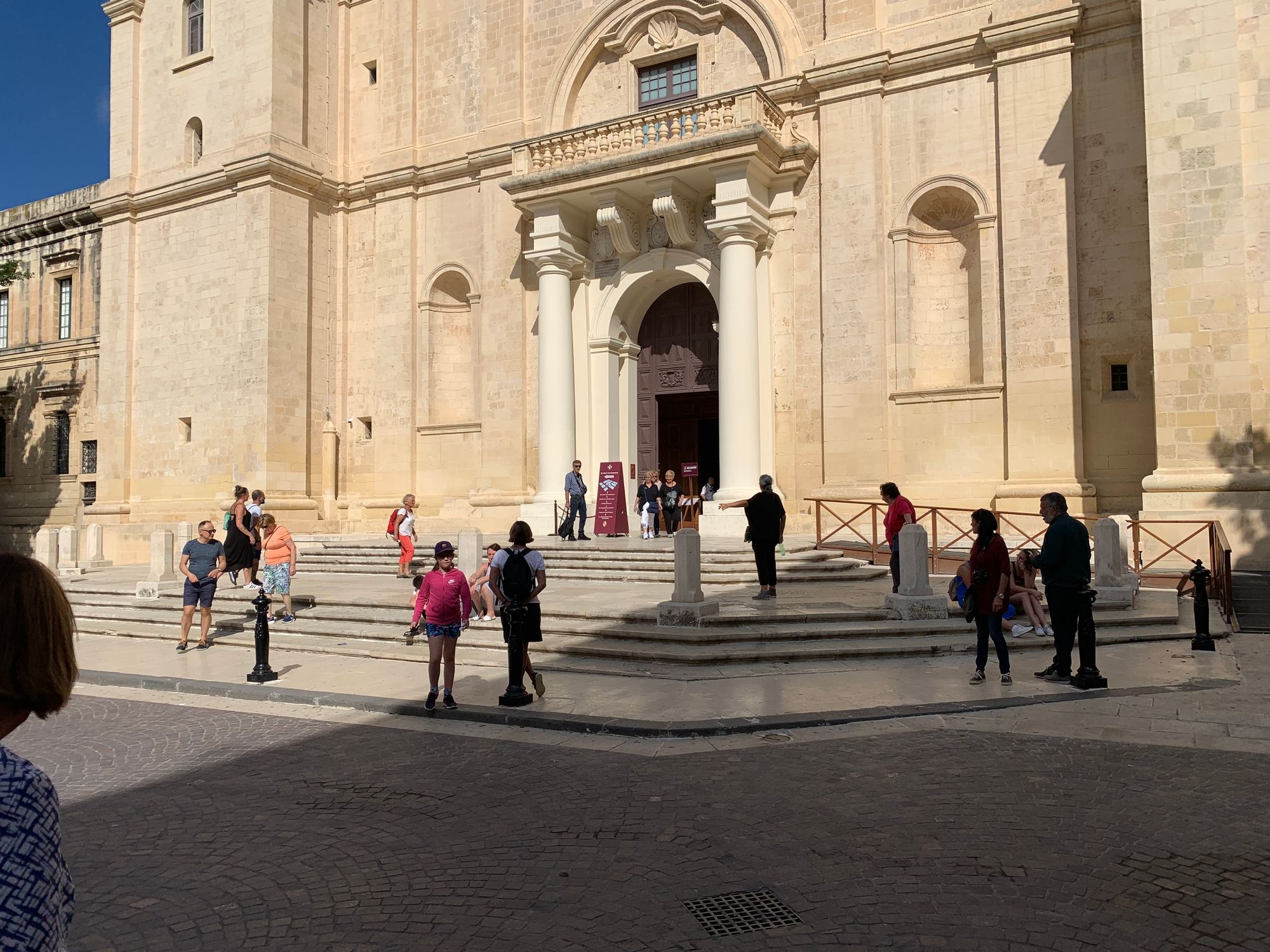
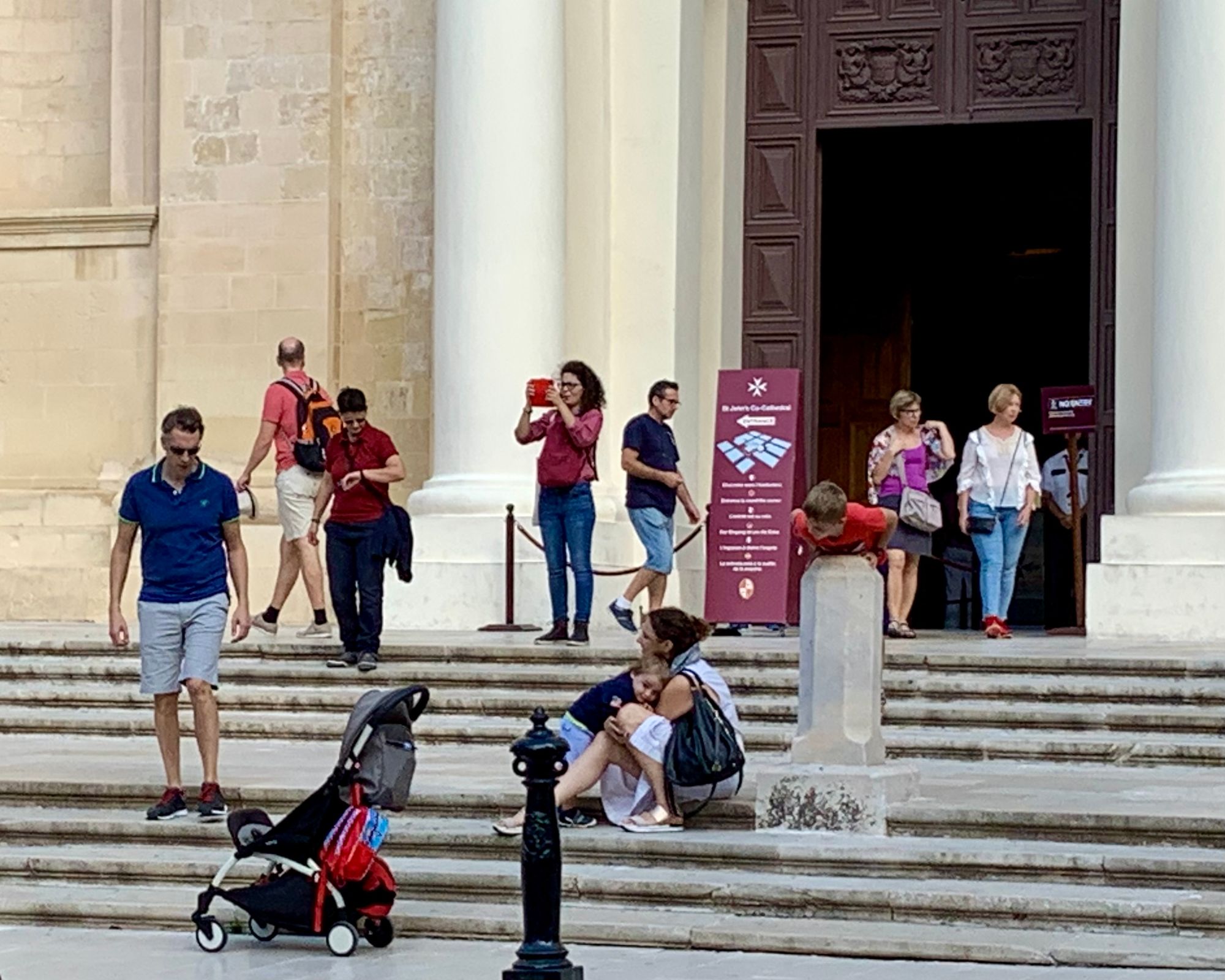
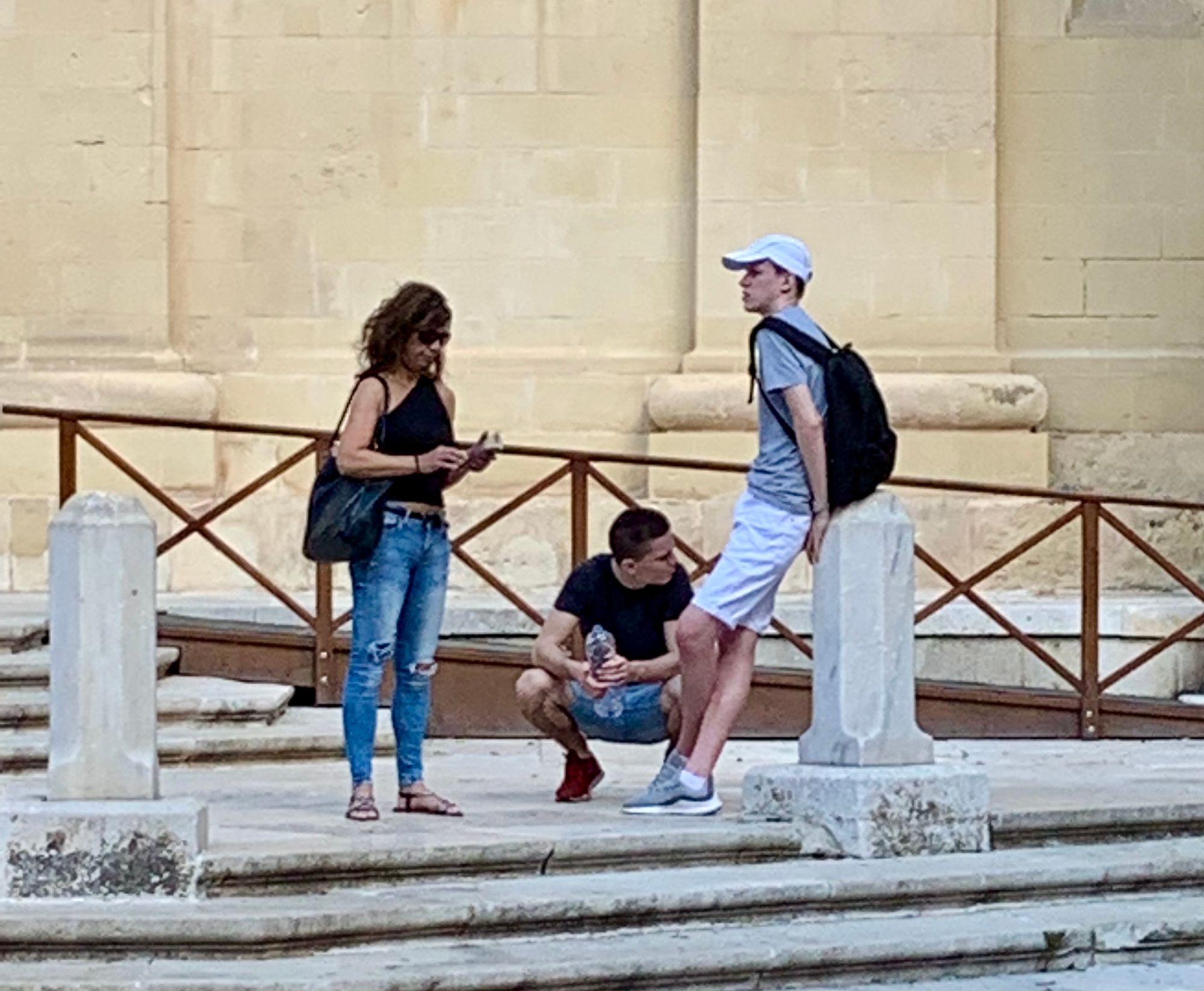
Bollards around the co-cathedral in Valletta, Malta.
These people would not gather on these steps without the bollards.
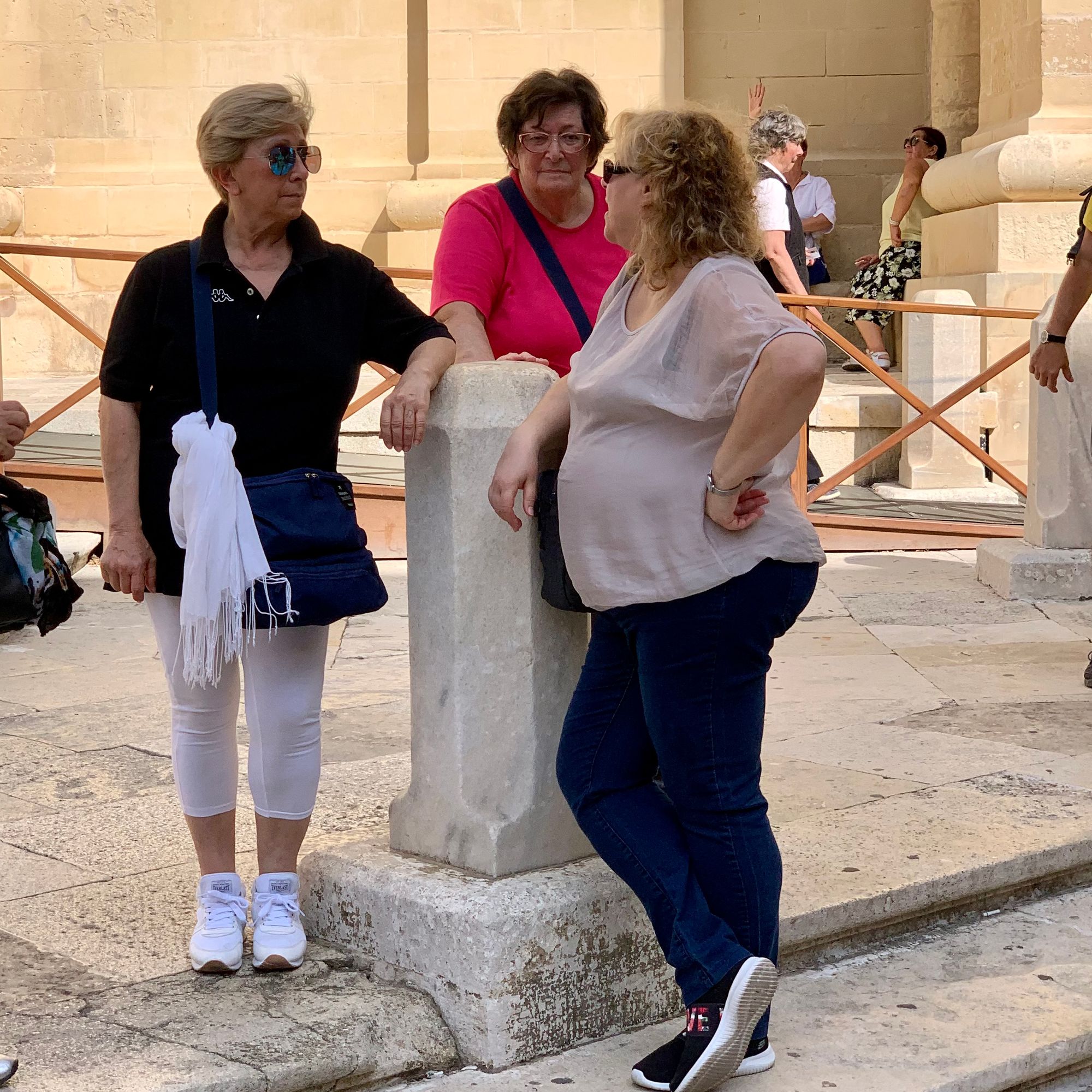
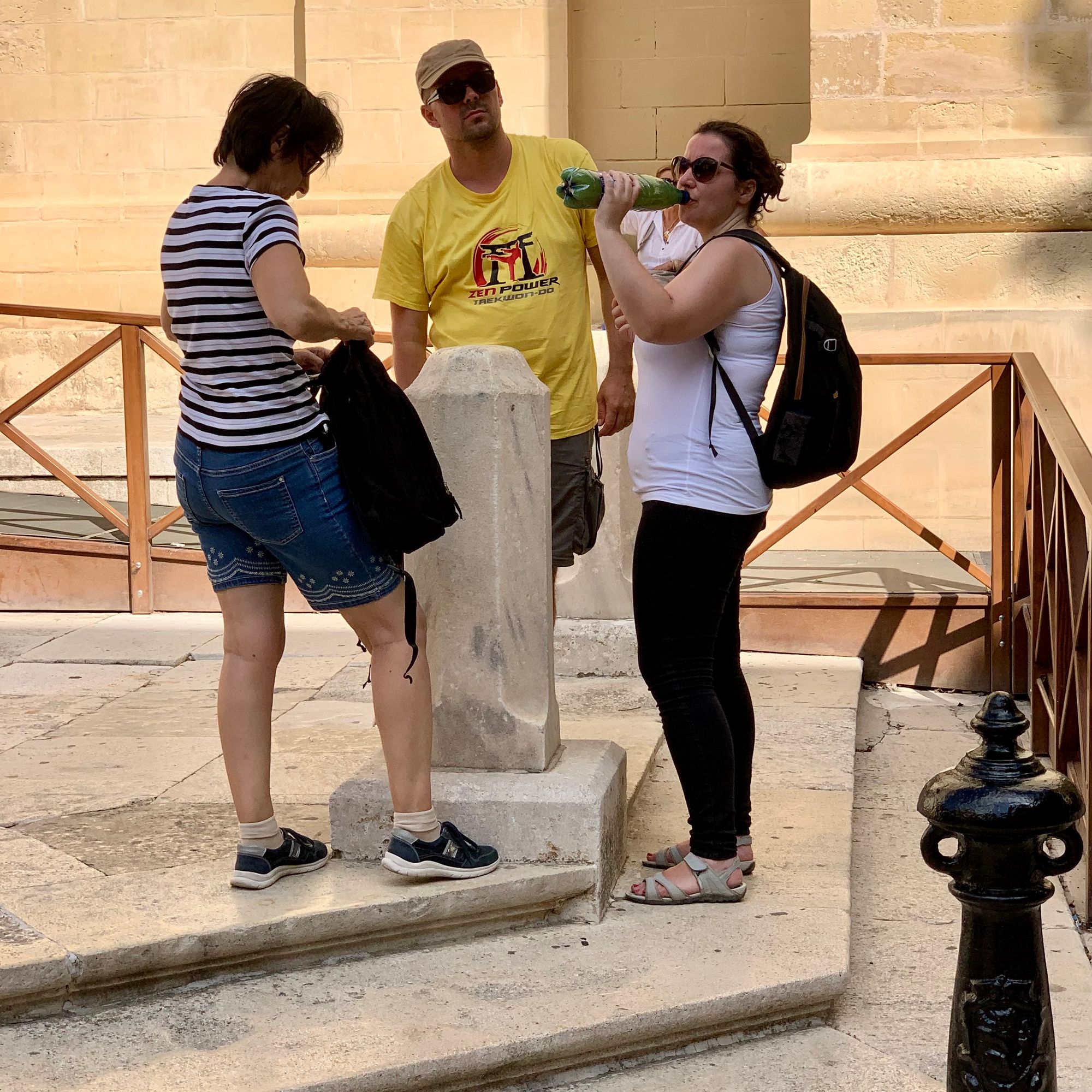
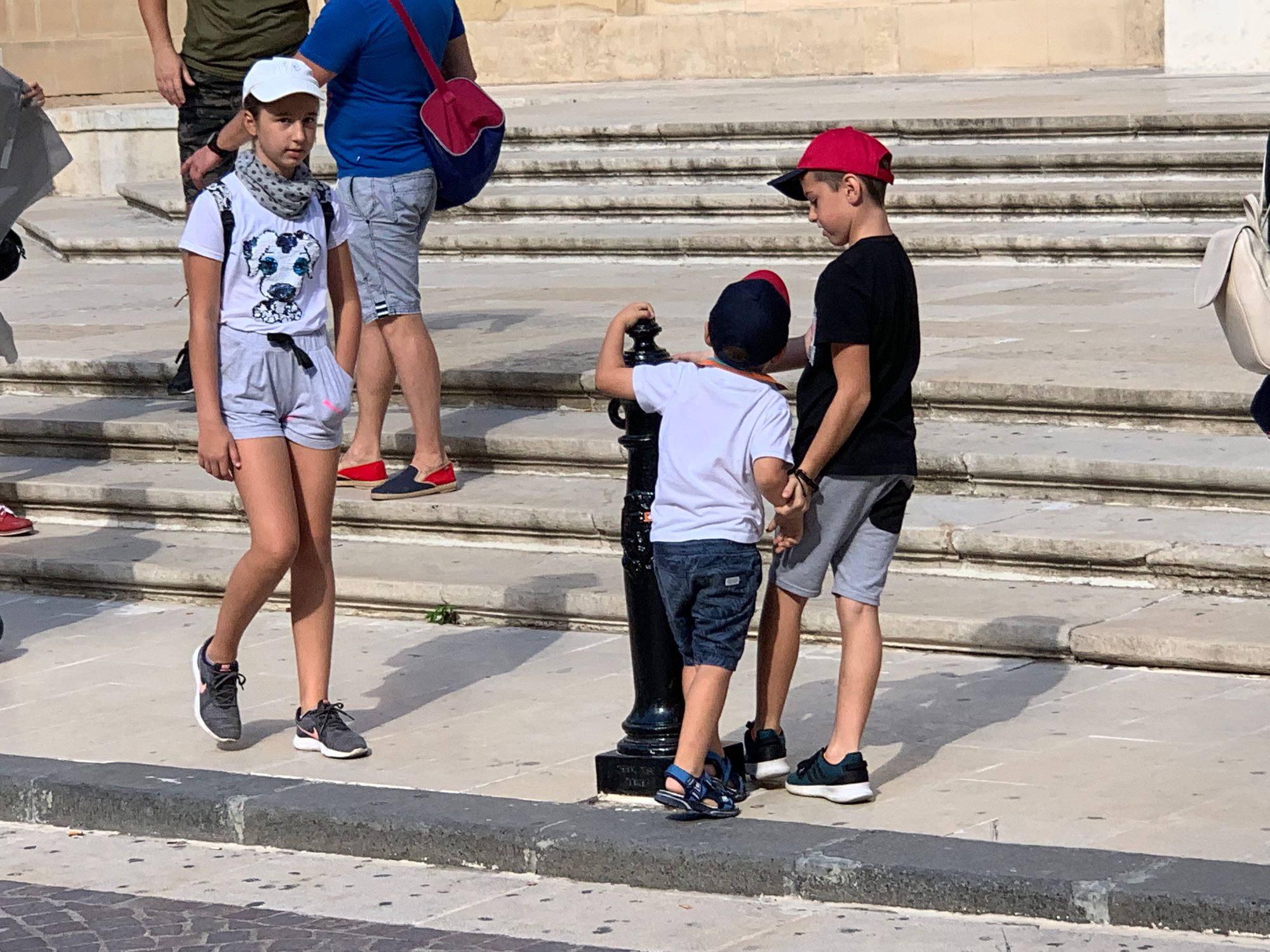
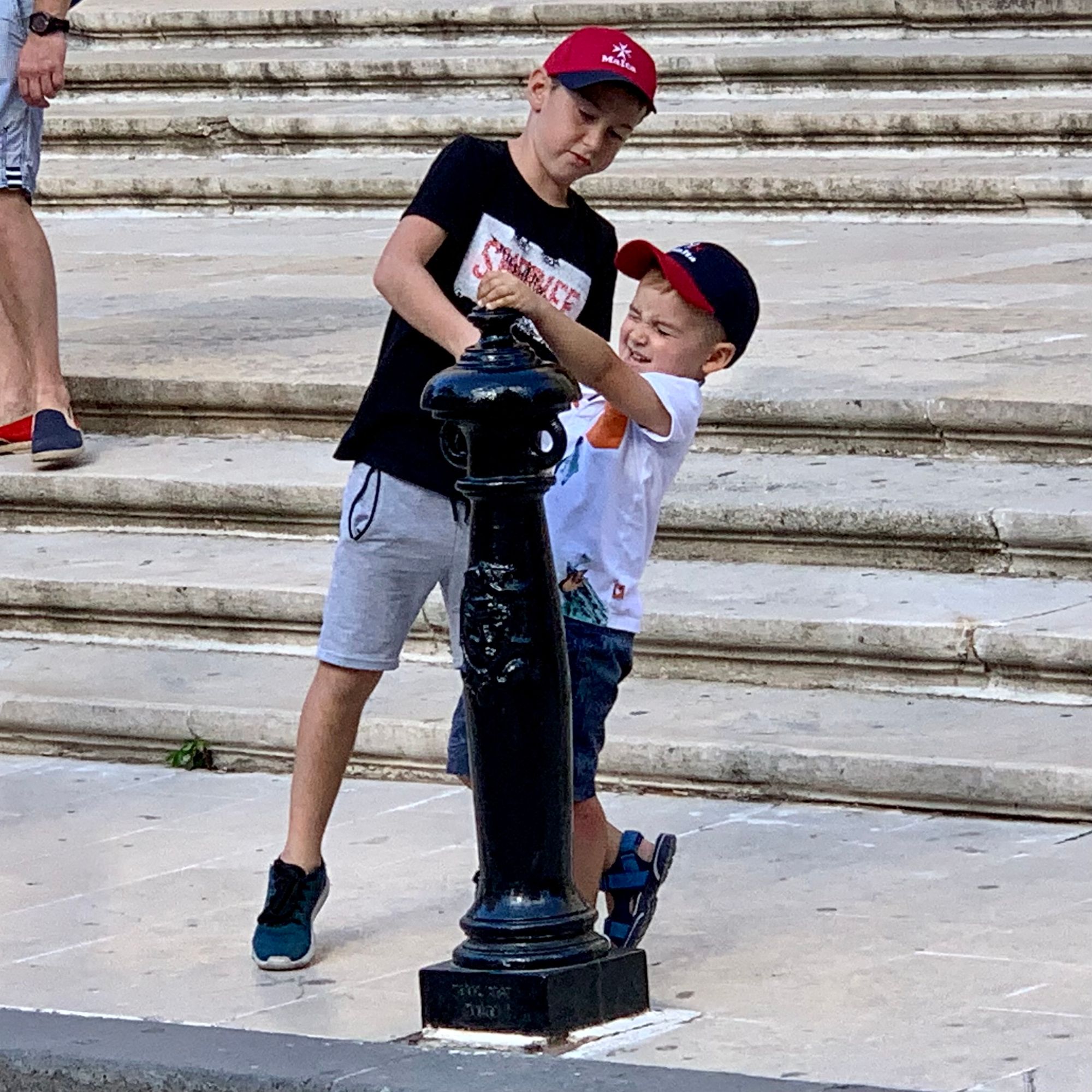
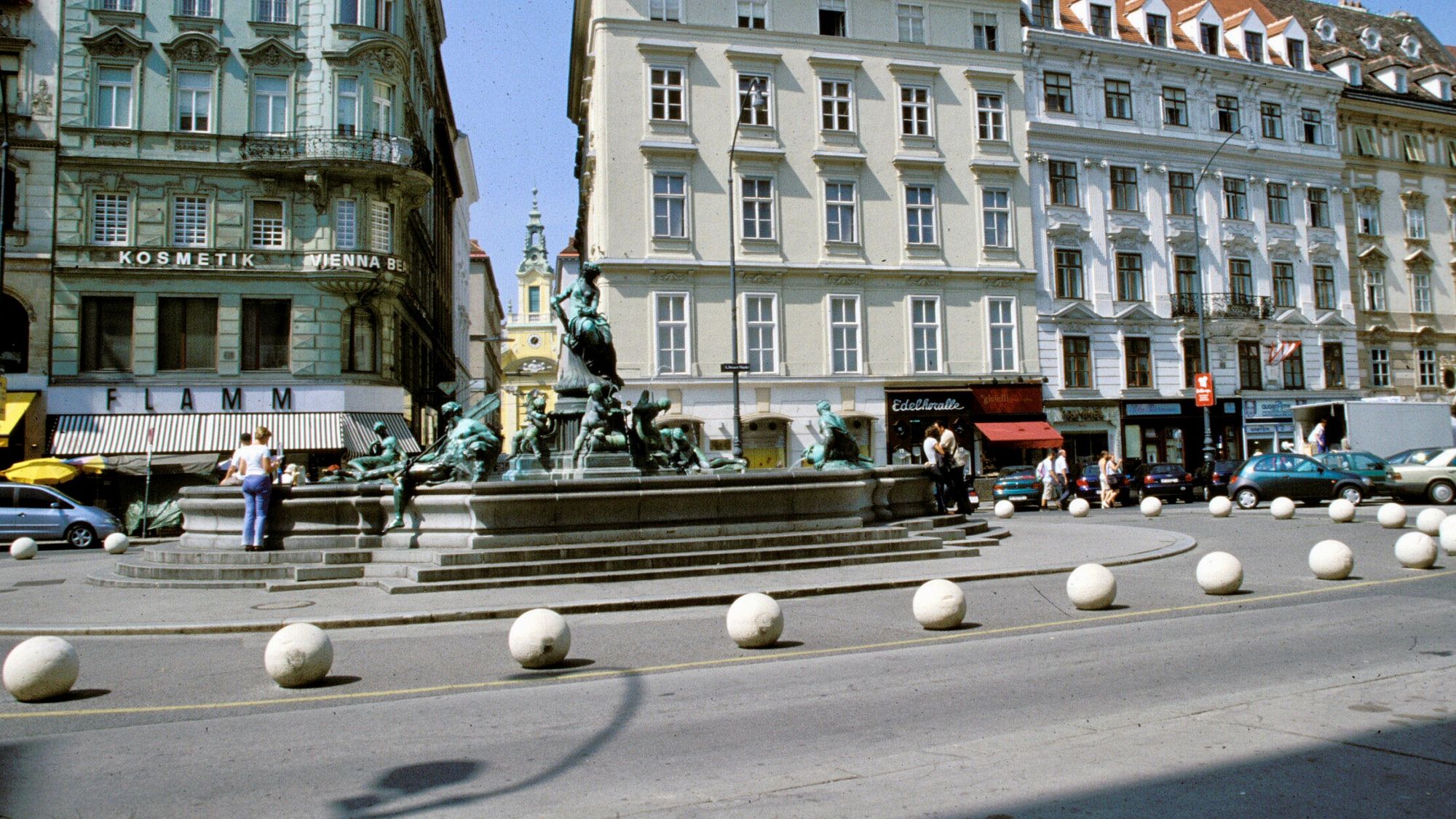
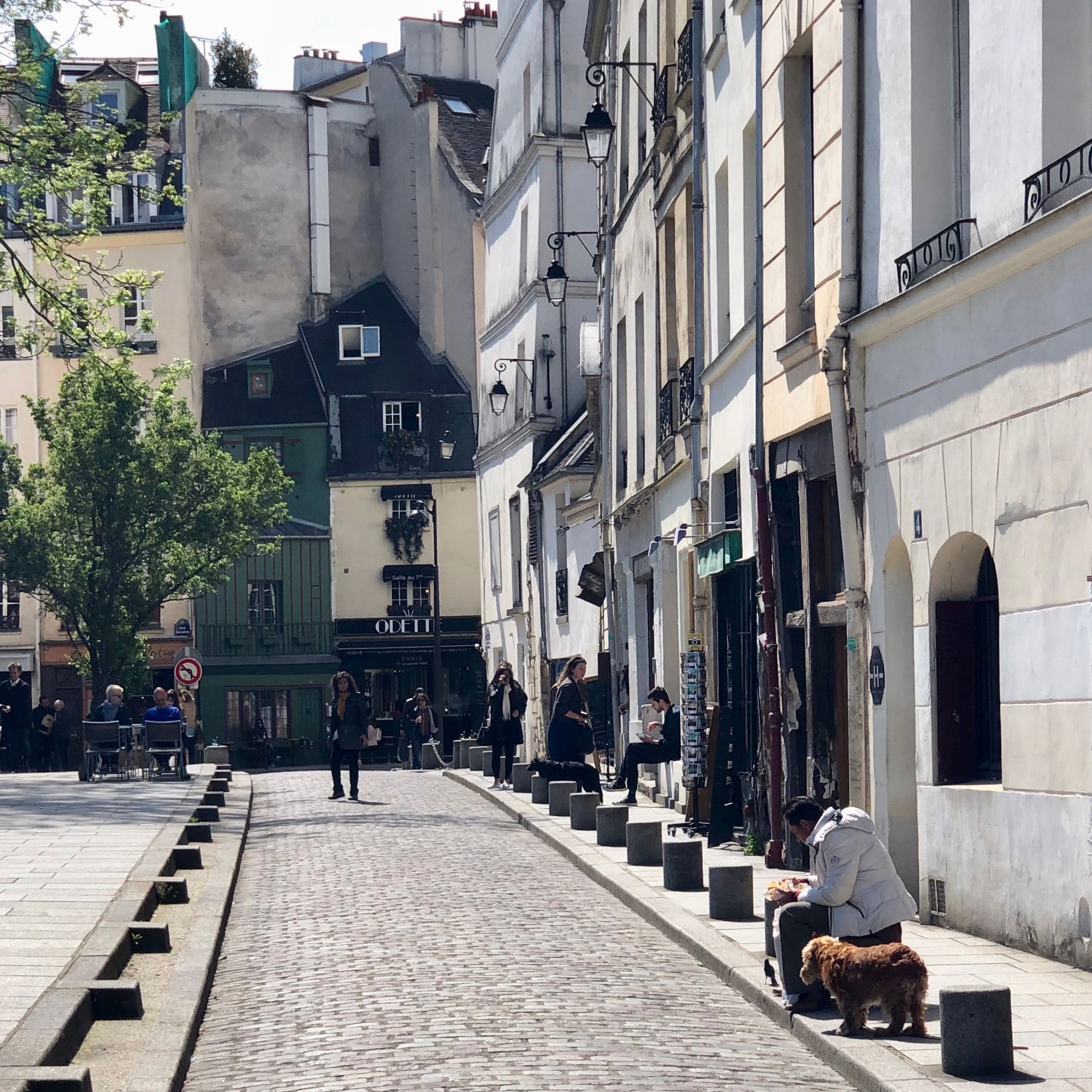
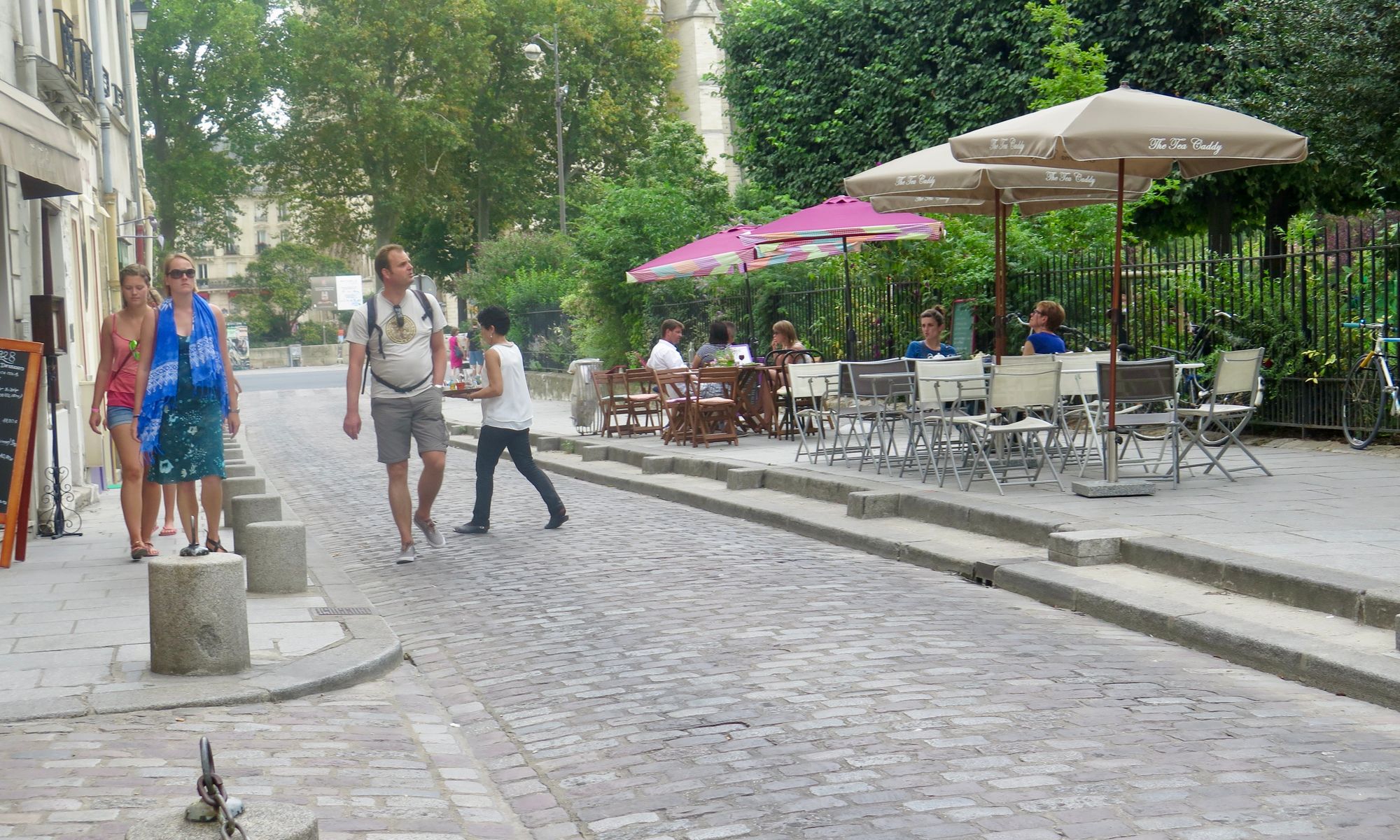
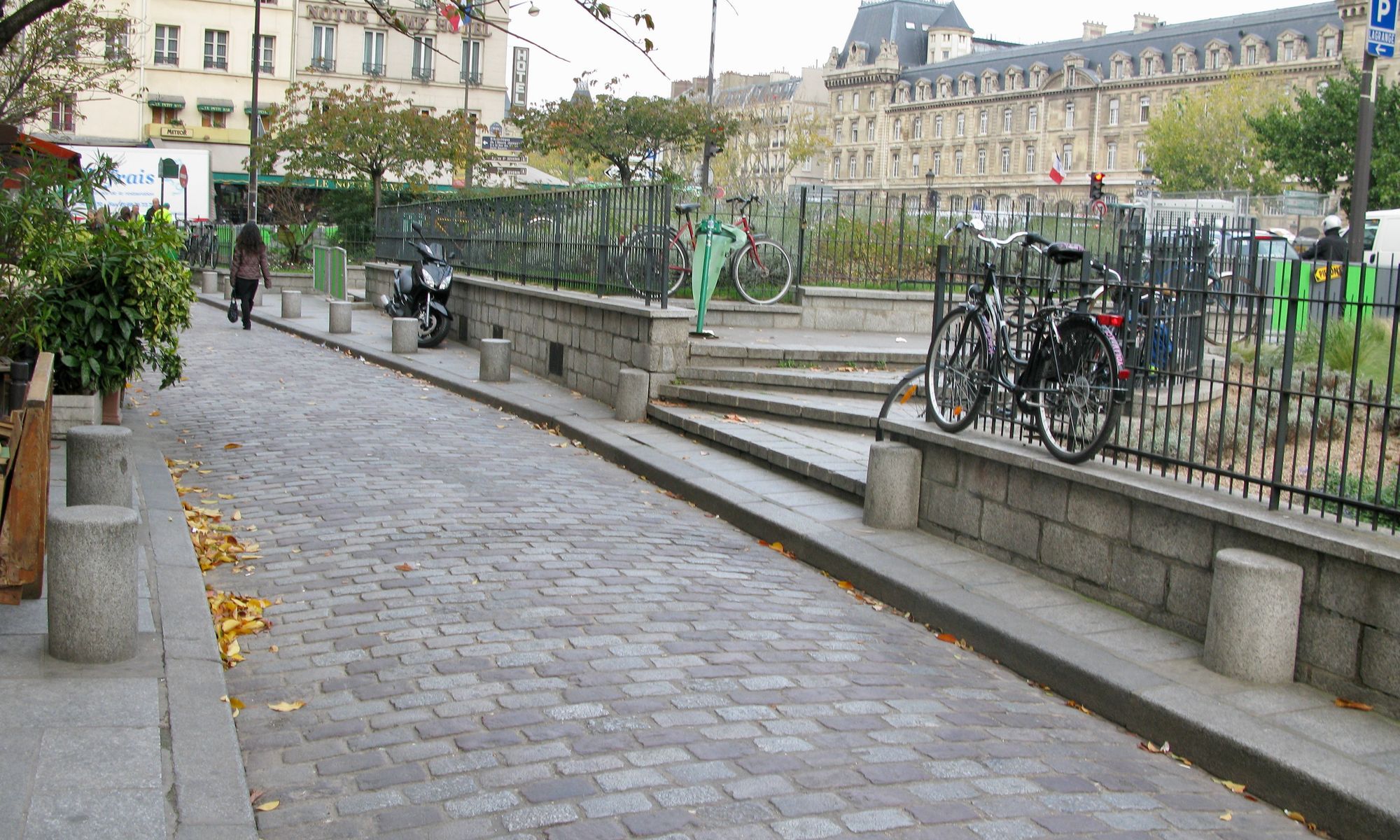
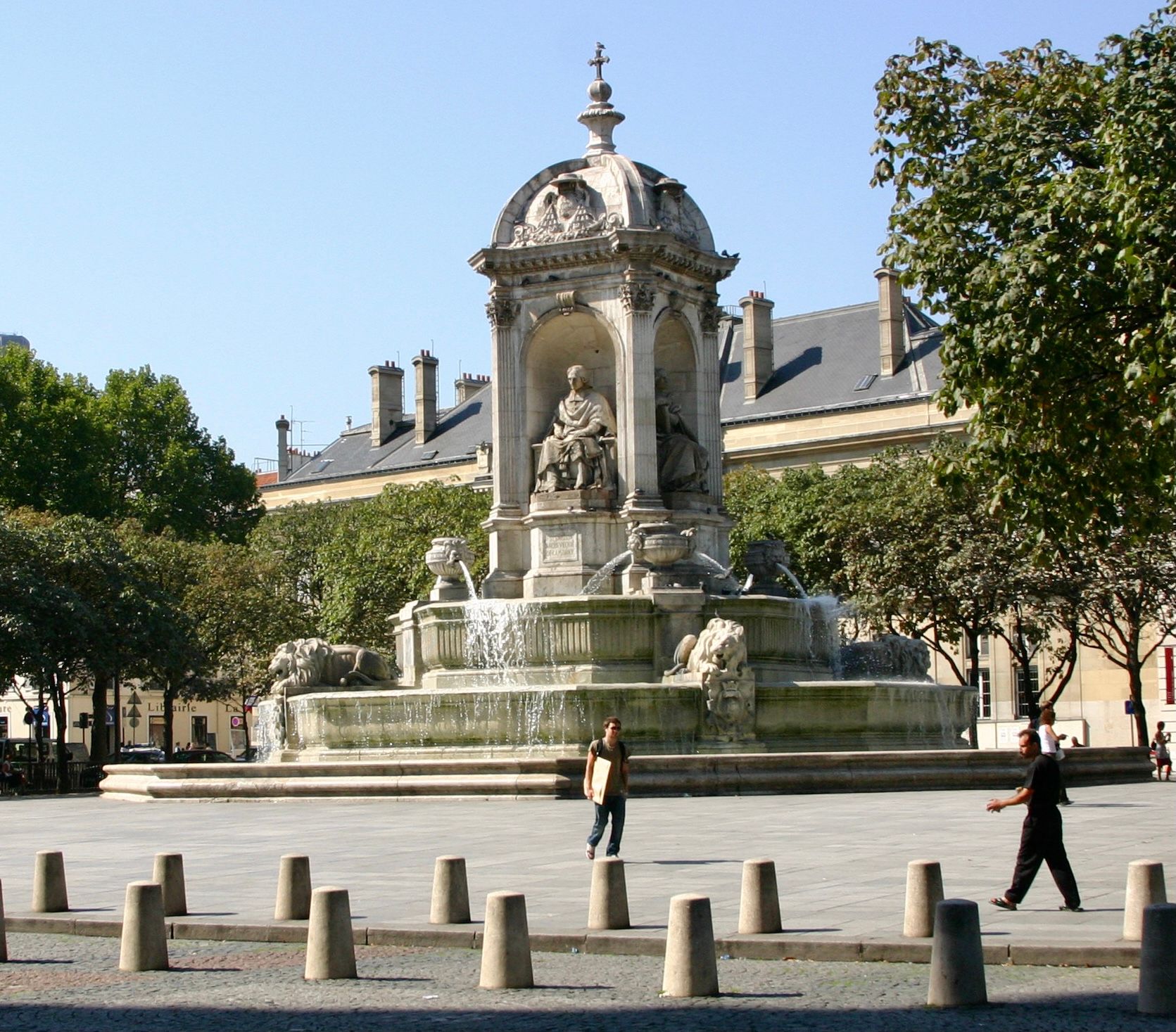
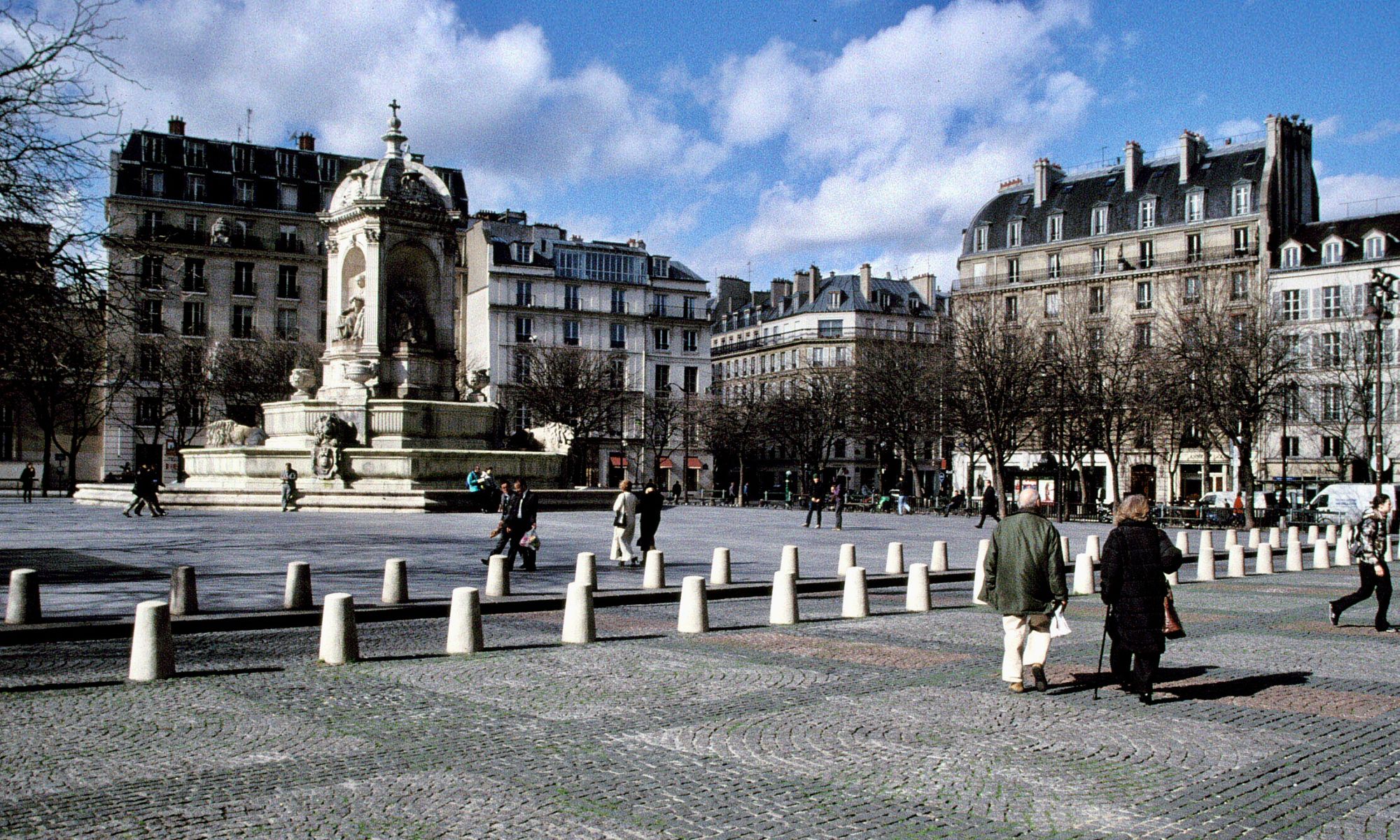
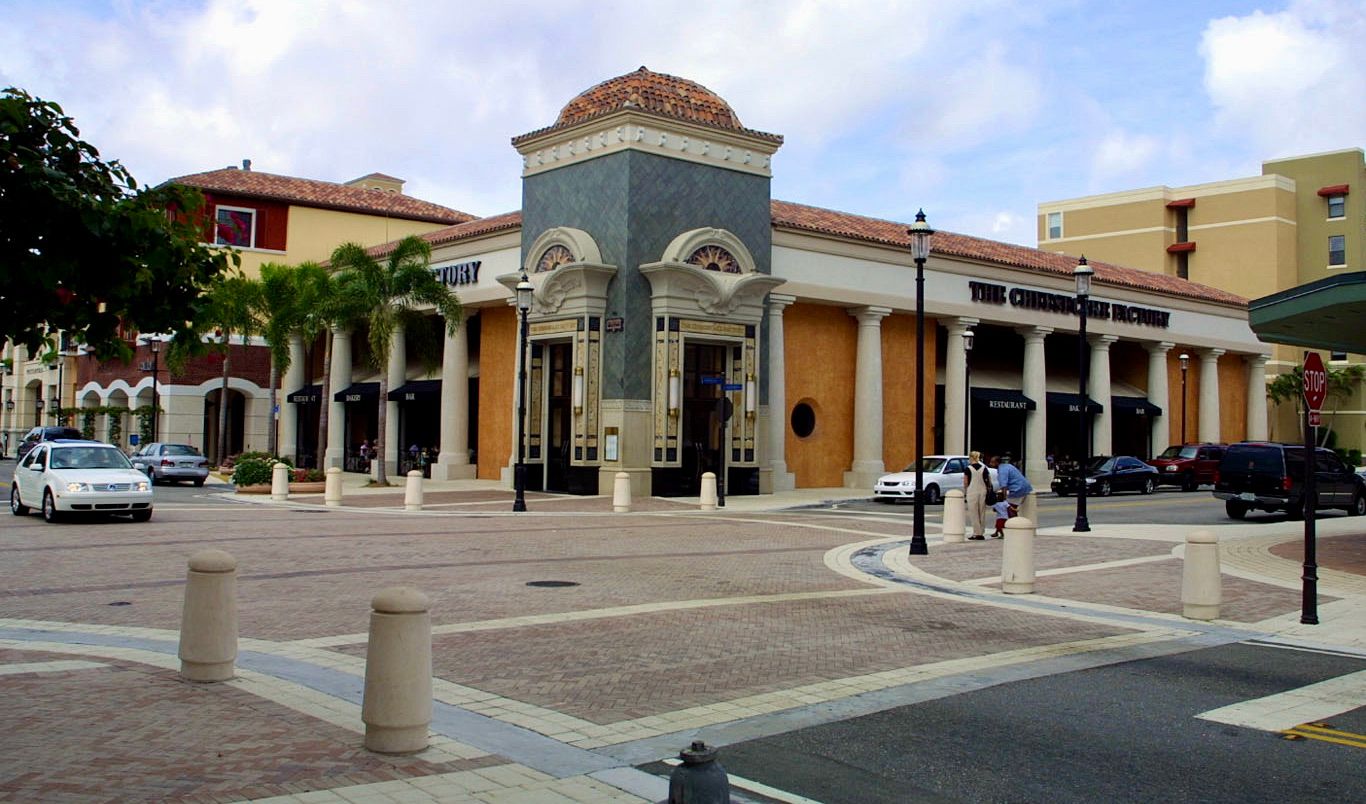
Together, bollards can create something like a small square. Beyond these other more direct social activities, bollards can be a friendly guide for vehicles to behave differently – something that can reshape a corner, intersection, or entire street, creating a "social hub."
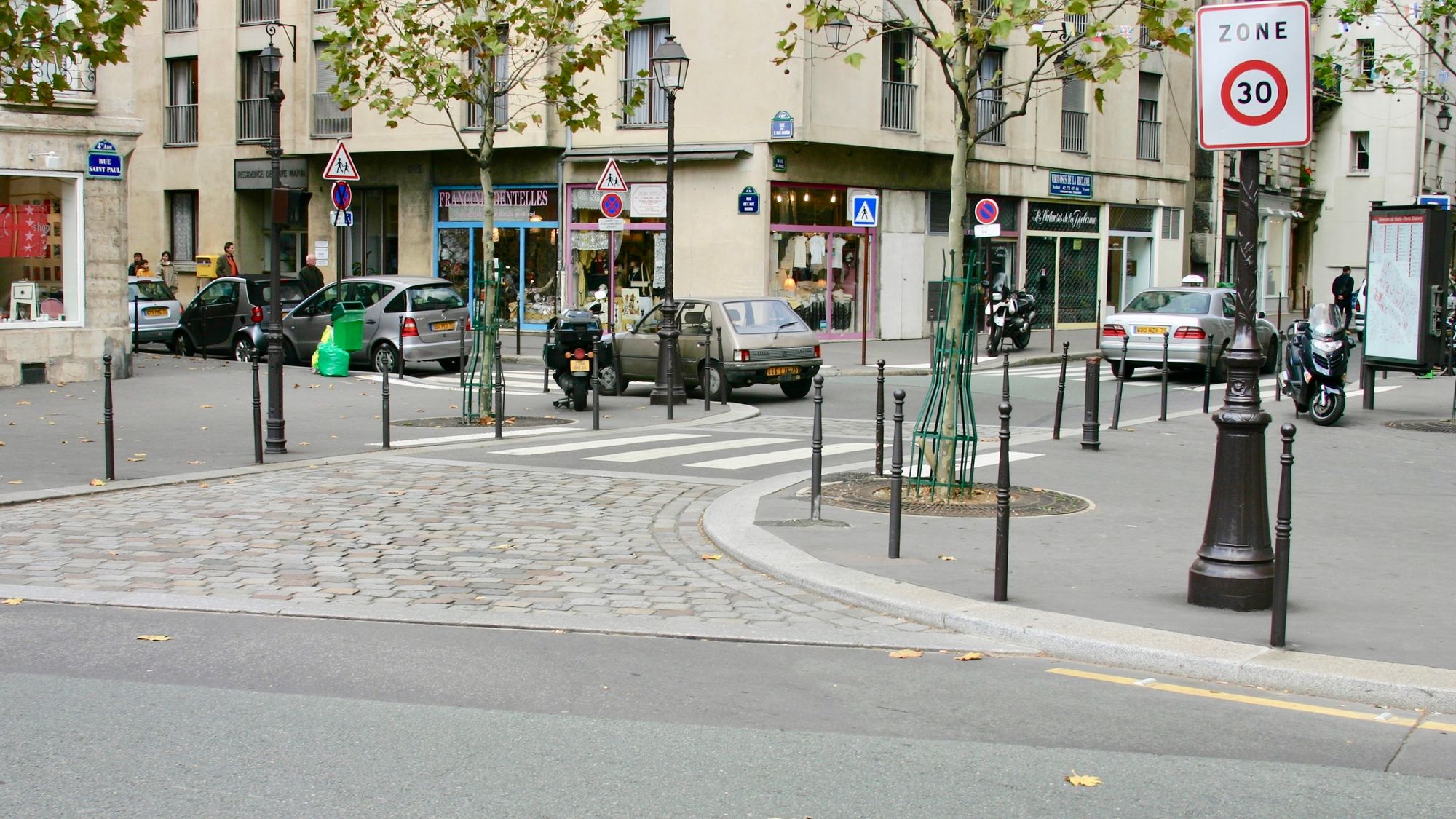
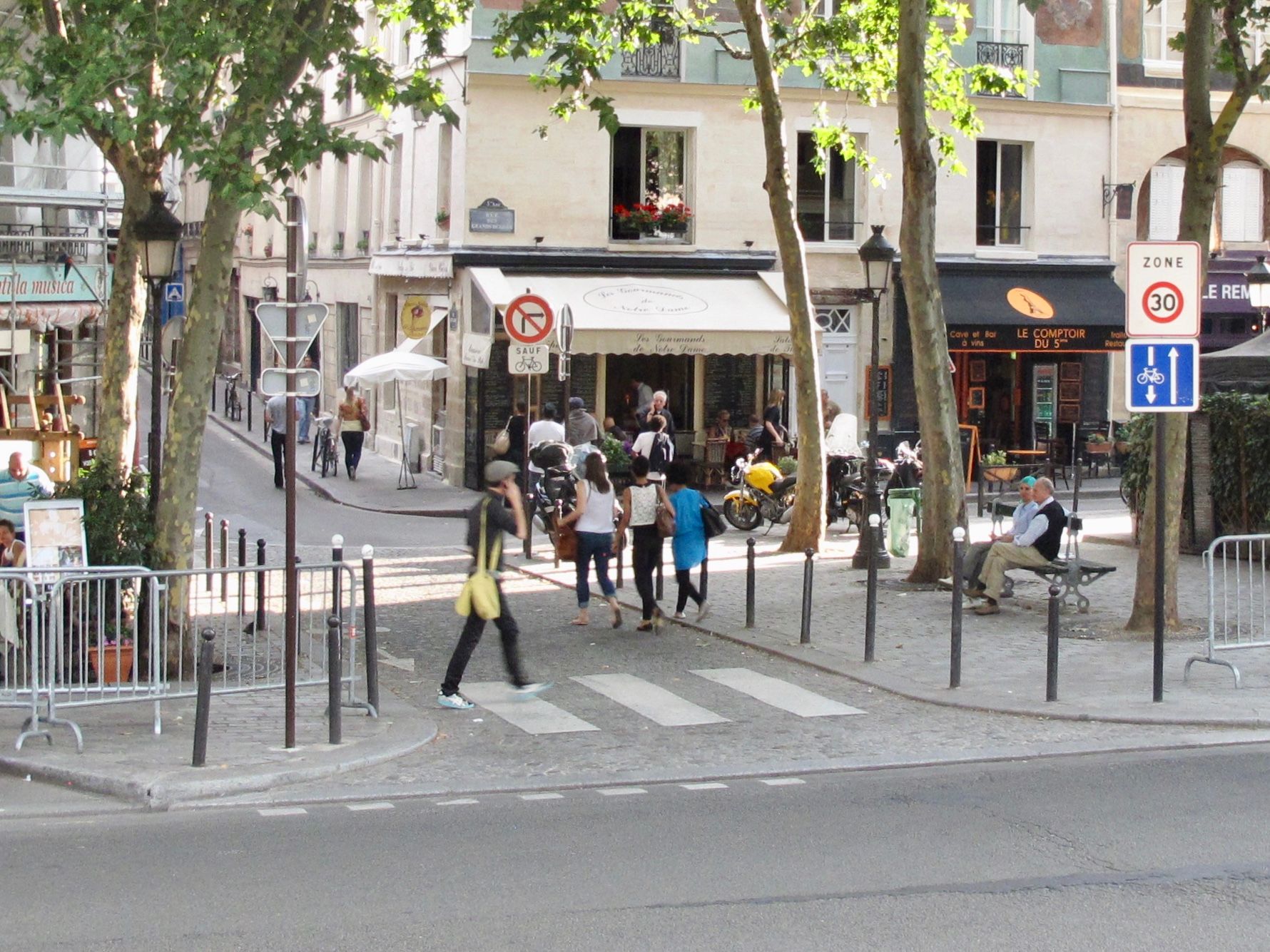
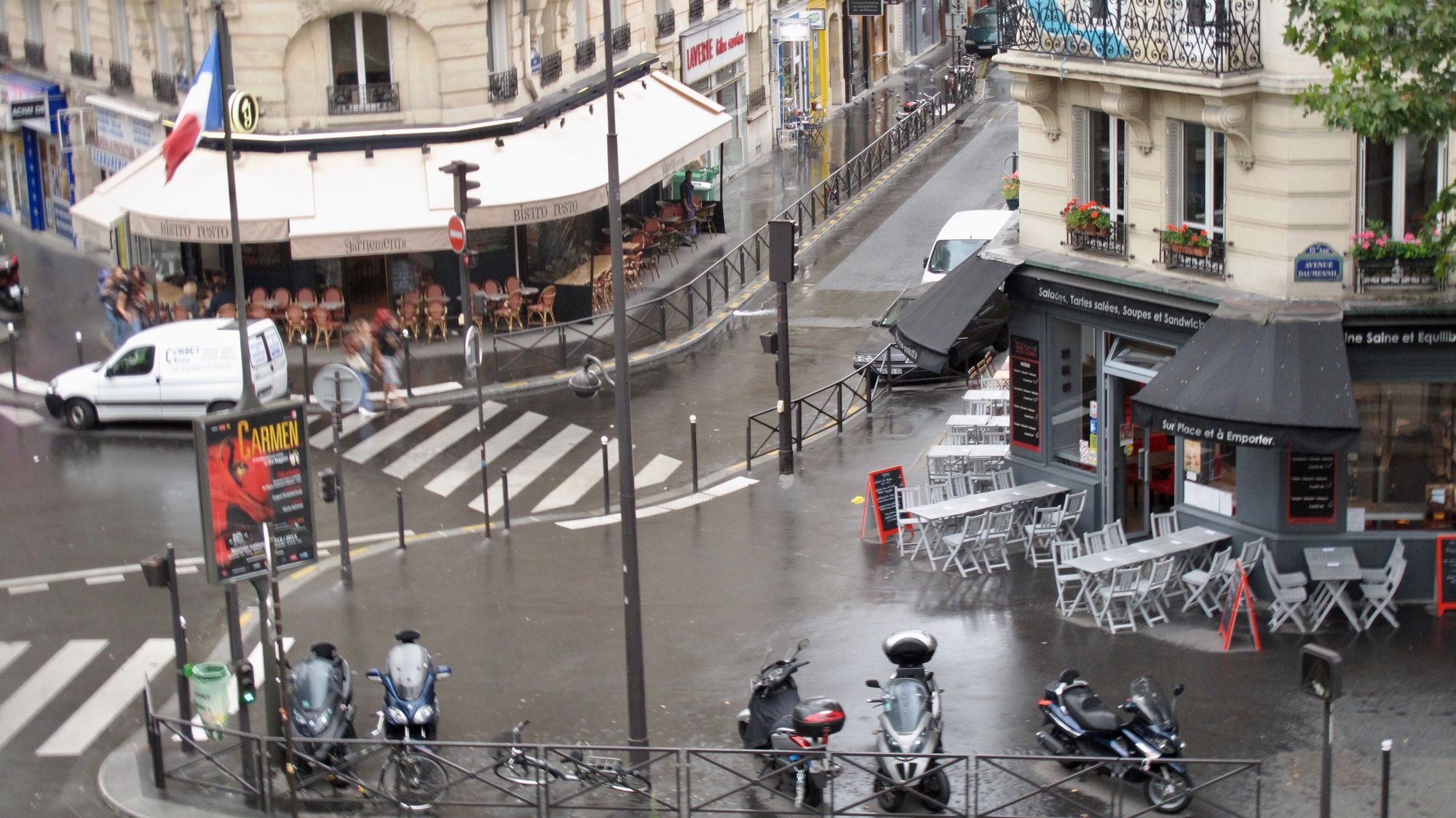
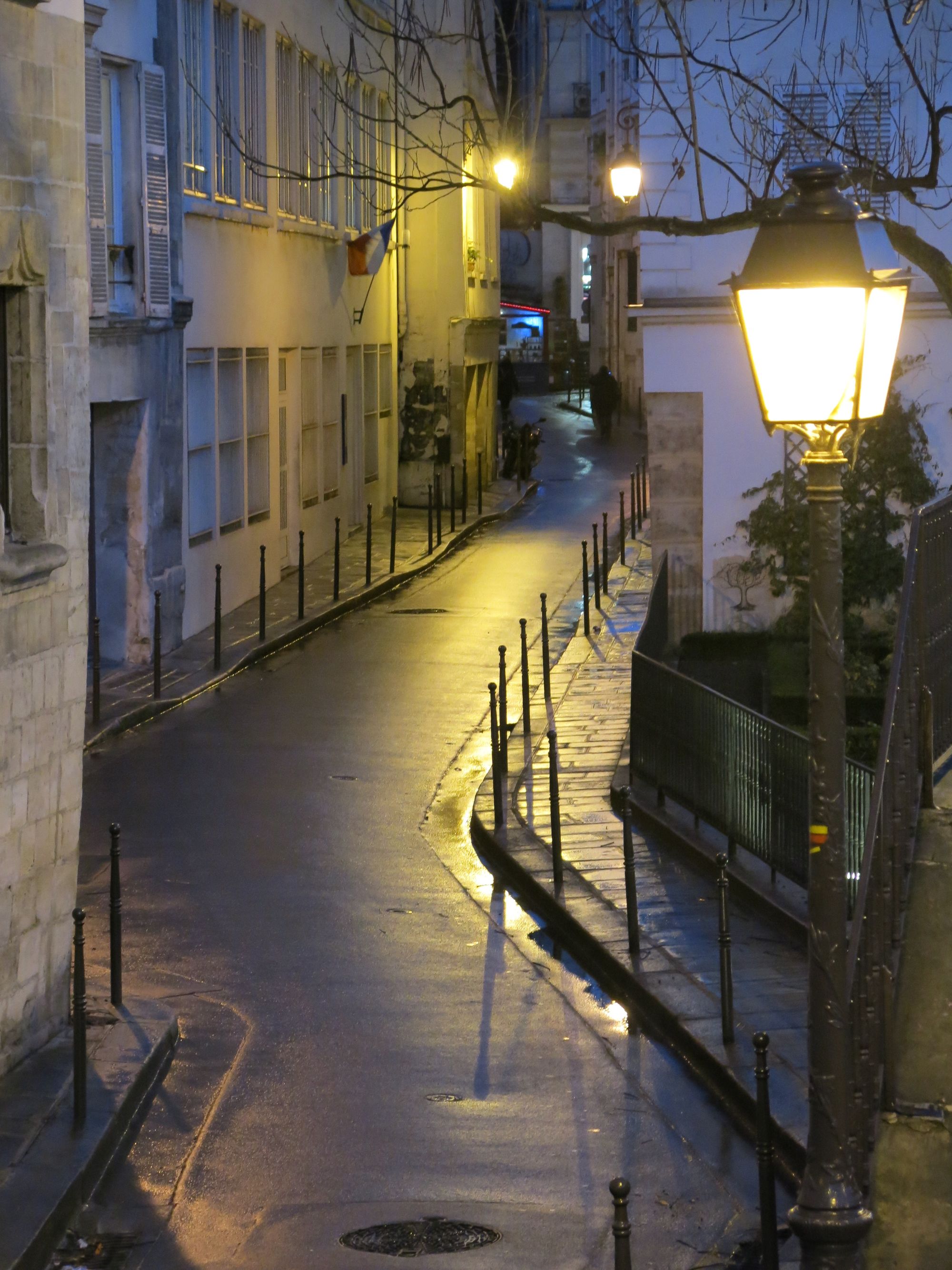
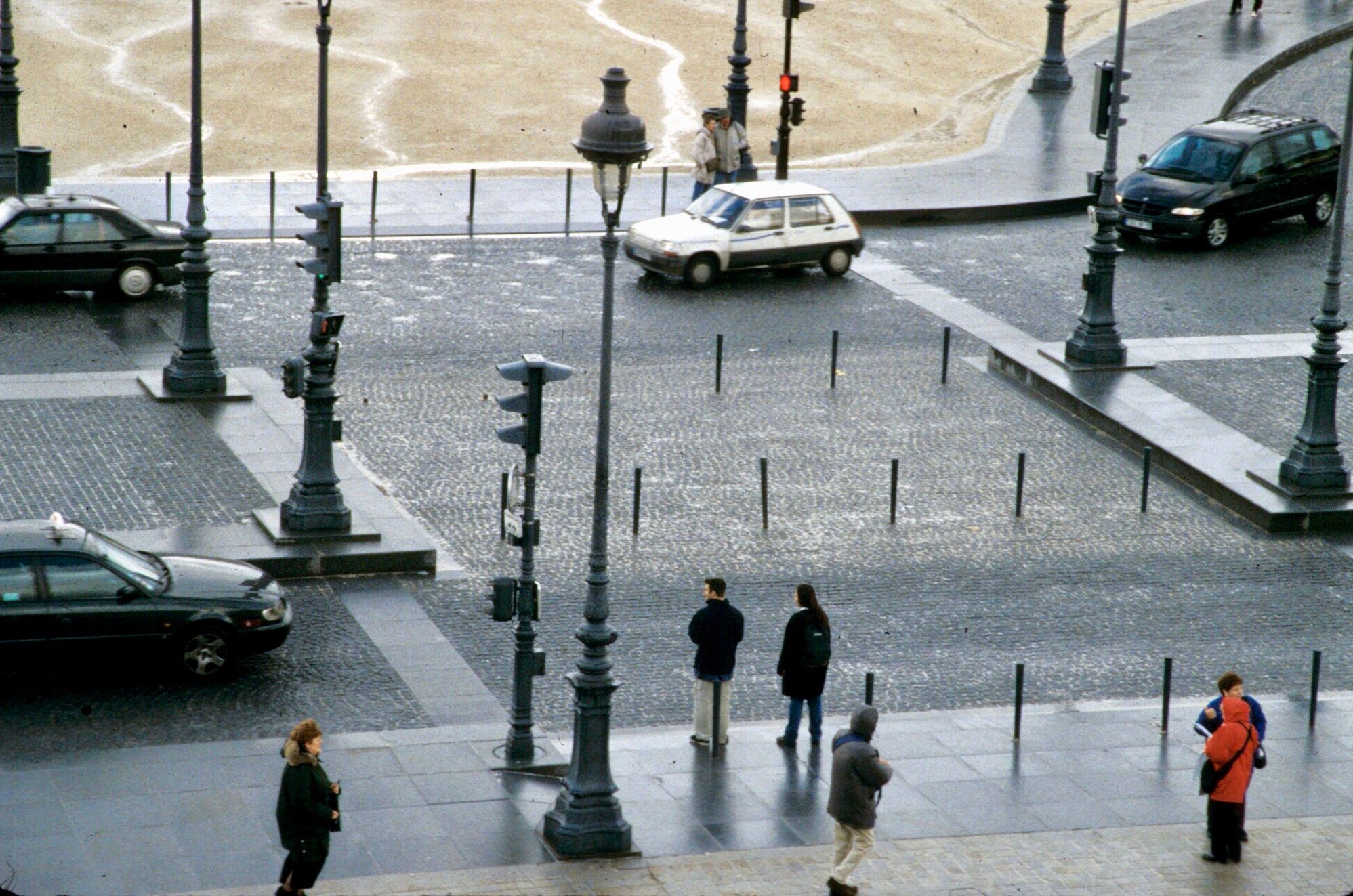
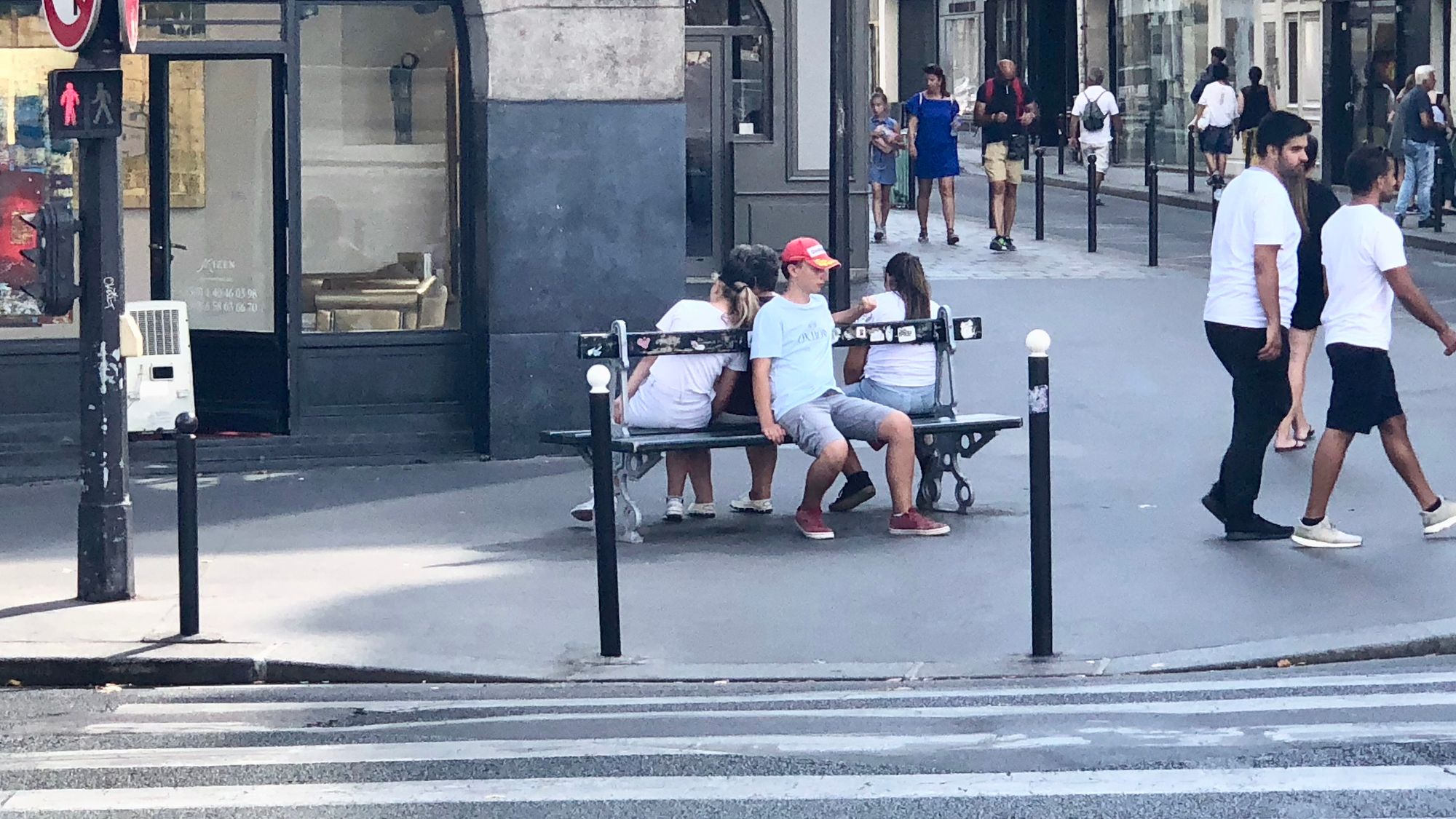
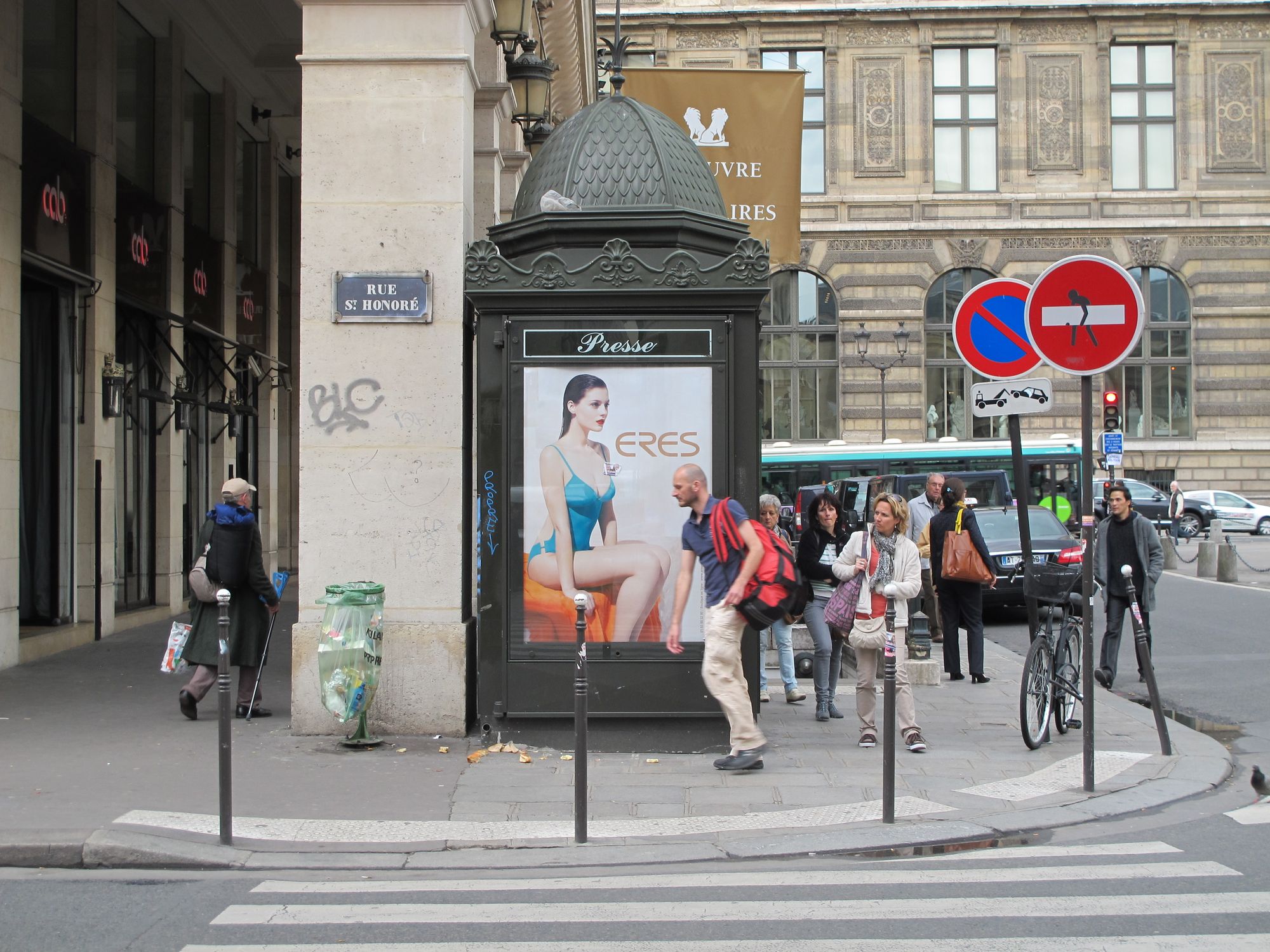
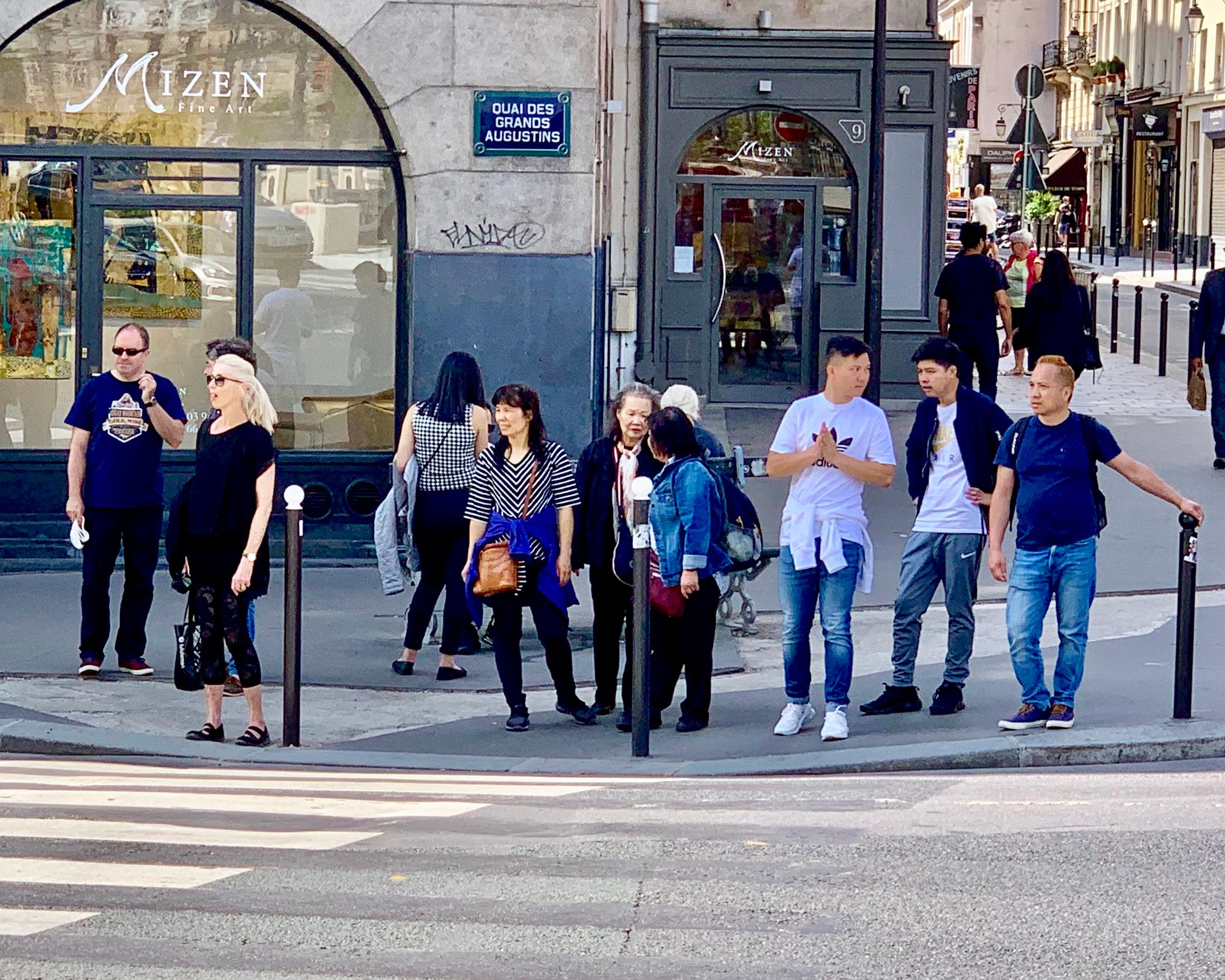
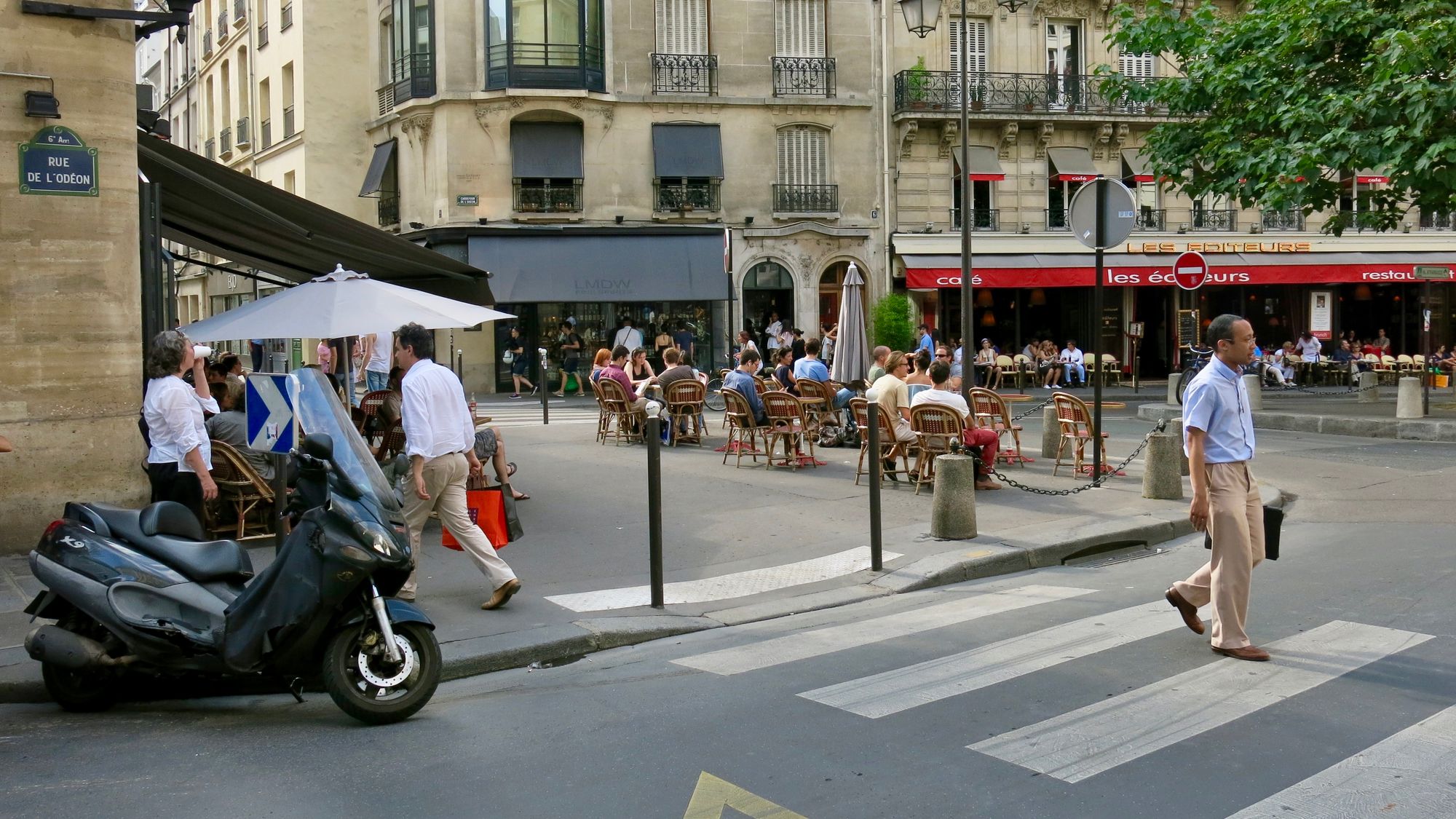
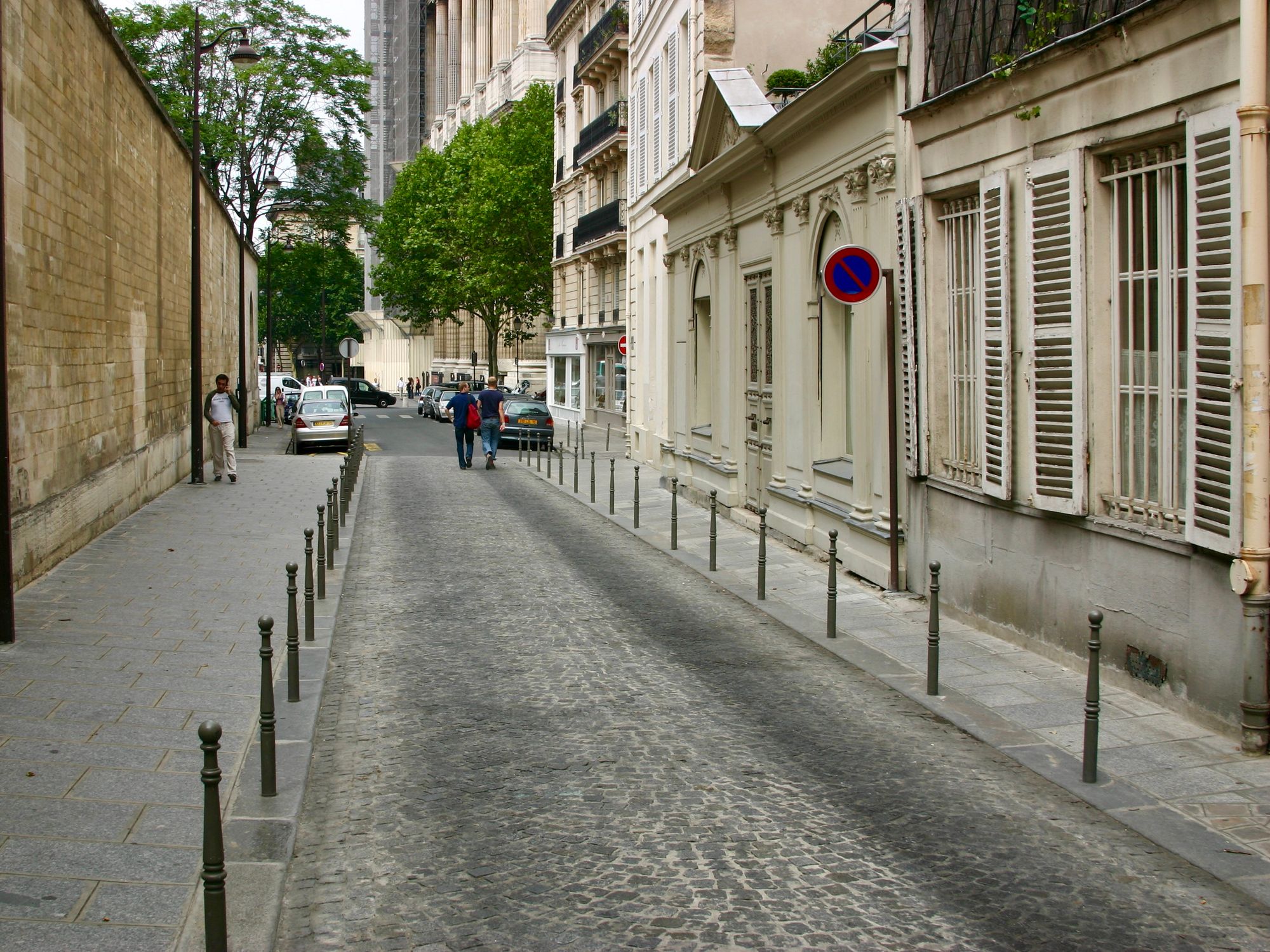
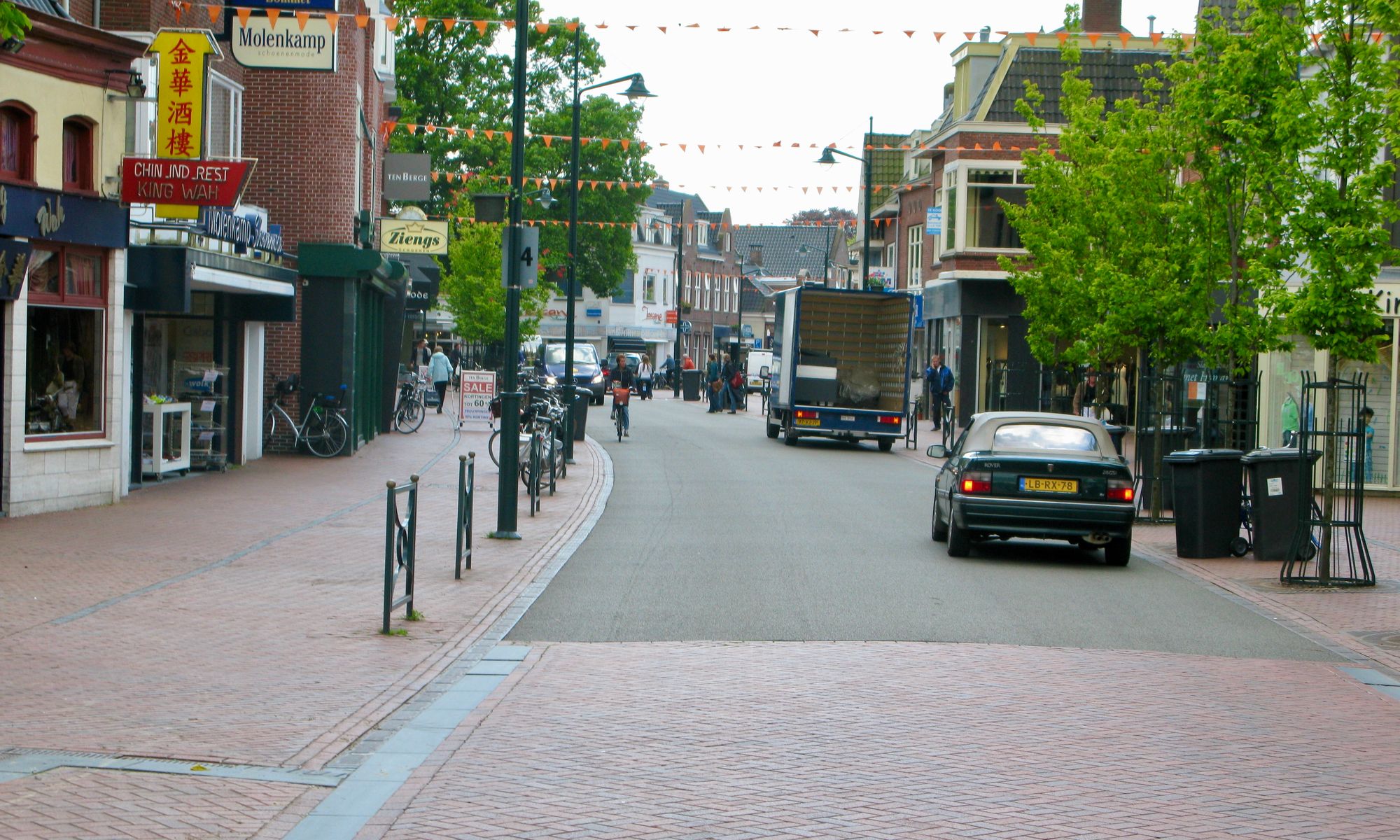
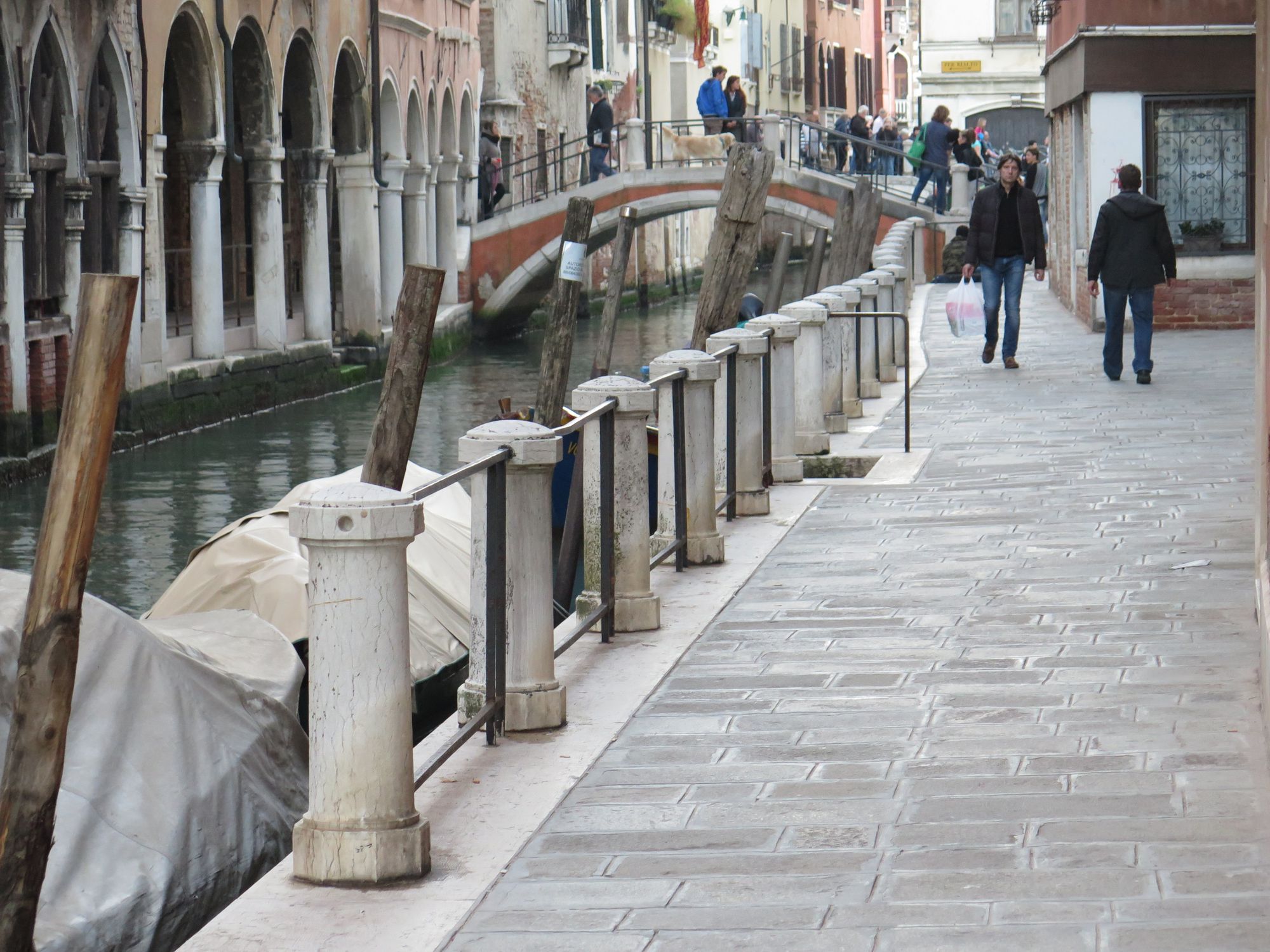
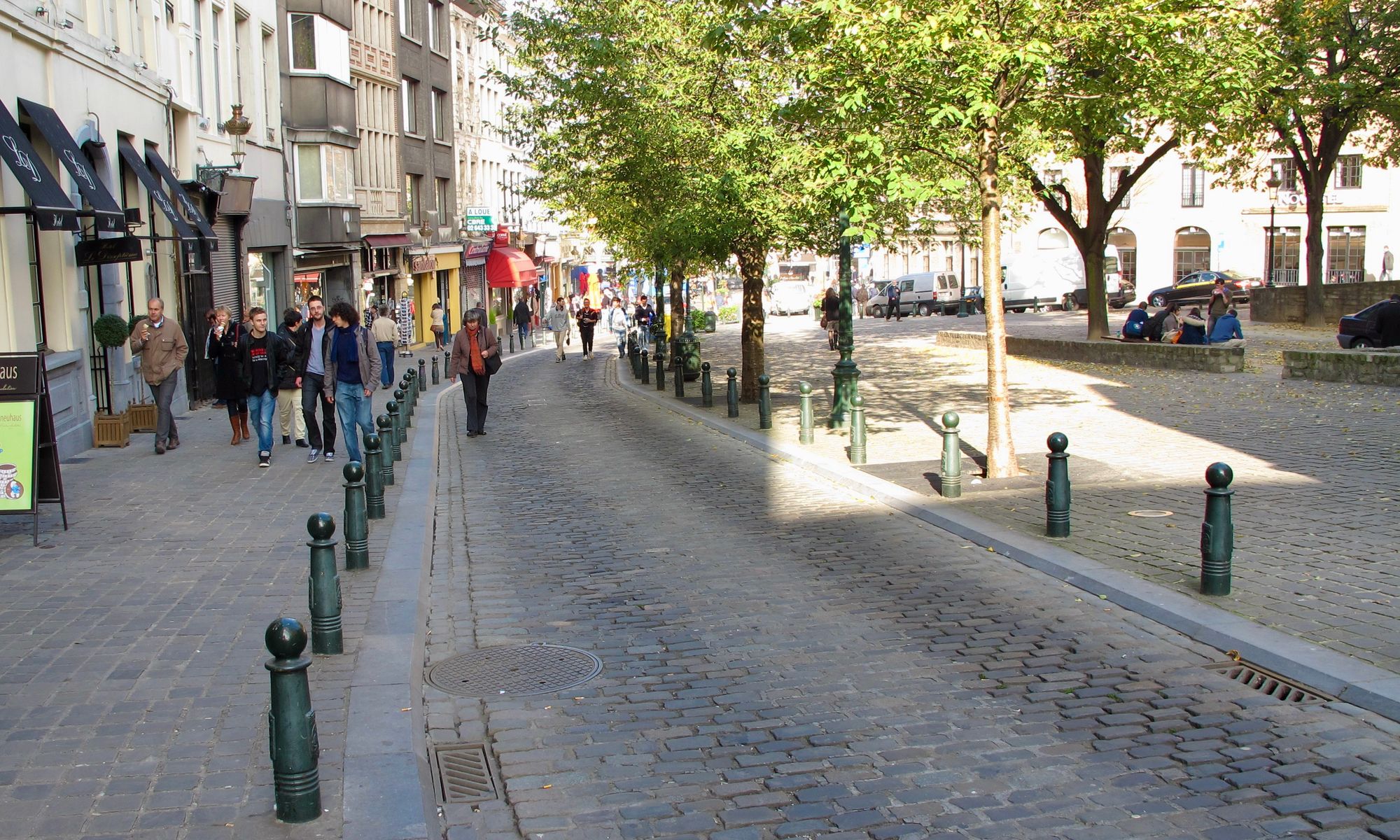
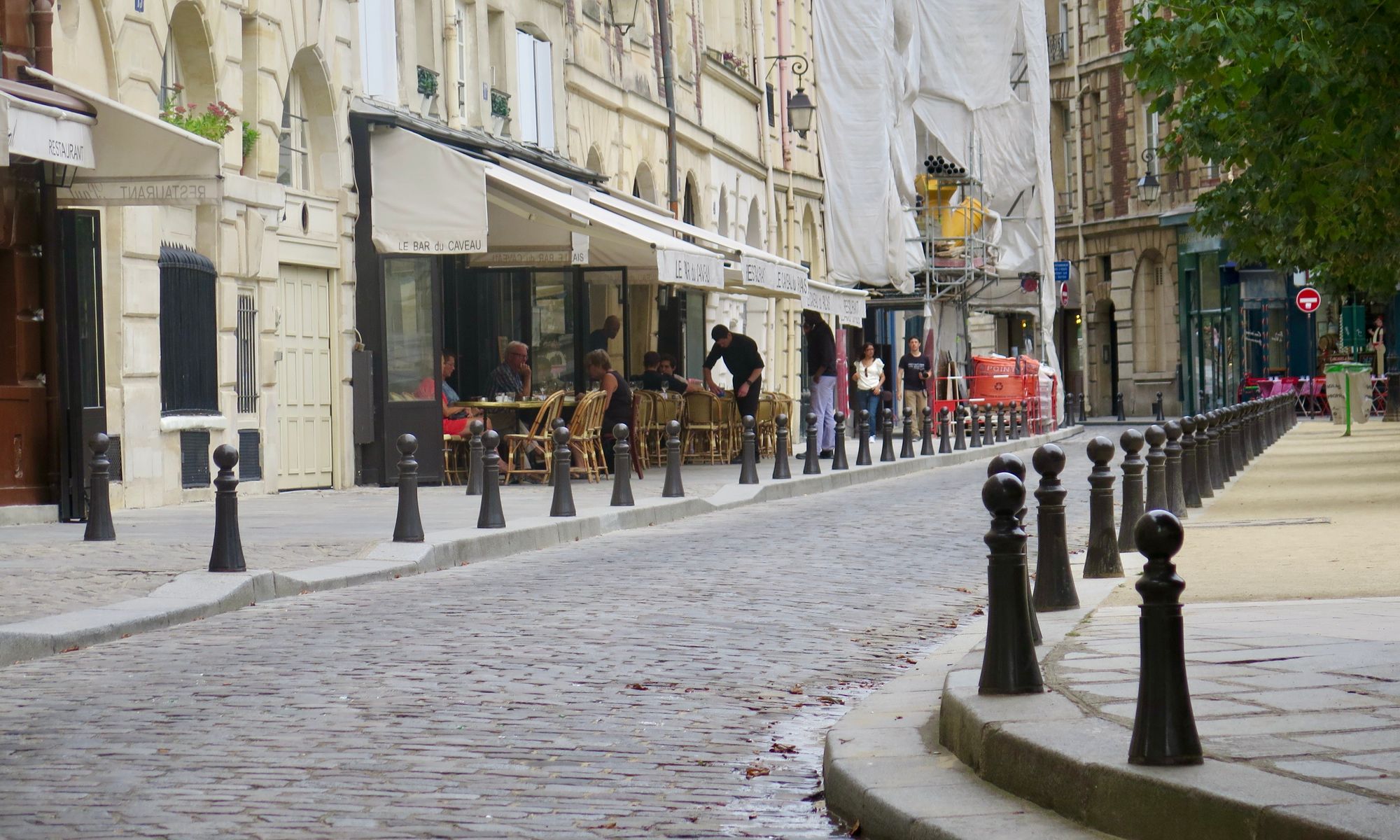
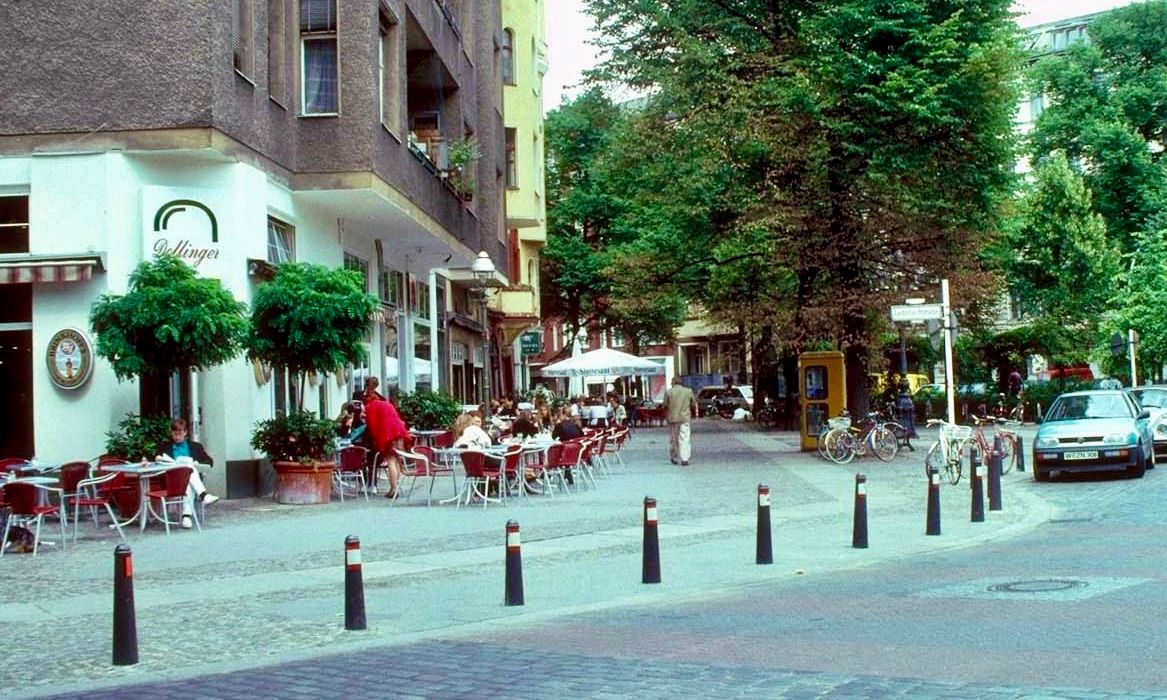
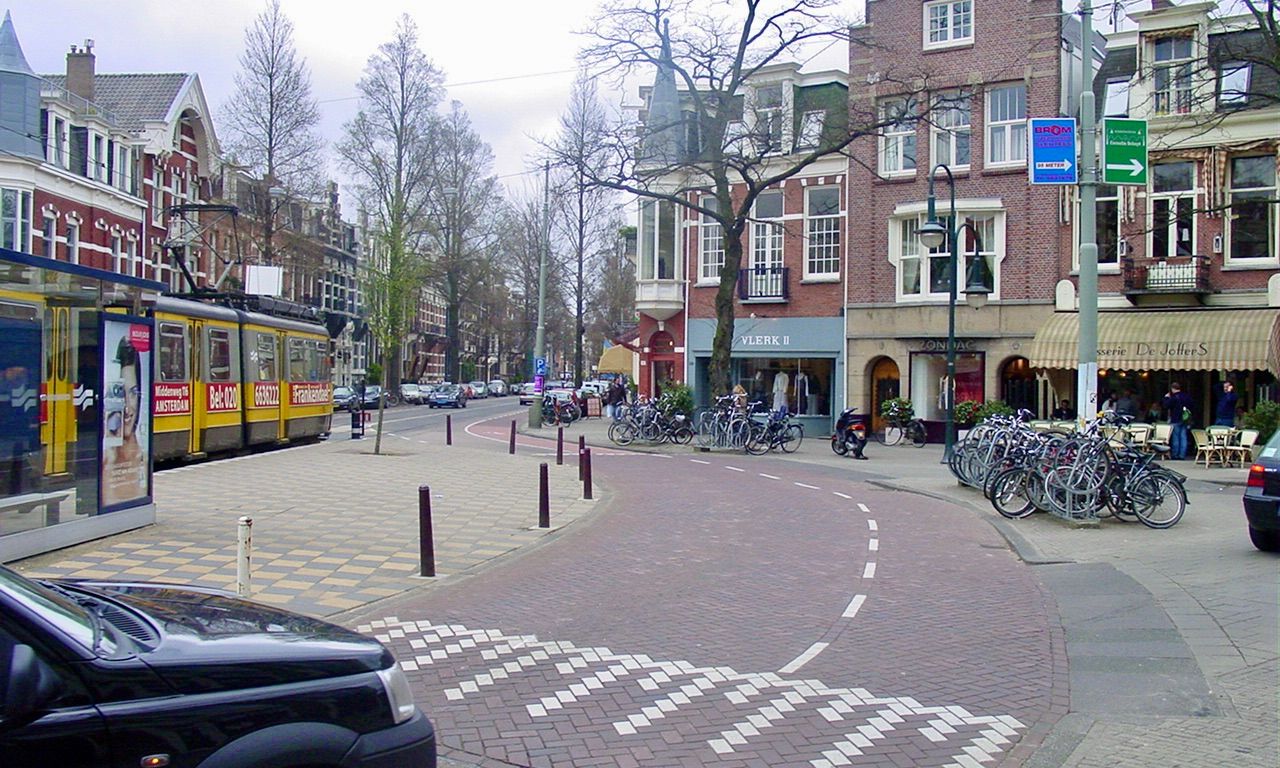
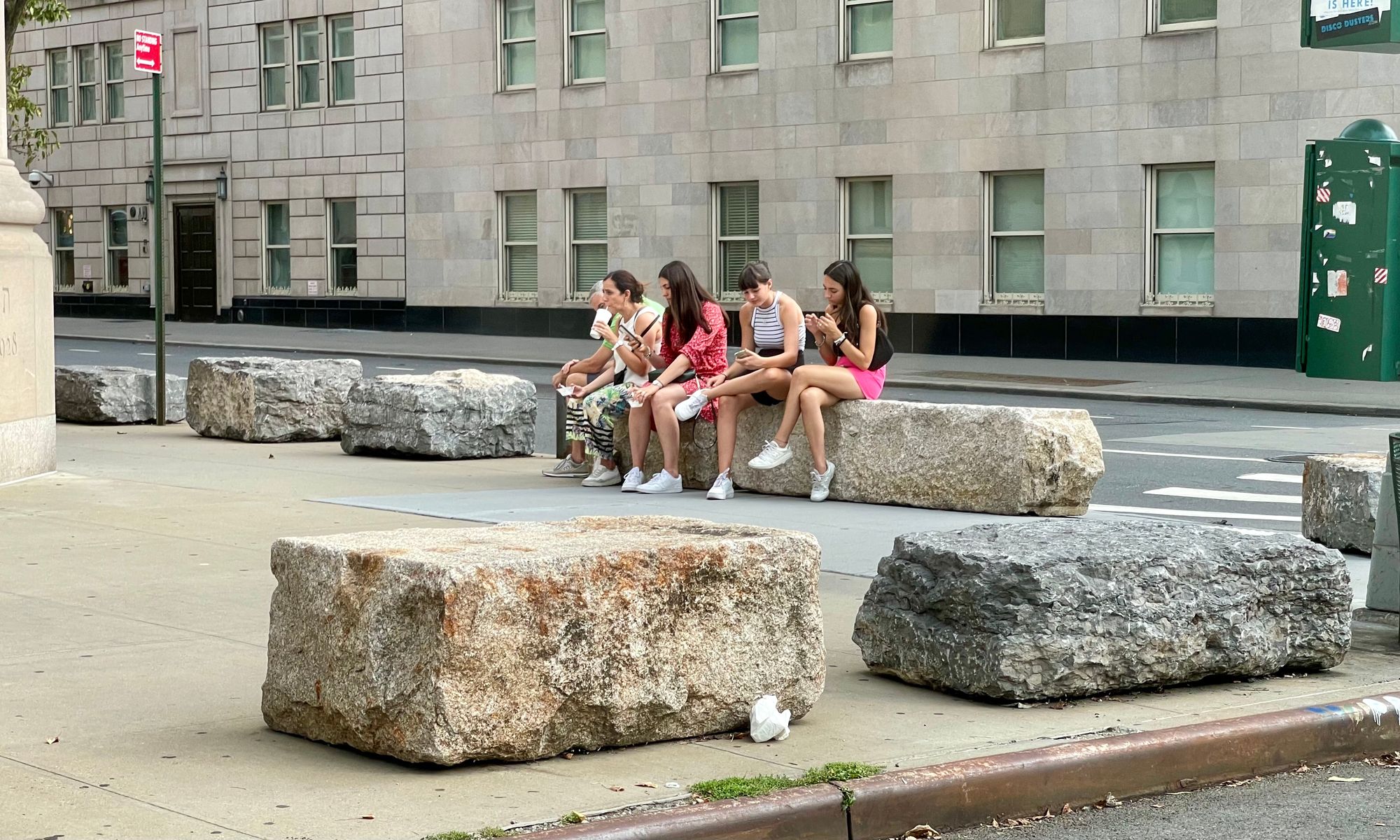
Around a synagogue in Midtown Manhattan
Takeaways
Small elements can change the character of a street, an intersection, or a crosswalk and turn it into a place that attracts certain behaviors. Bollards are one of the simplest of these elements but nonetheless add social life to what might otherwise be a normal, mundane crosswalk.
- When done right, bollards can be multifunctional: They separate vehicle traffic from pedestrian activities while also supporting social life.
- Bollards are often used as seating, places to lean on, and hubs for people-watching.
- Bollards make space for social life, including spillover effects from dynamic storefronts and cafés. This is especially true on corners and at intersections.
- Bollards can "nudge" drivers towards better behavior around pedestrians, providing a visual cue to slow down or prevent parking in undesignated areas.
Related Articles
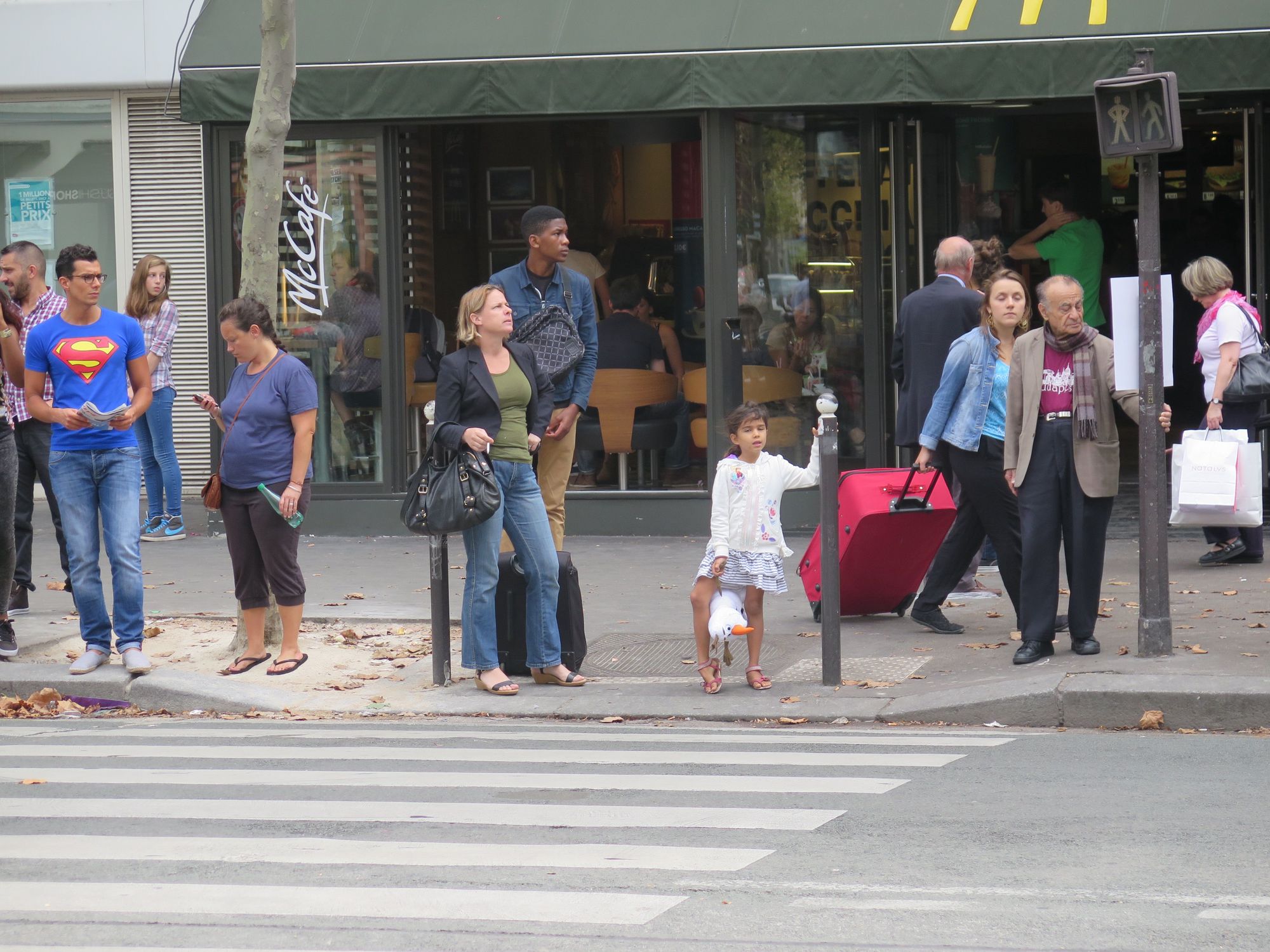

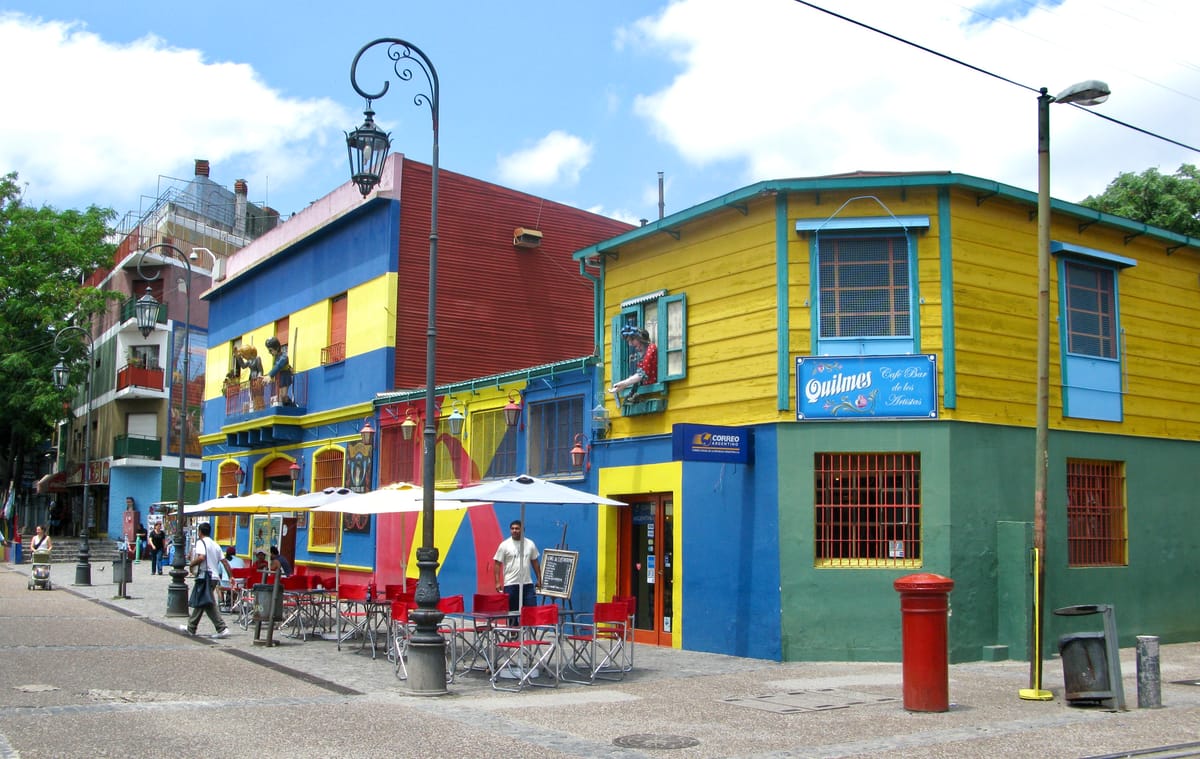
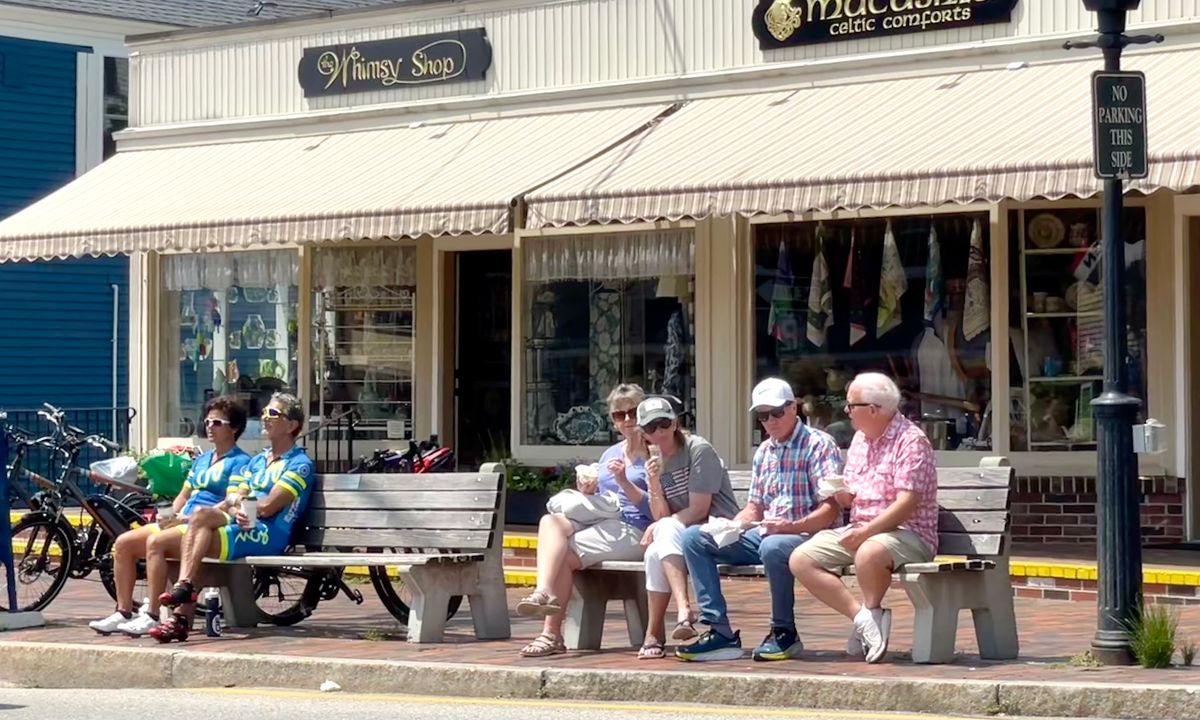
The Foundation and Future of the Placemaking Movement
